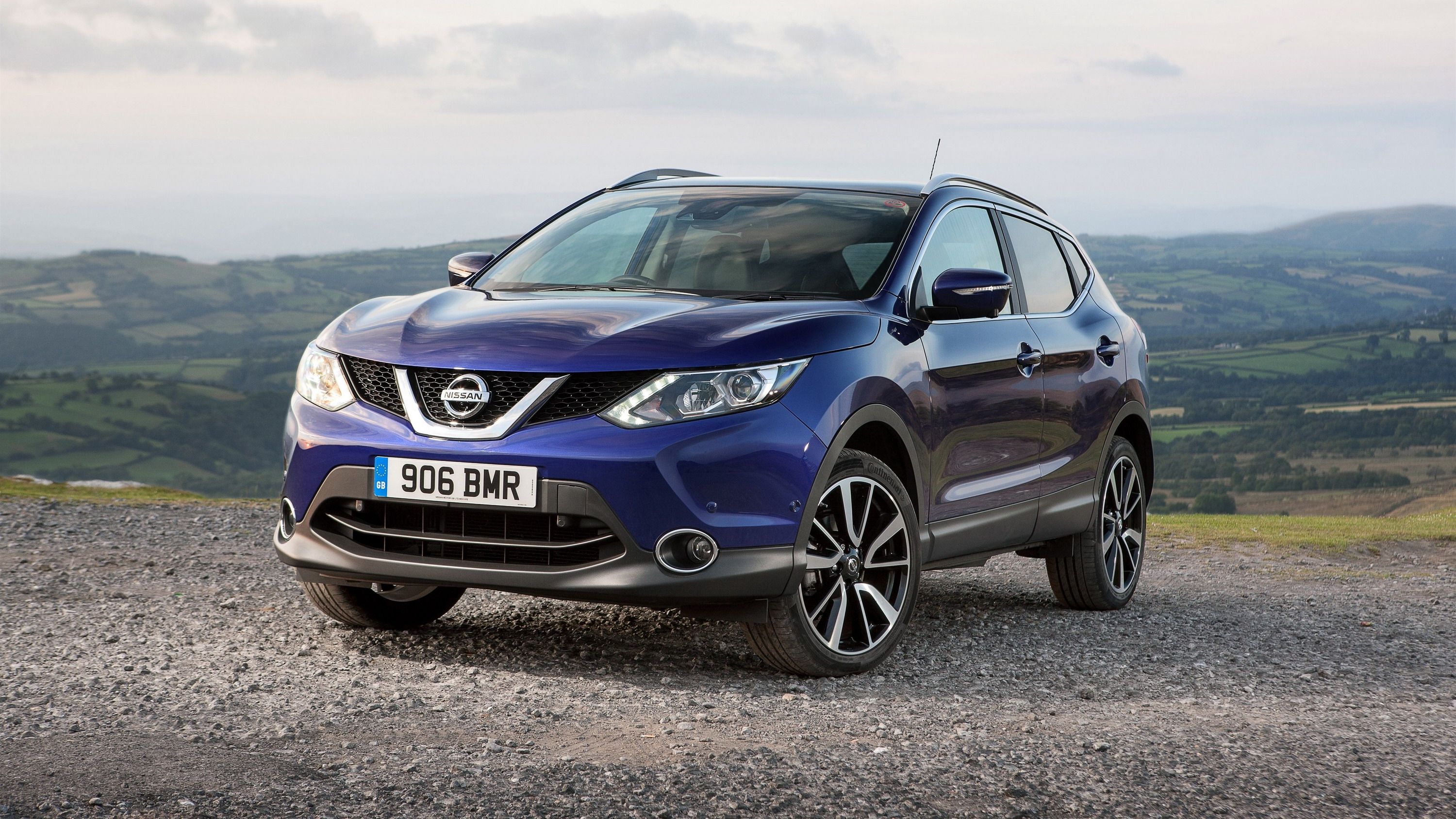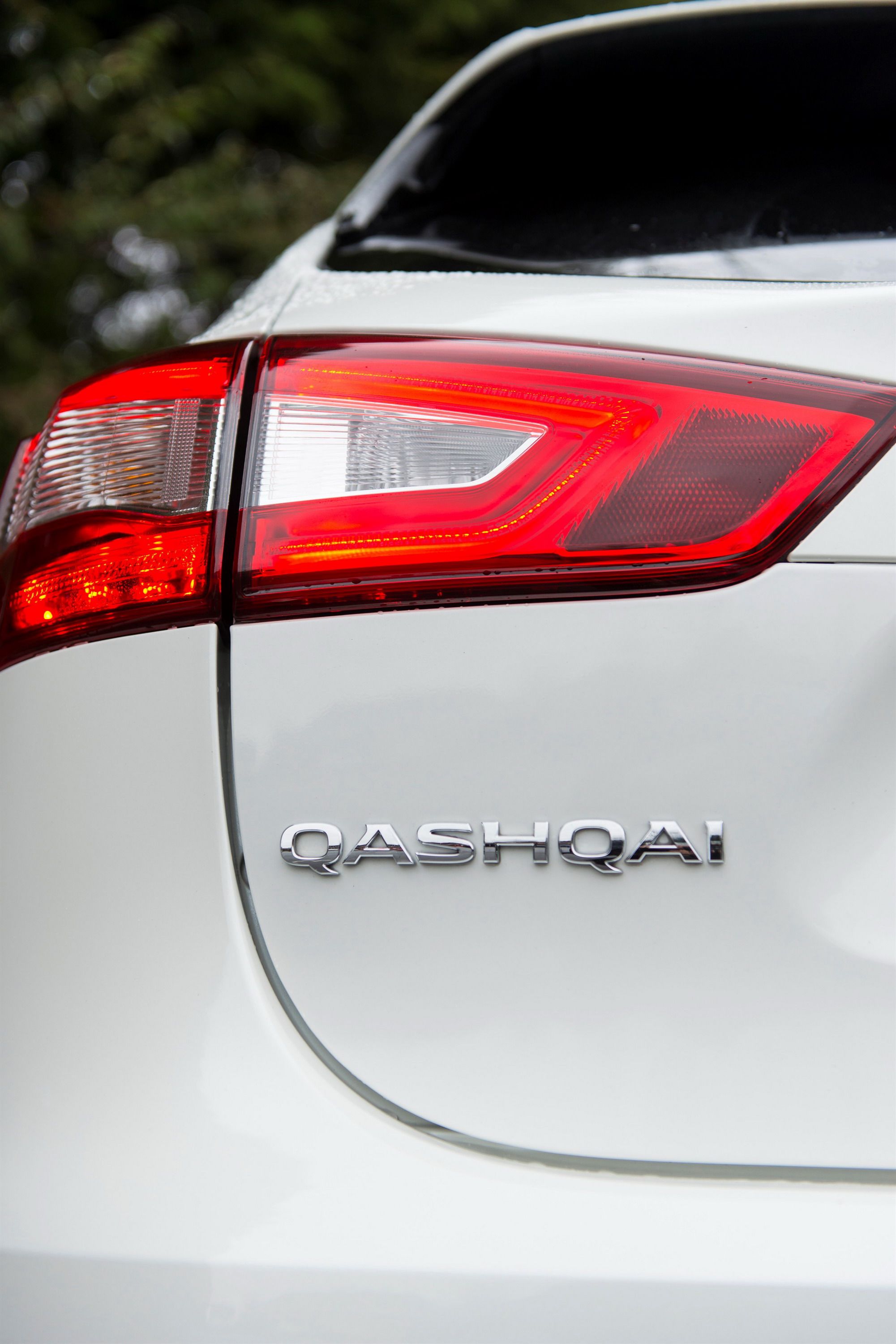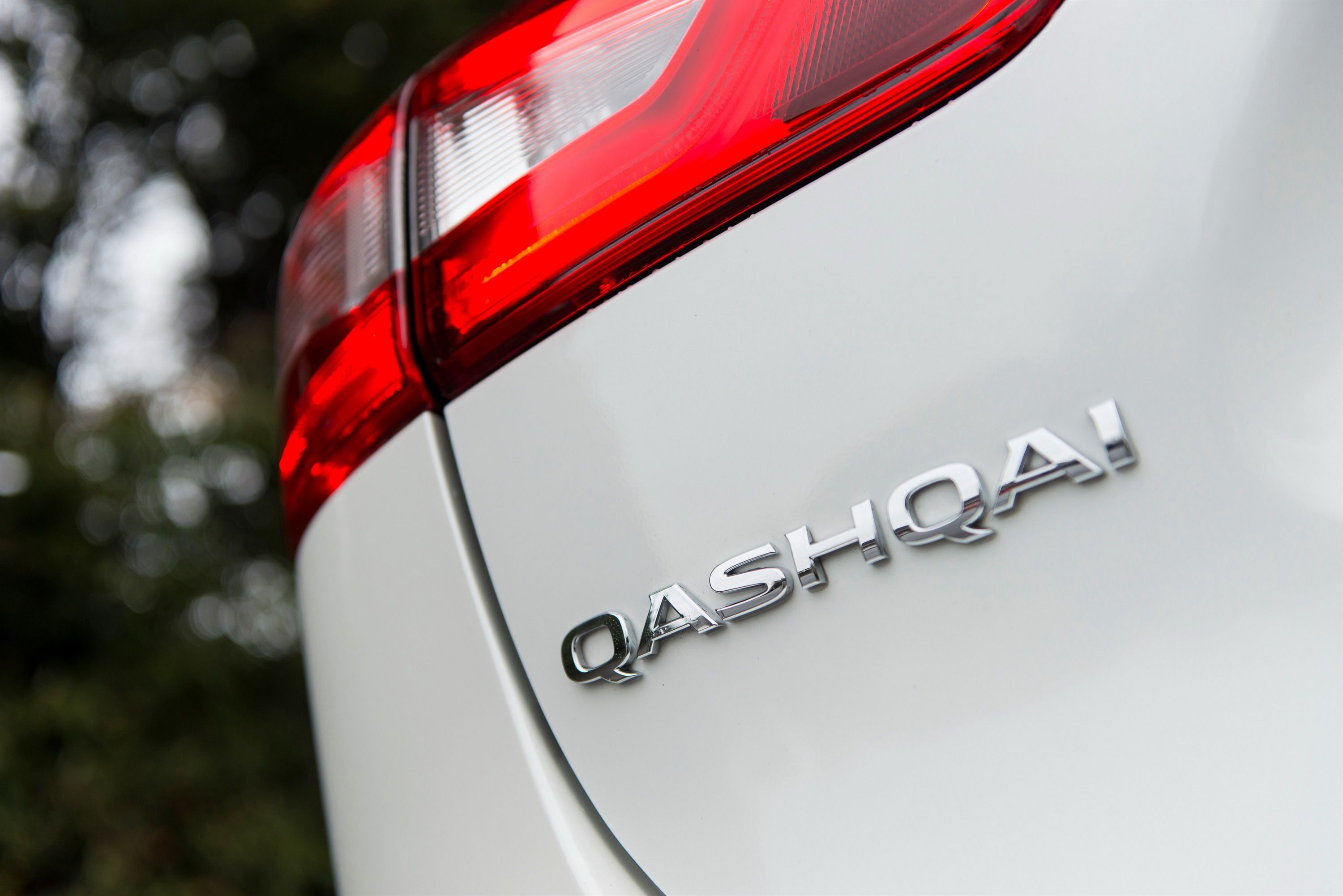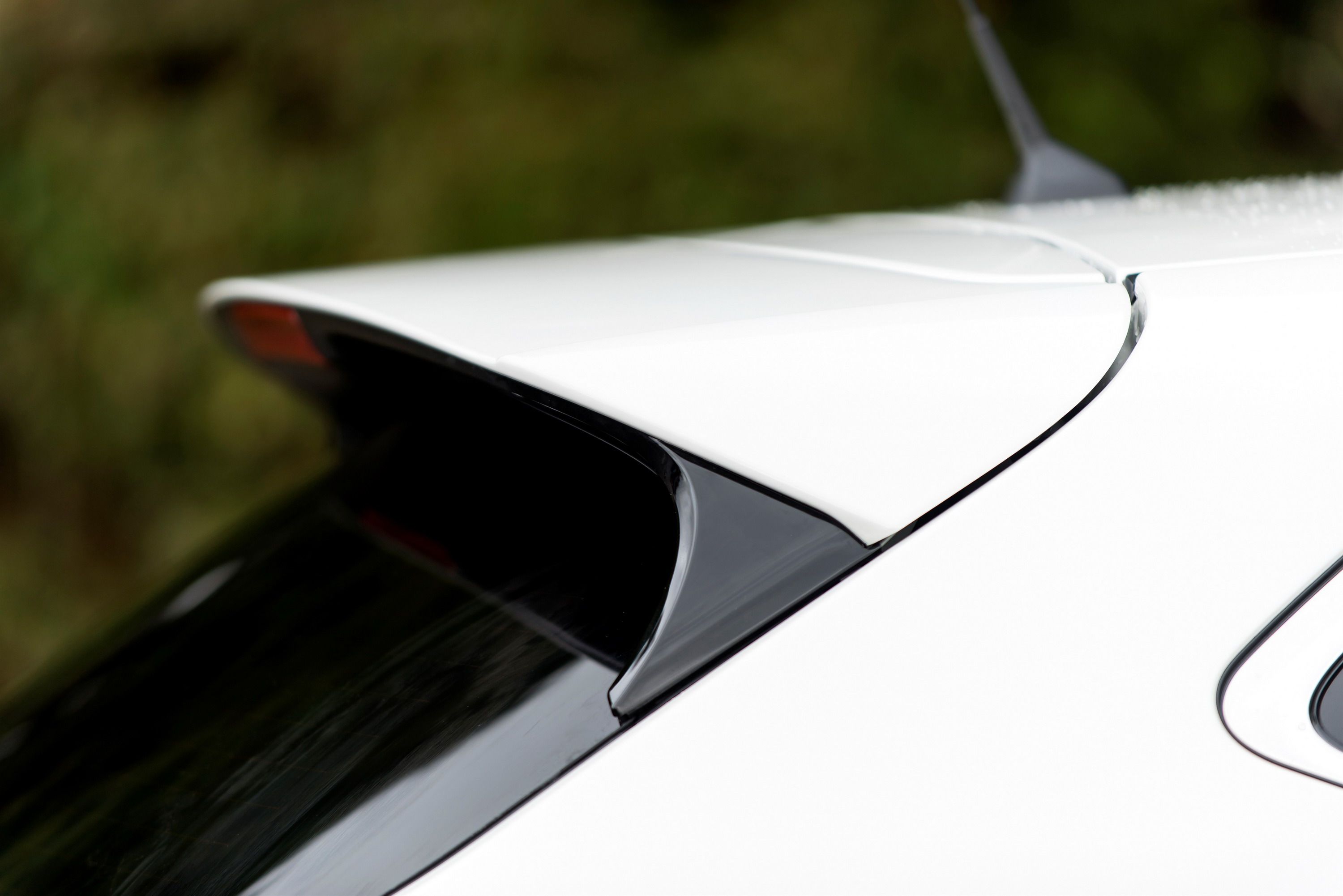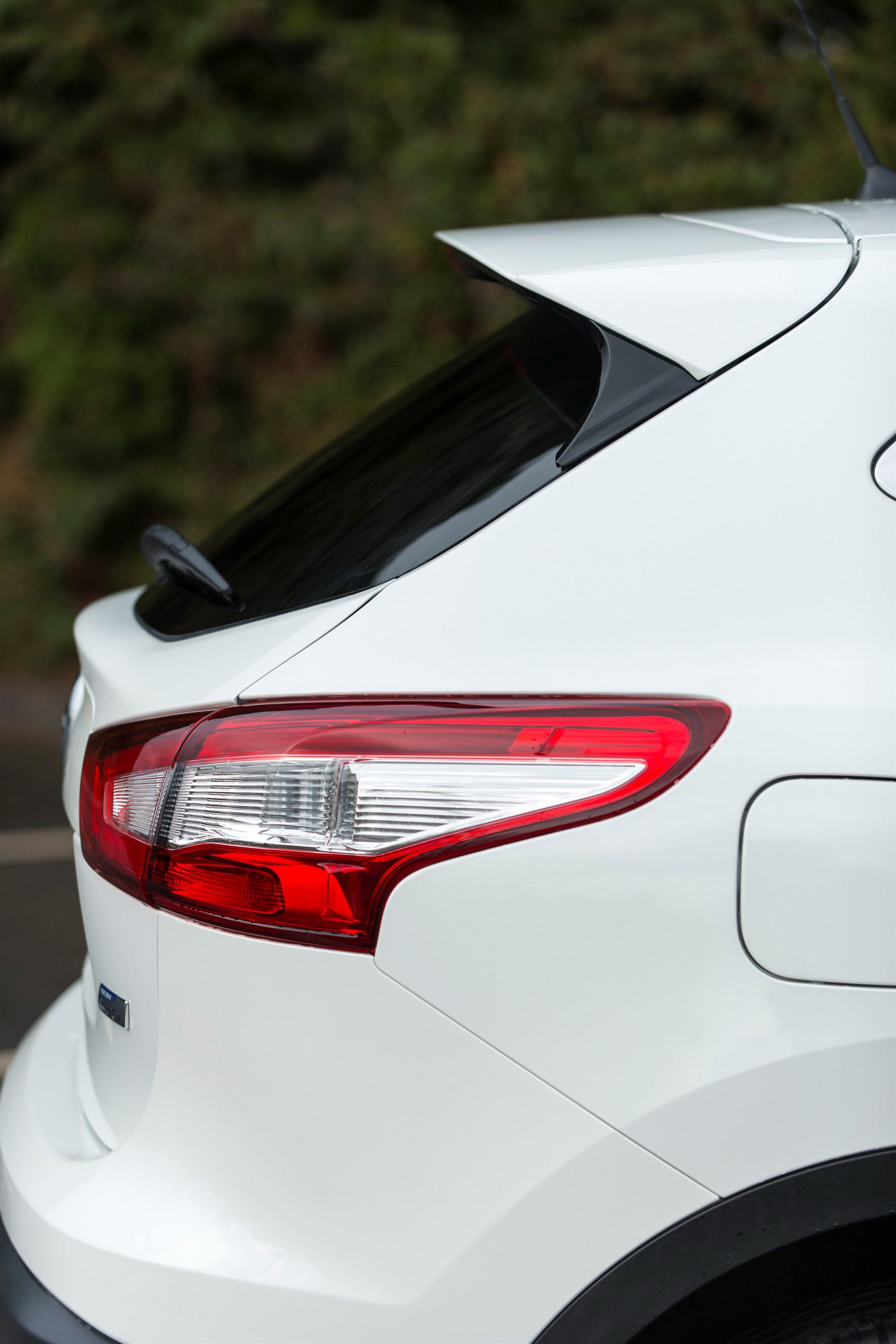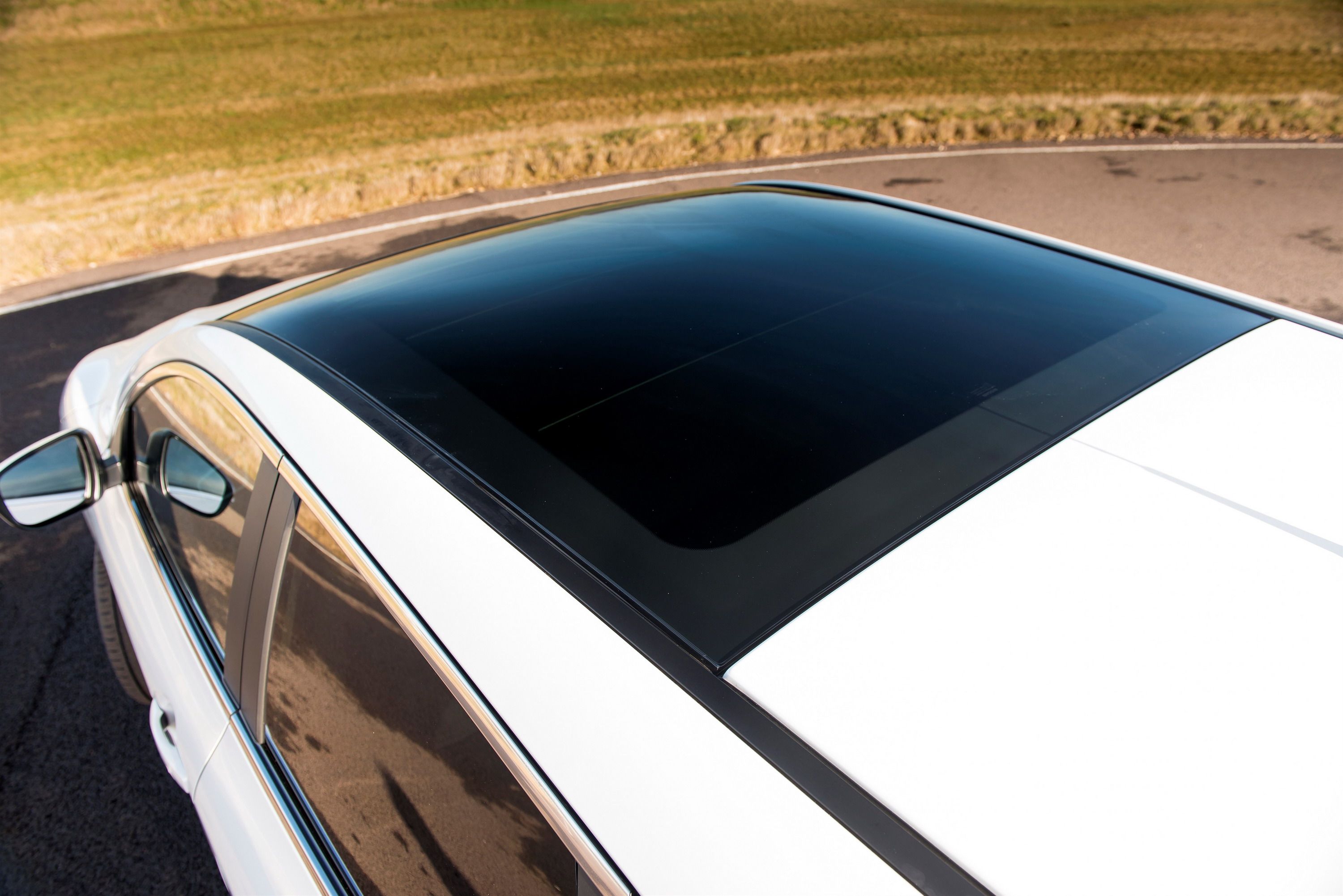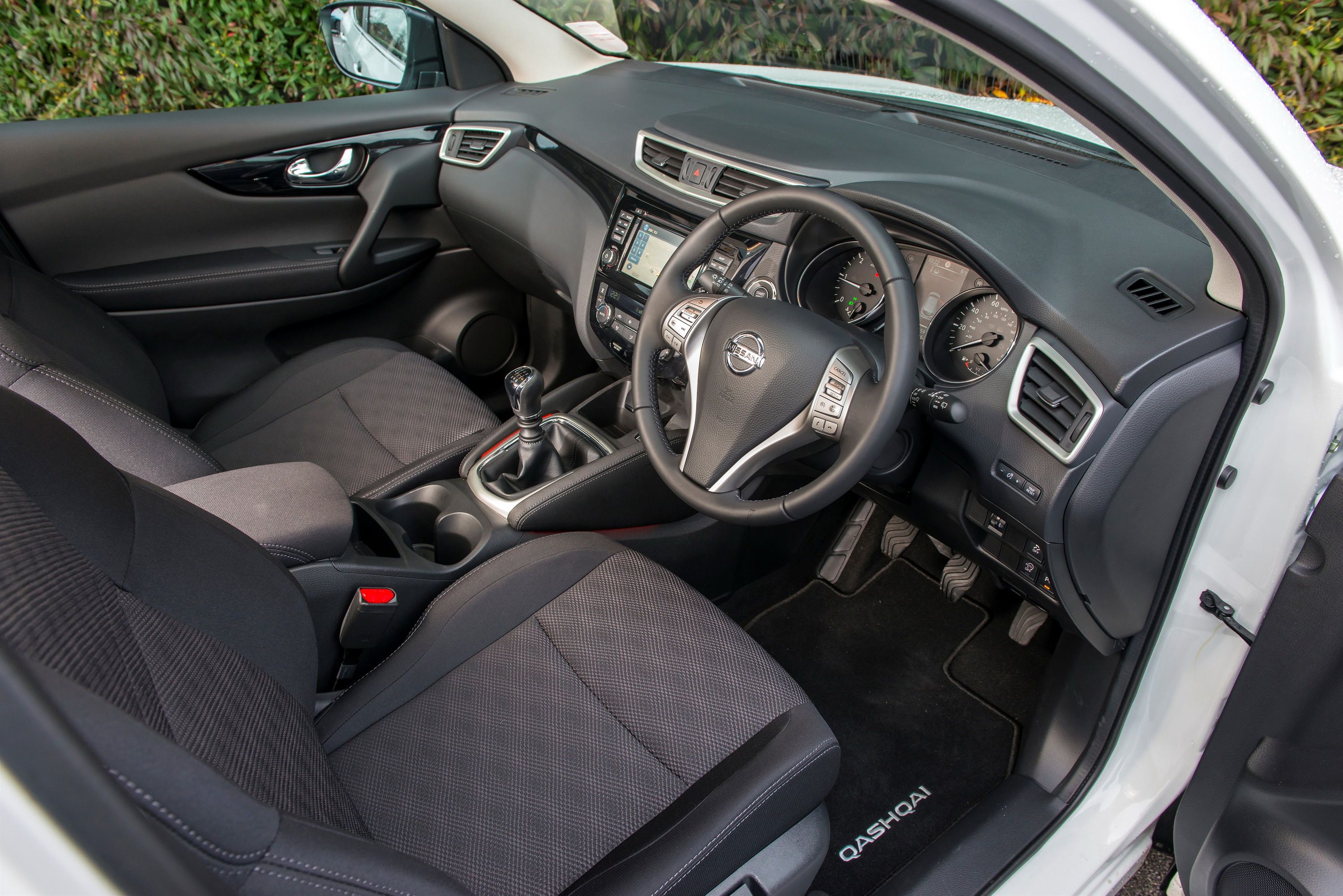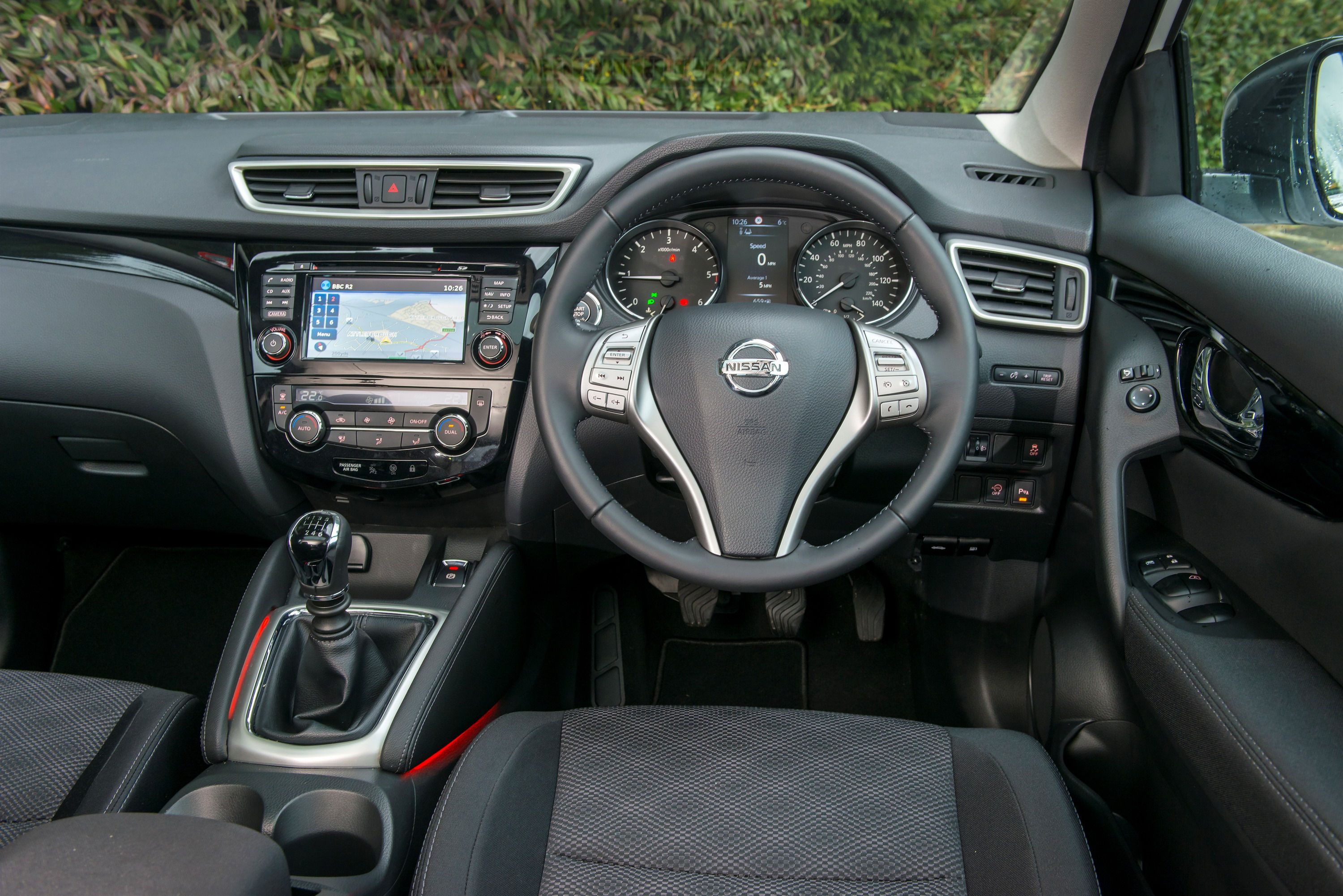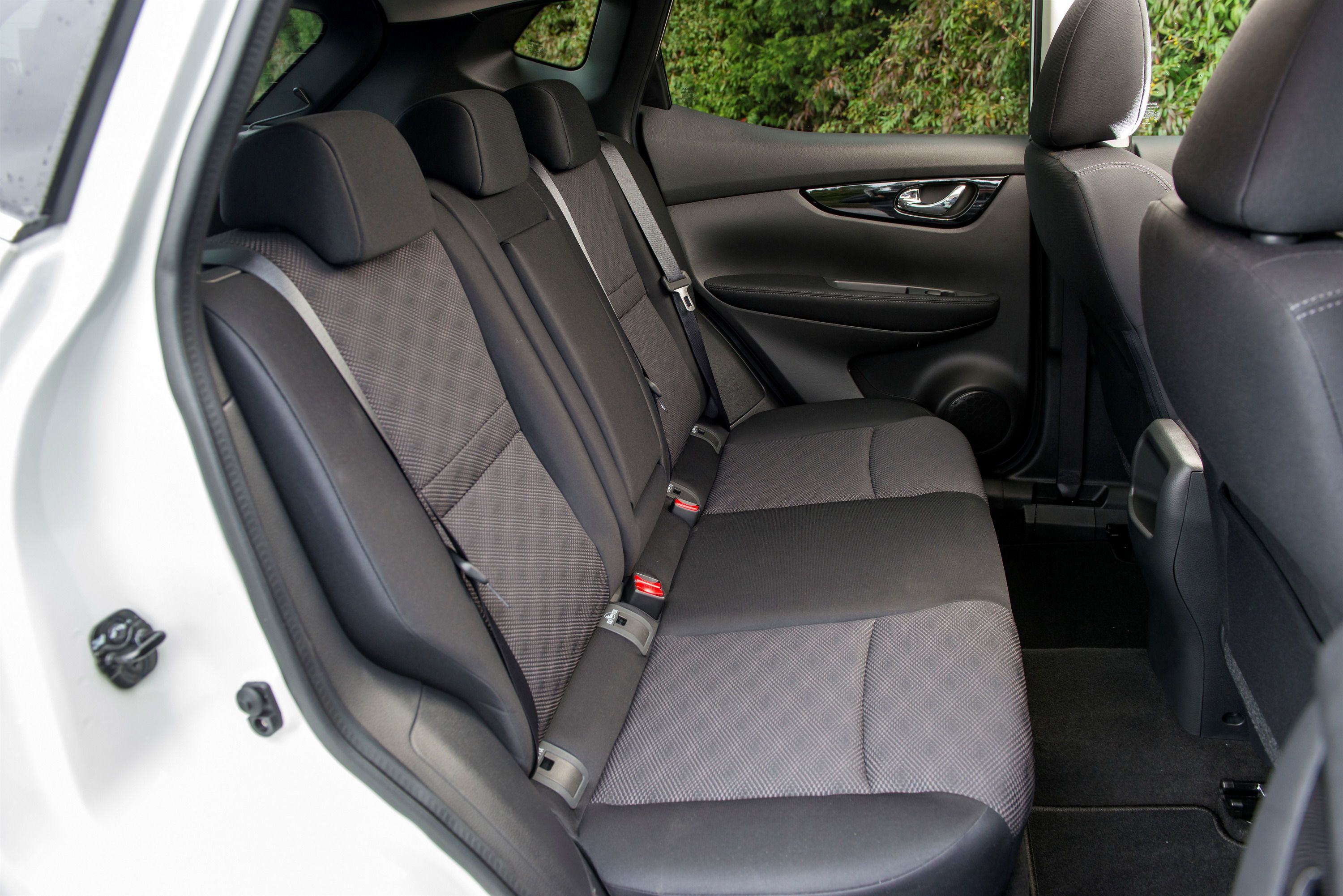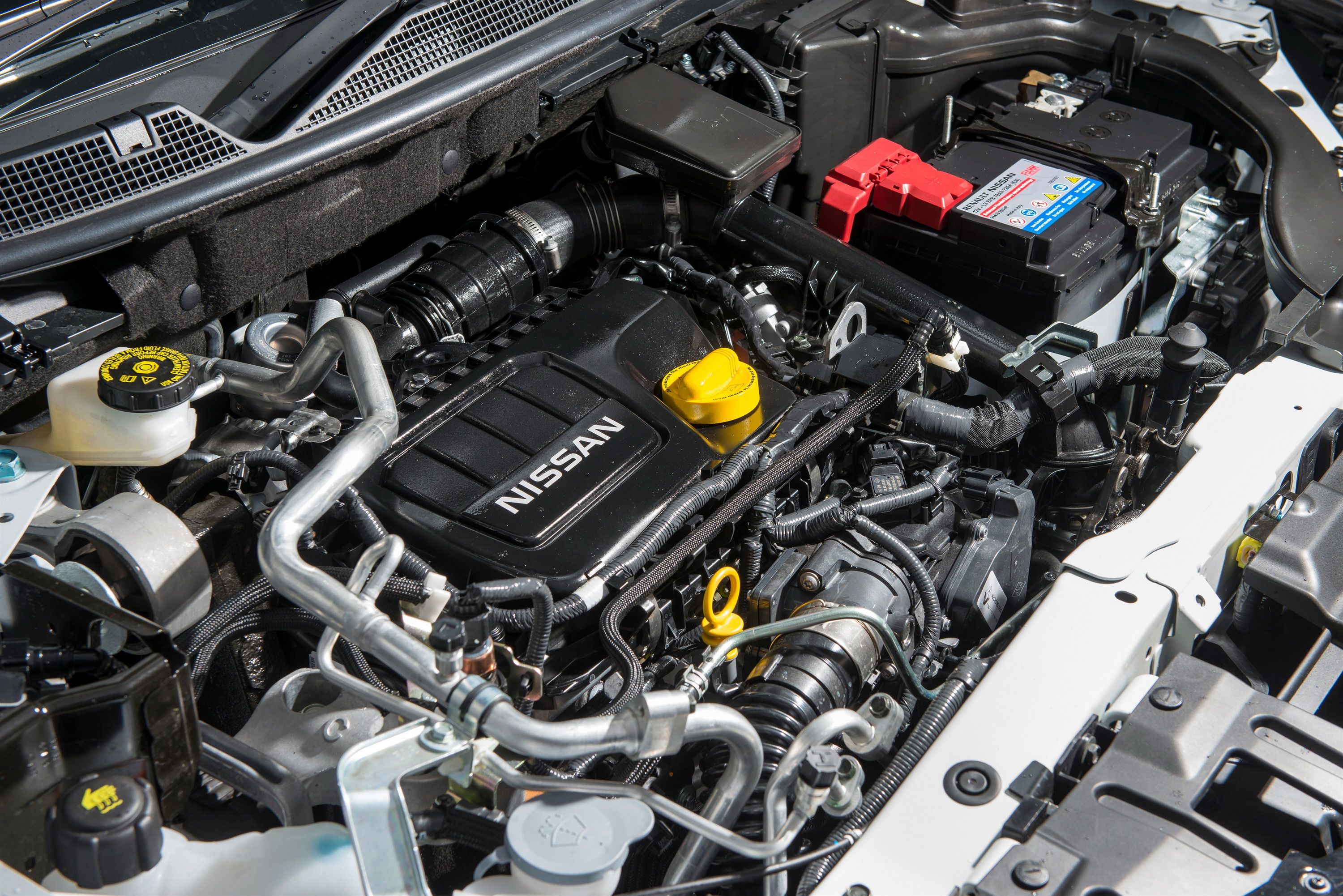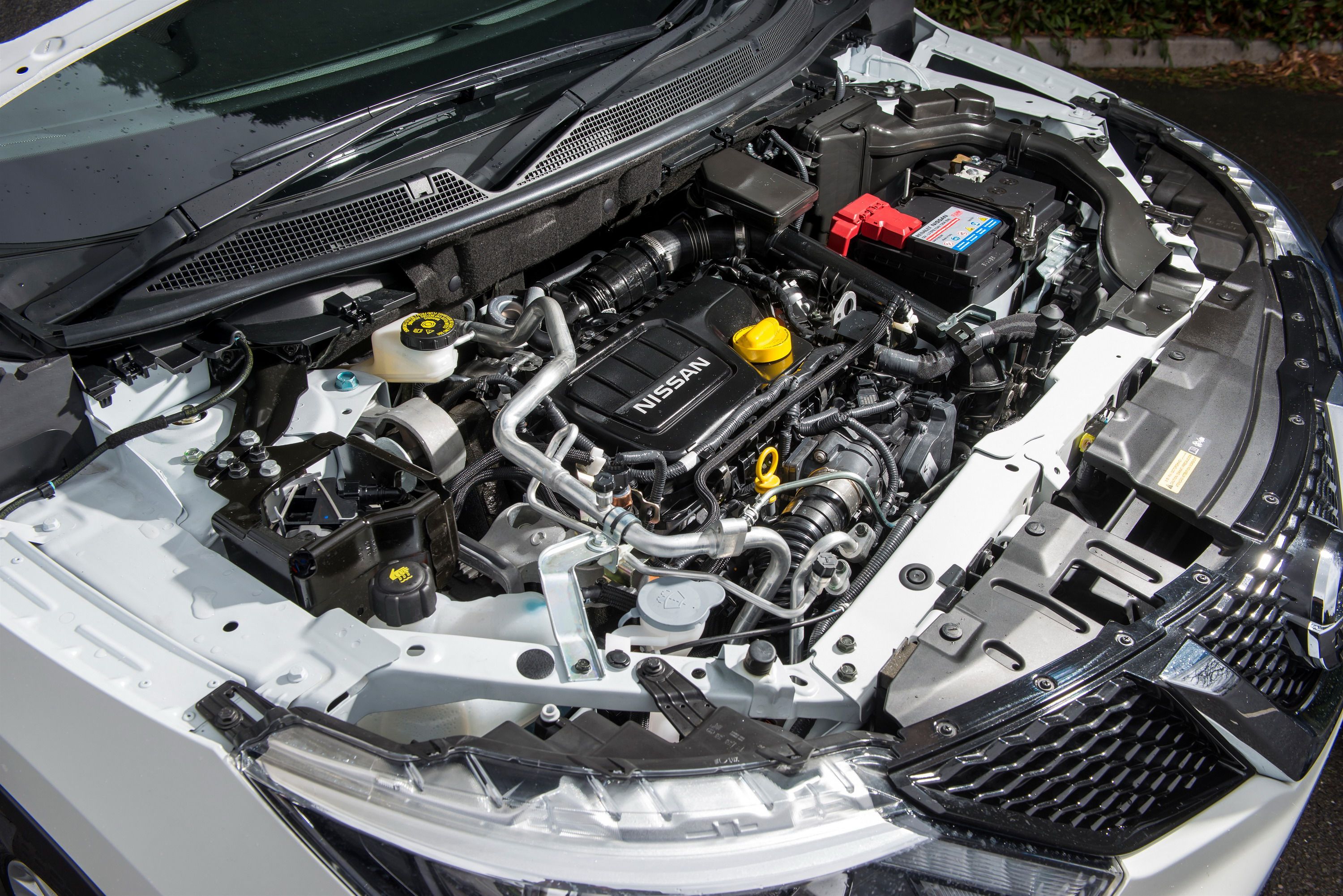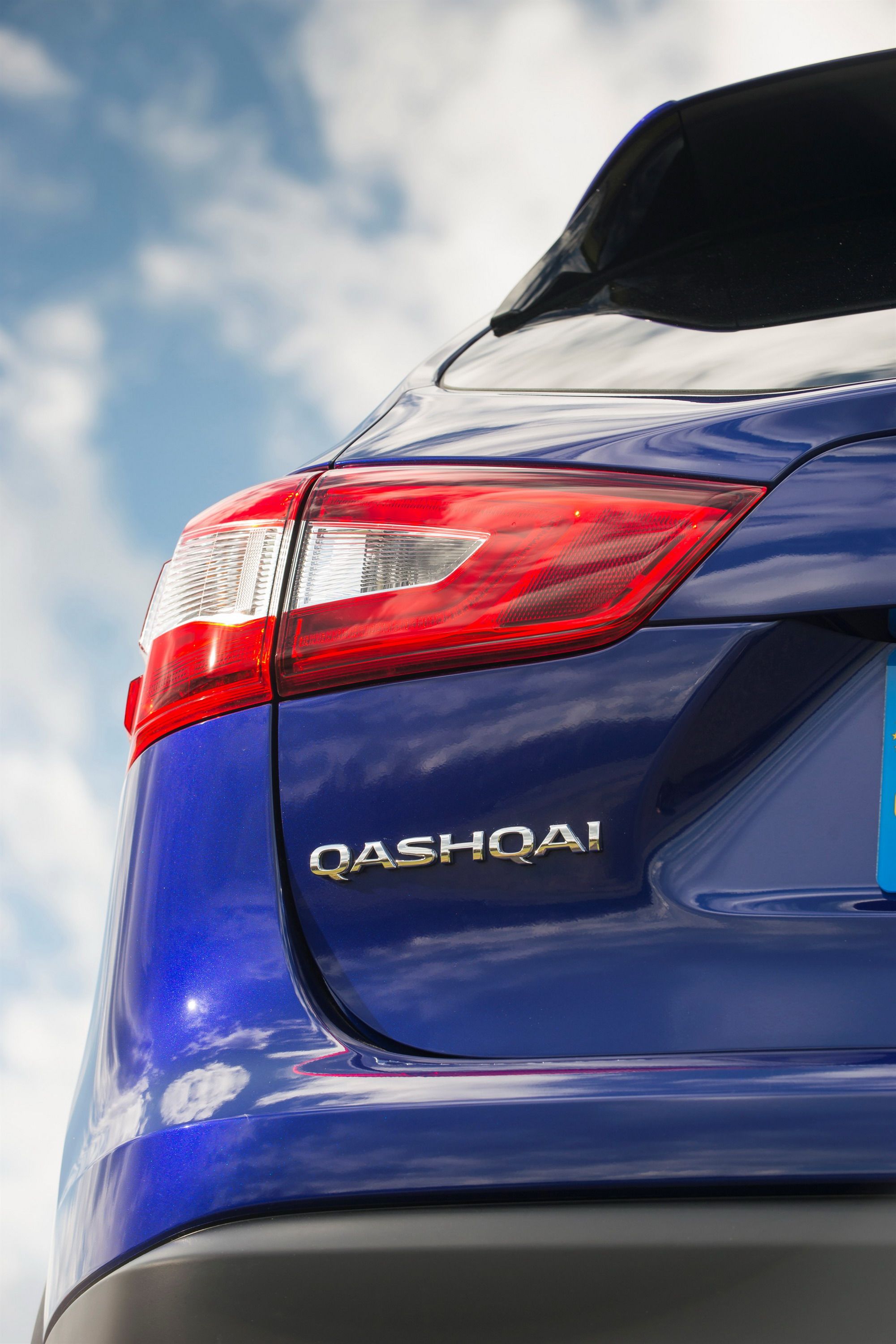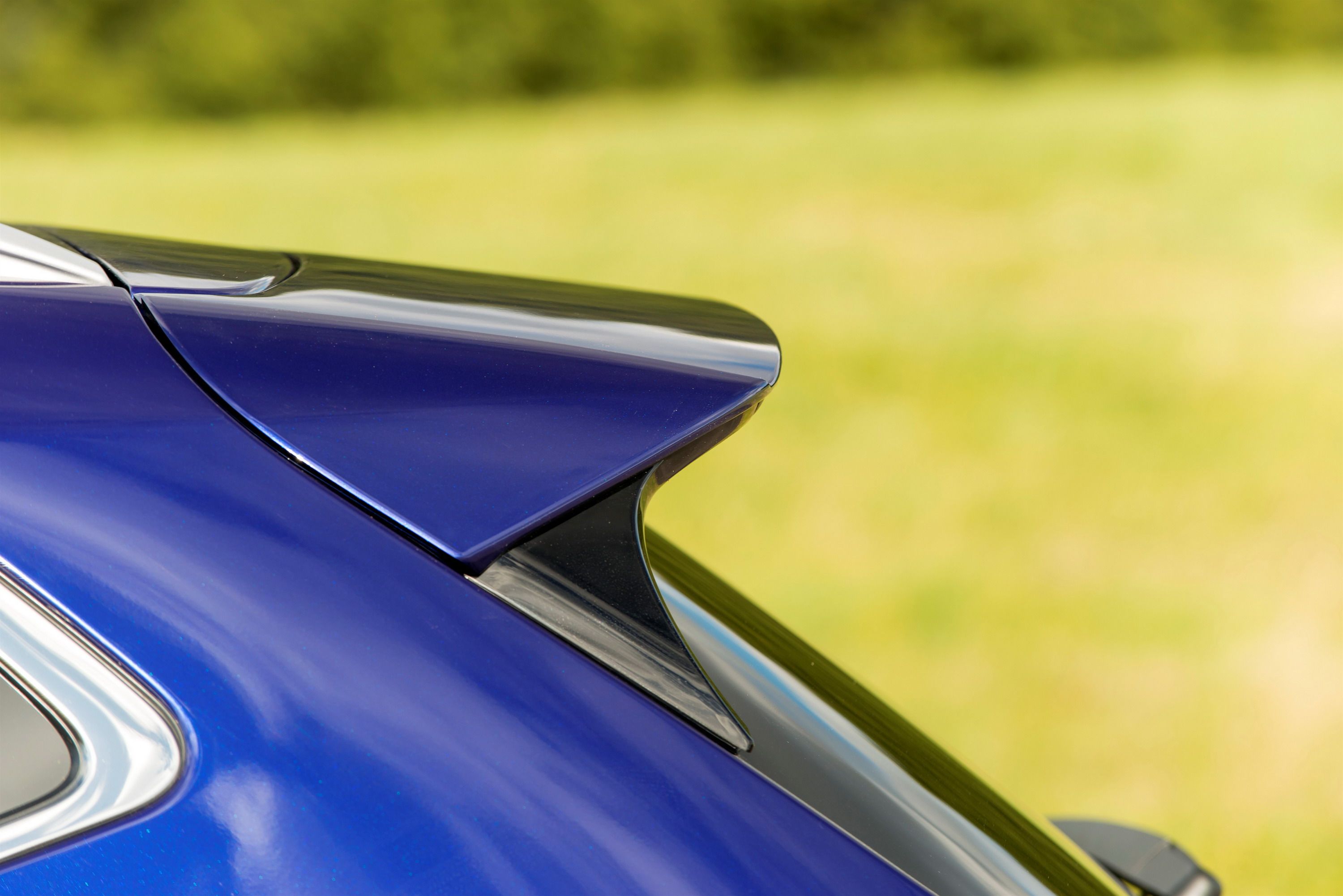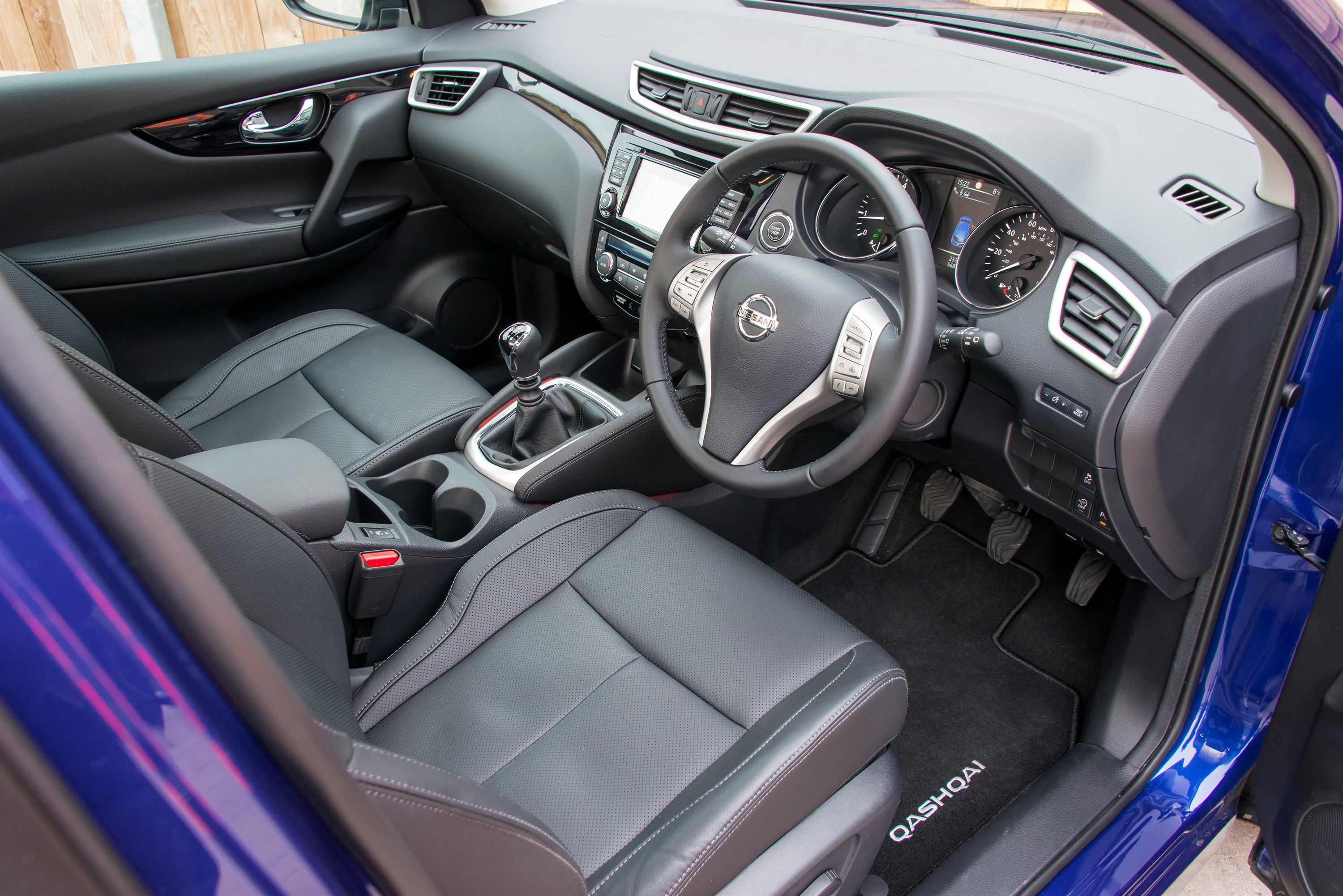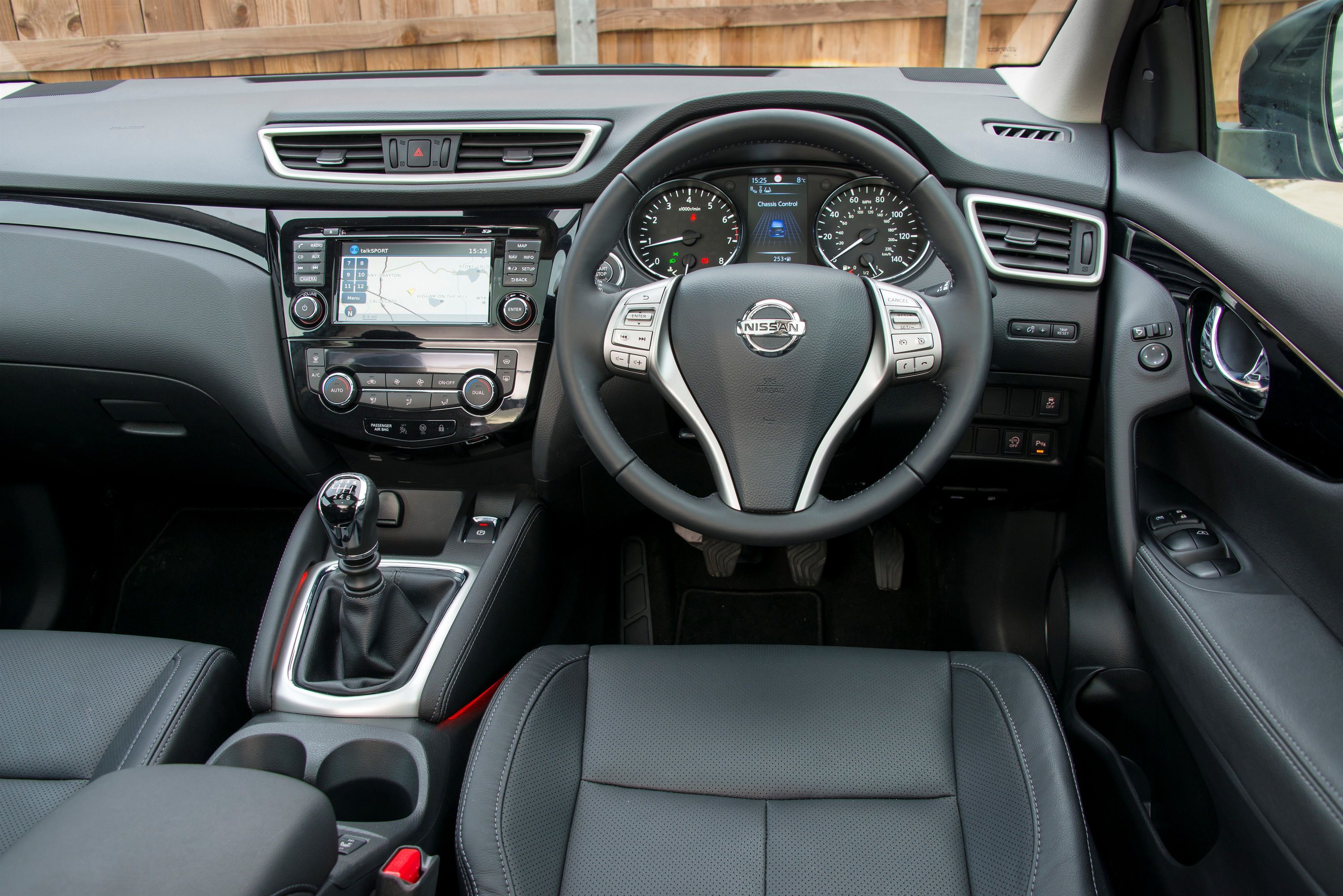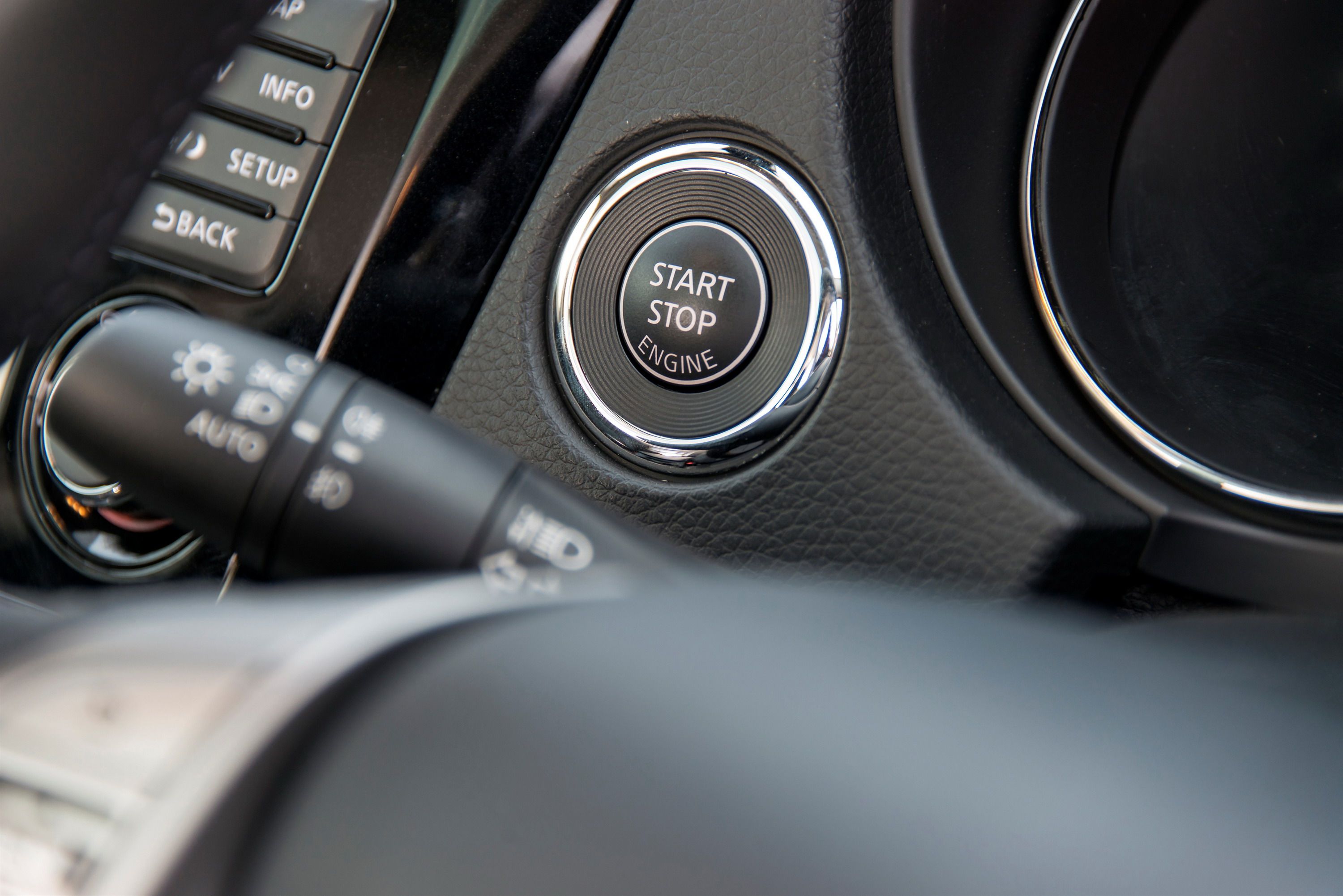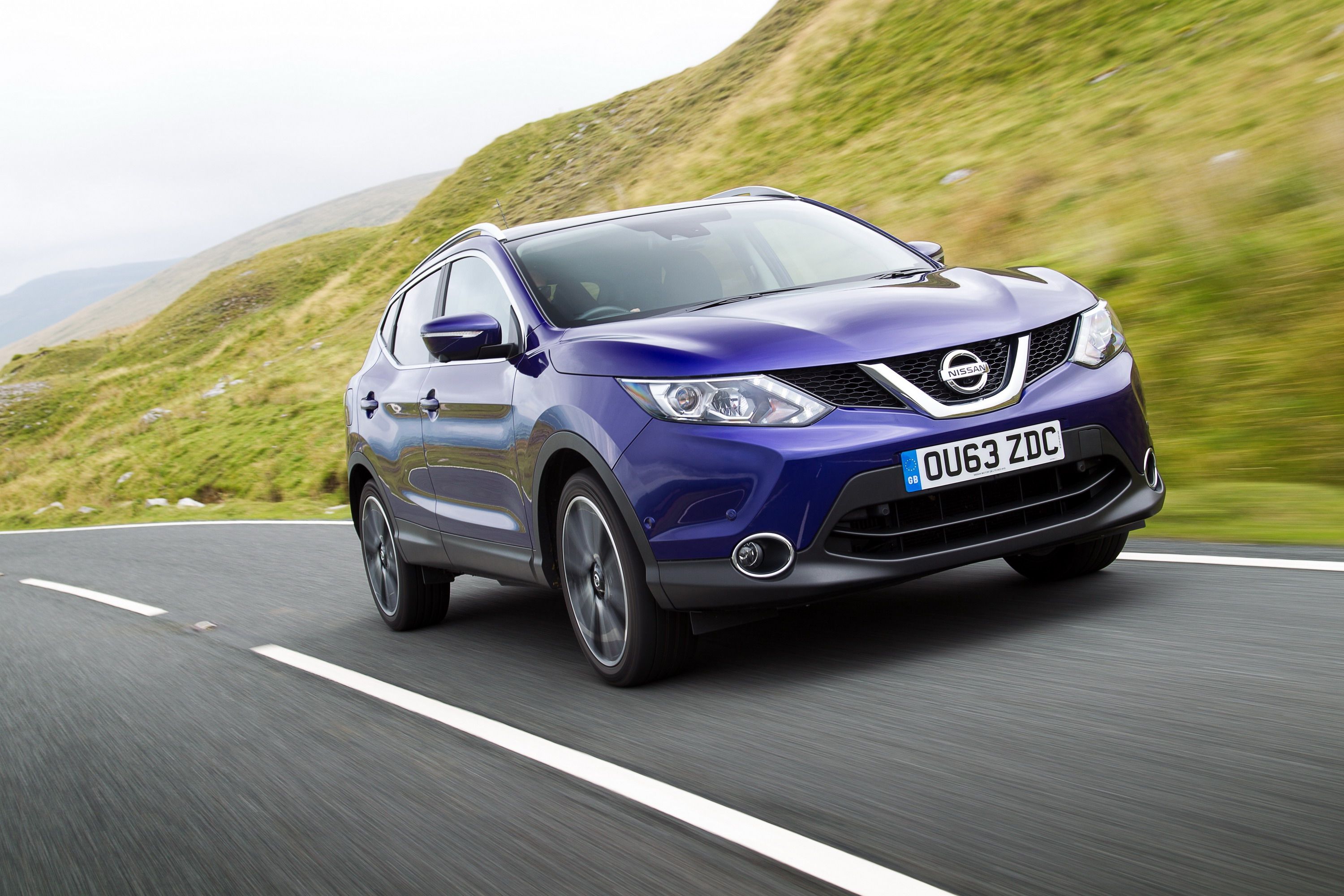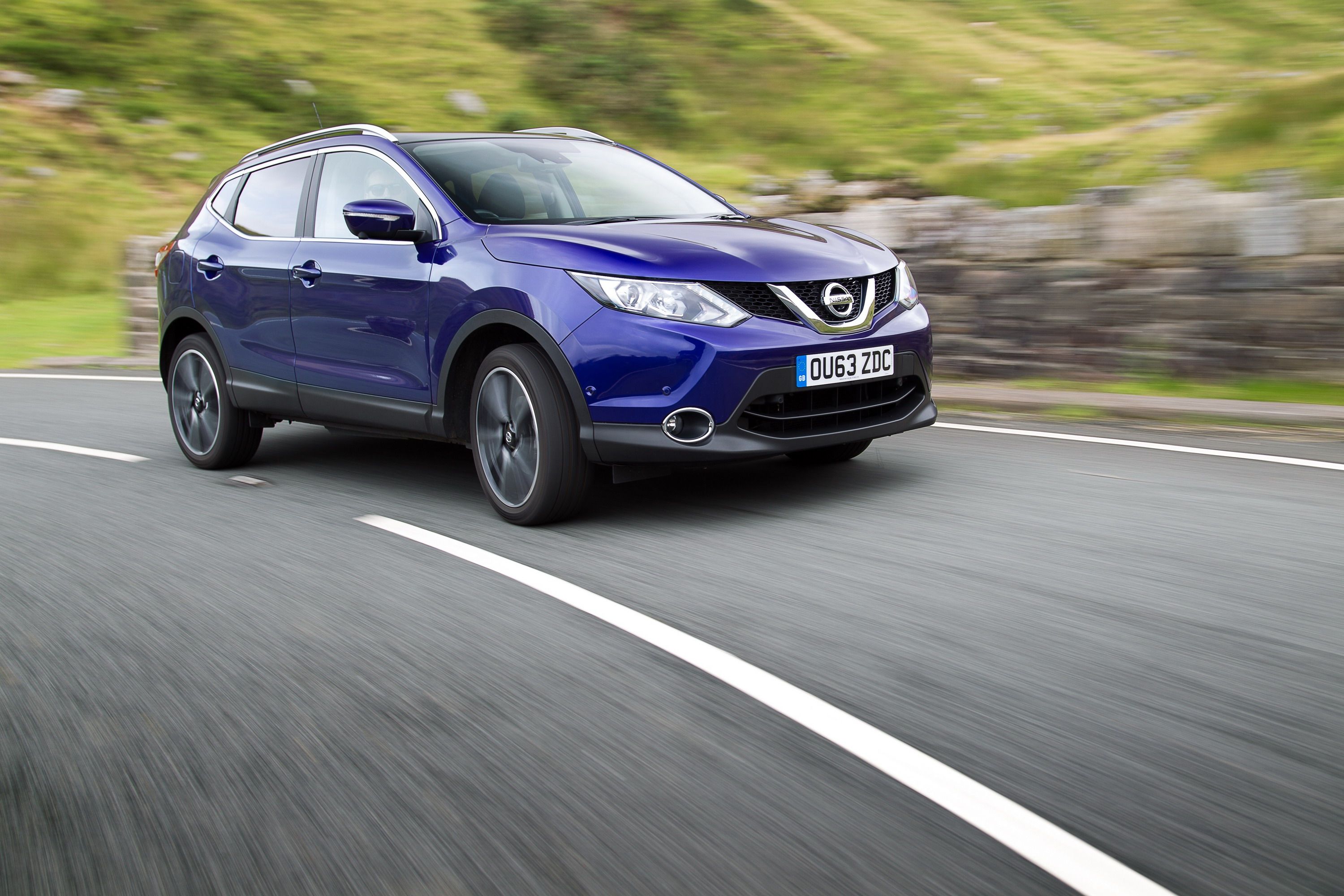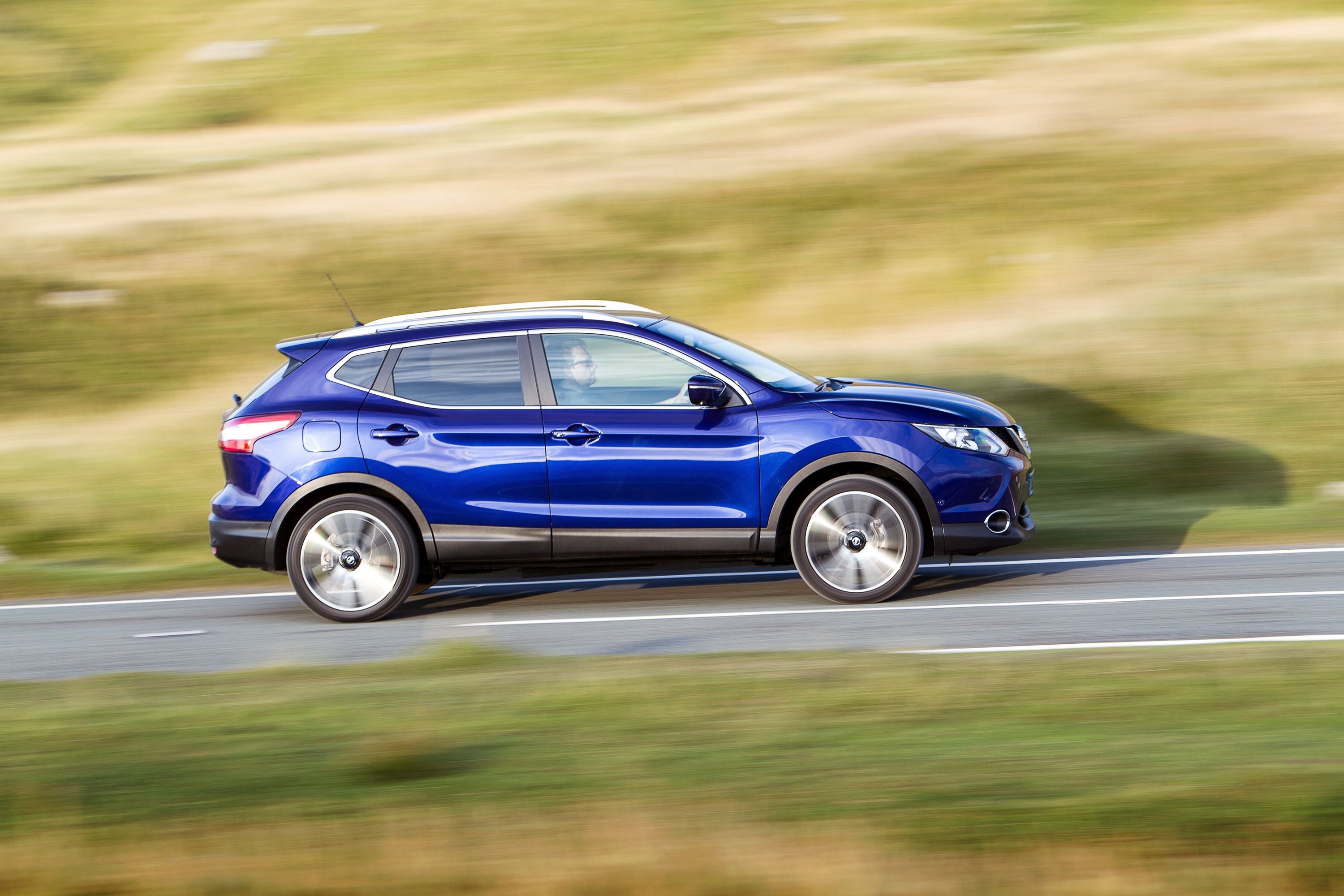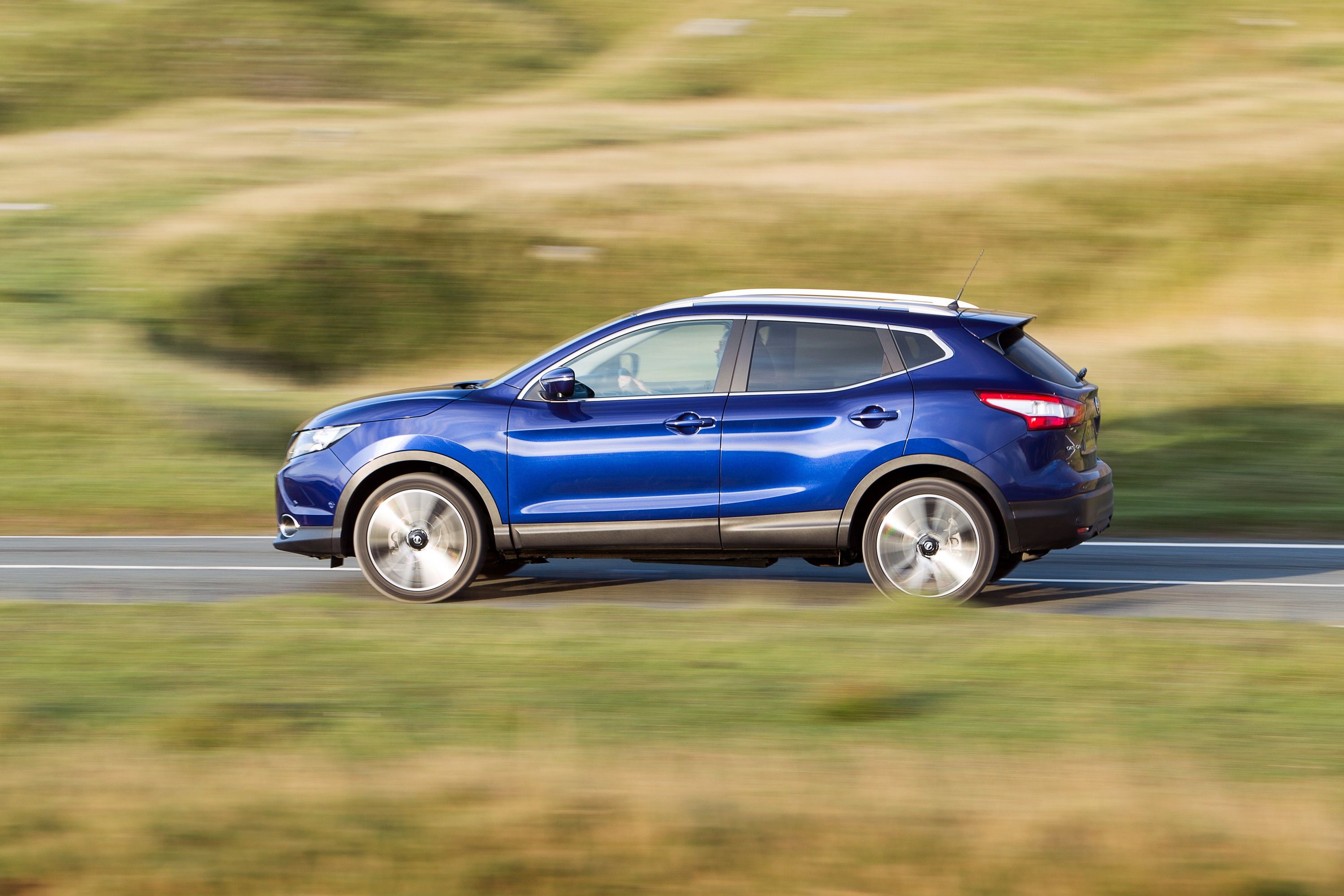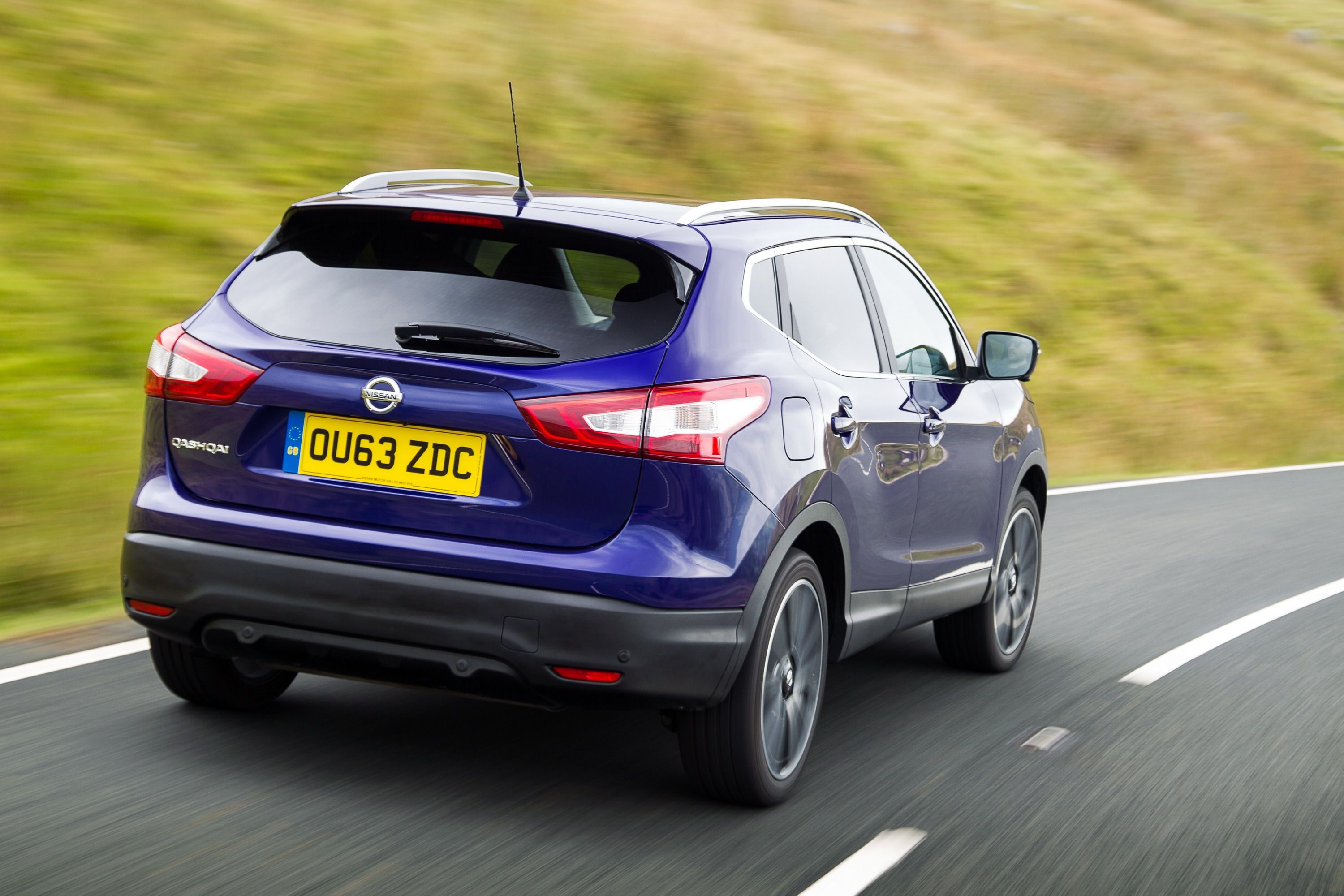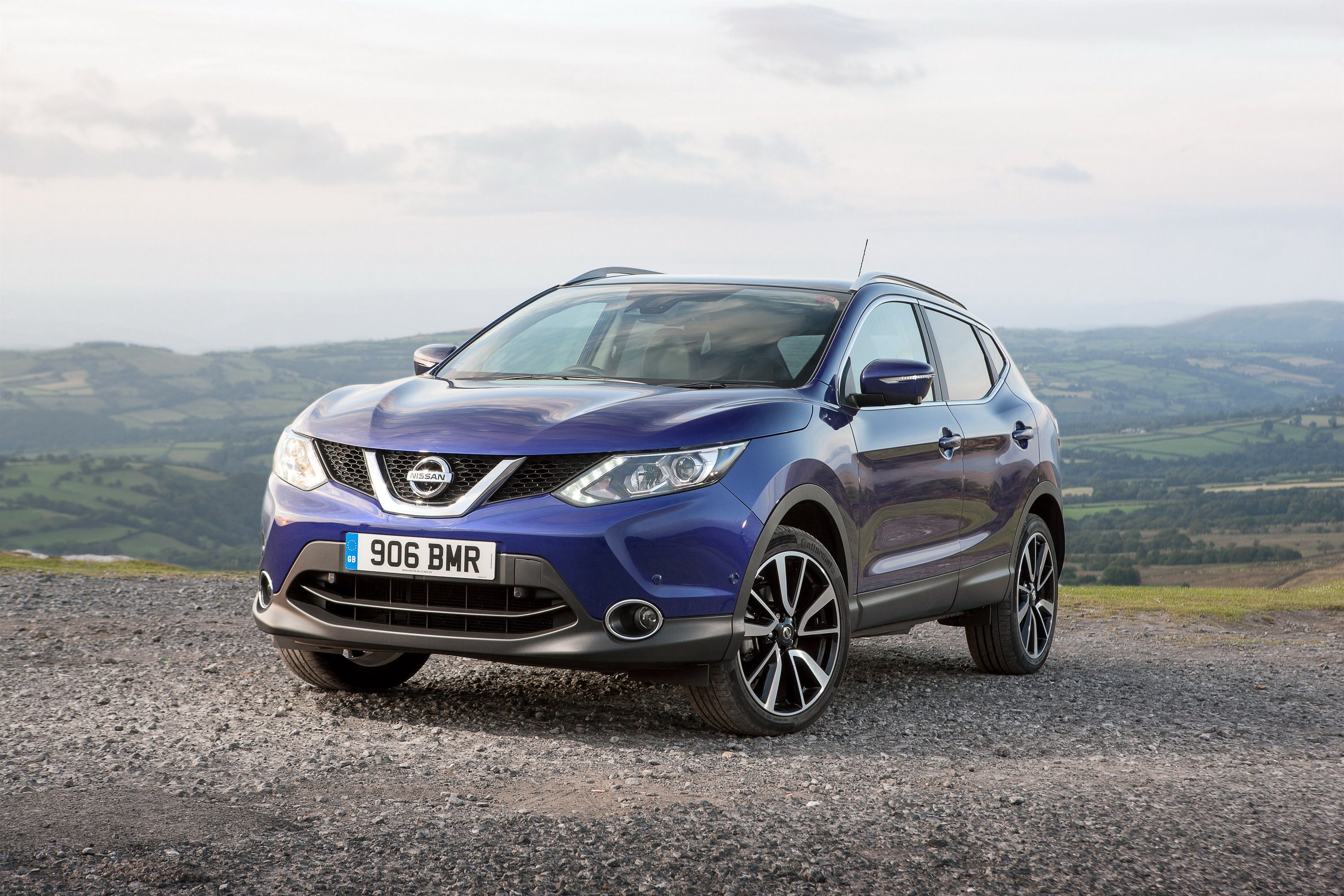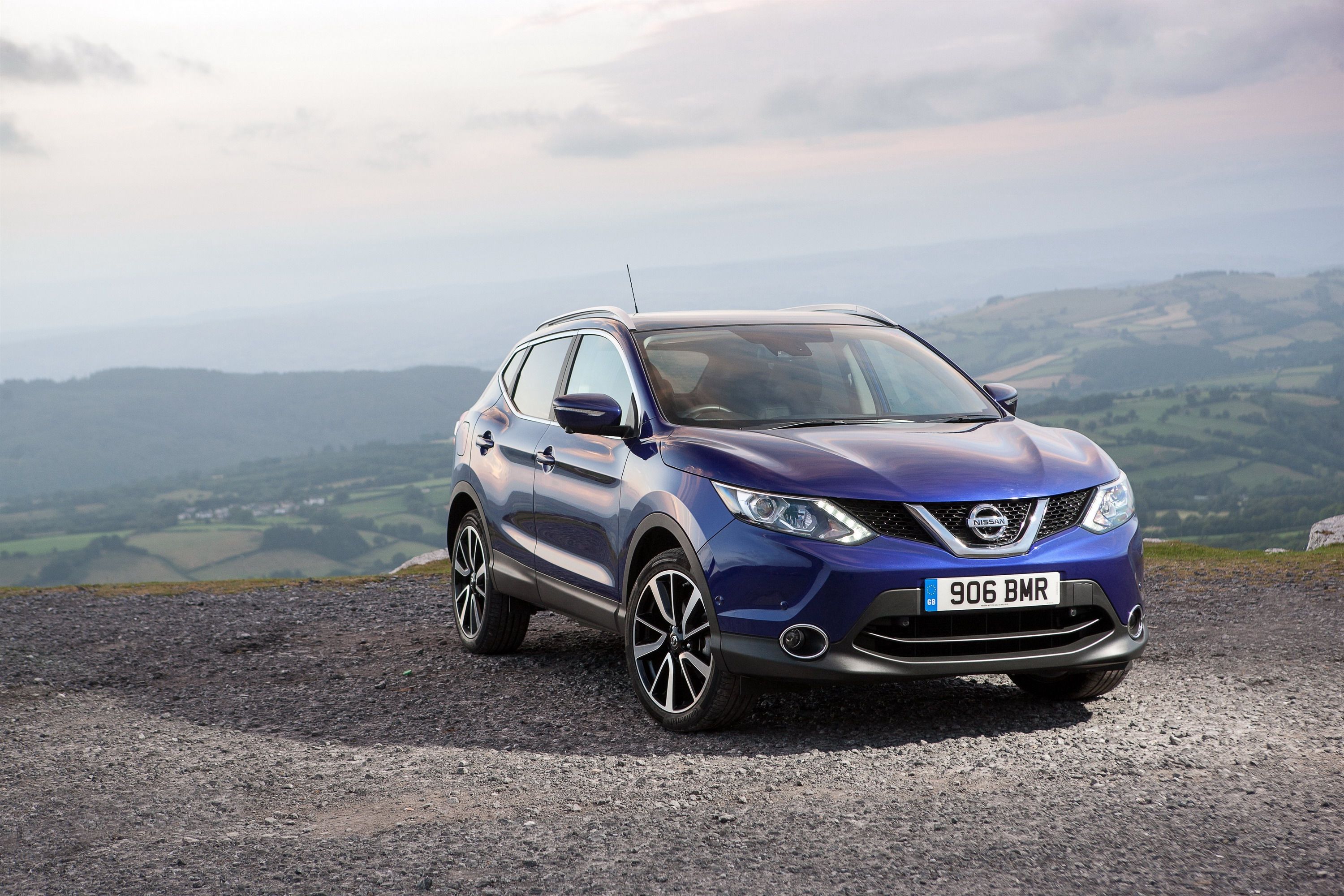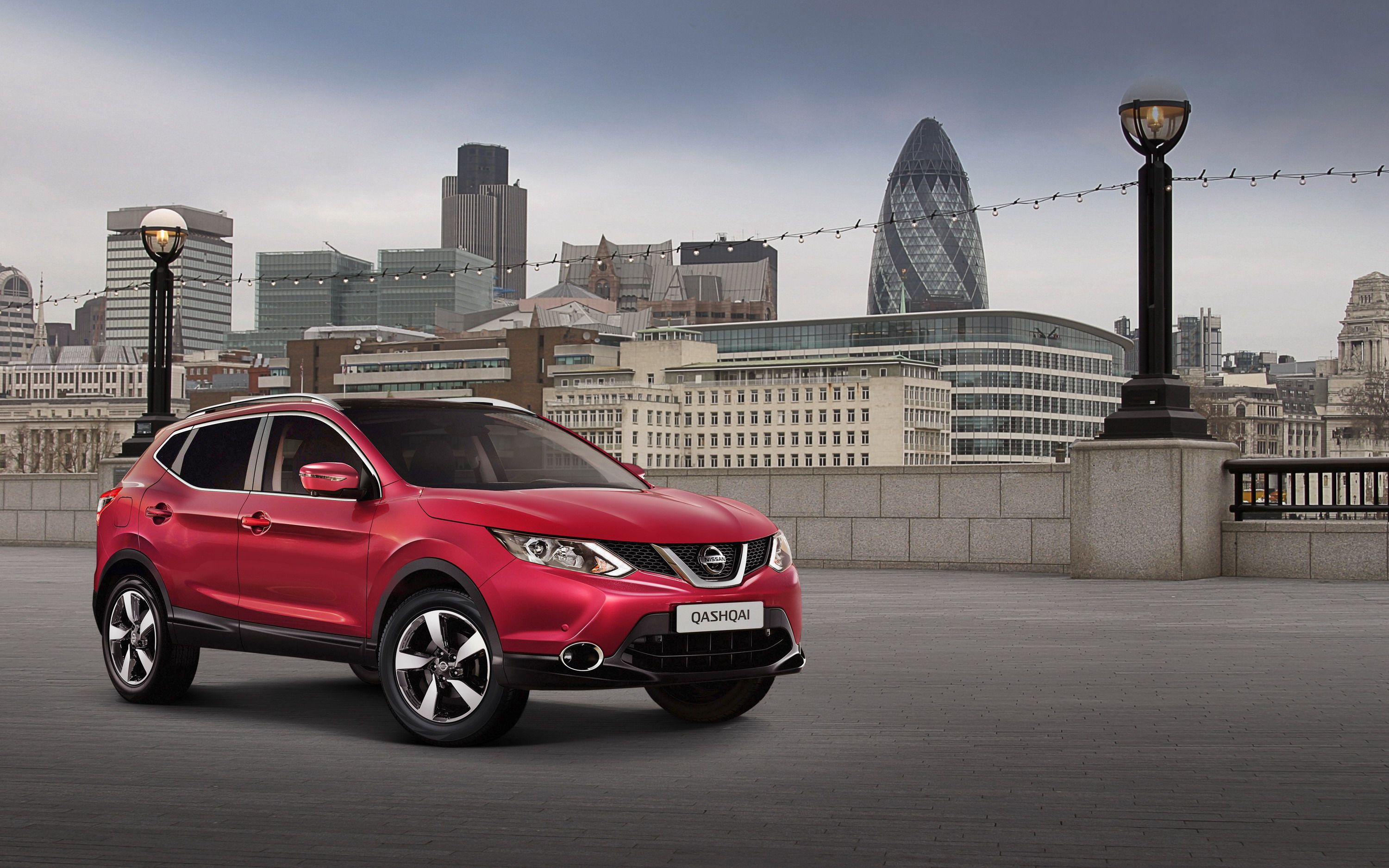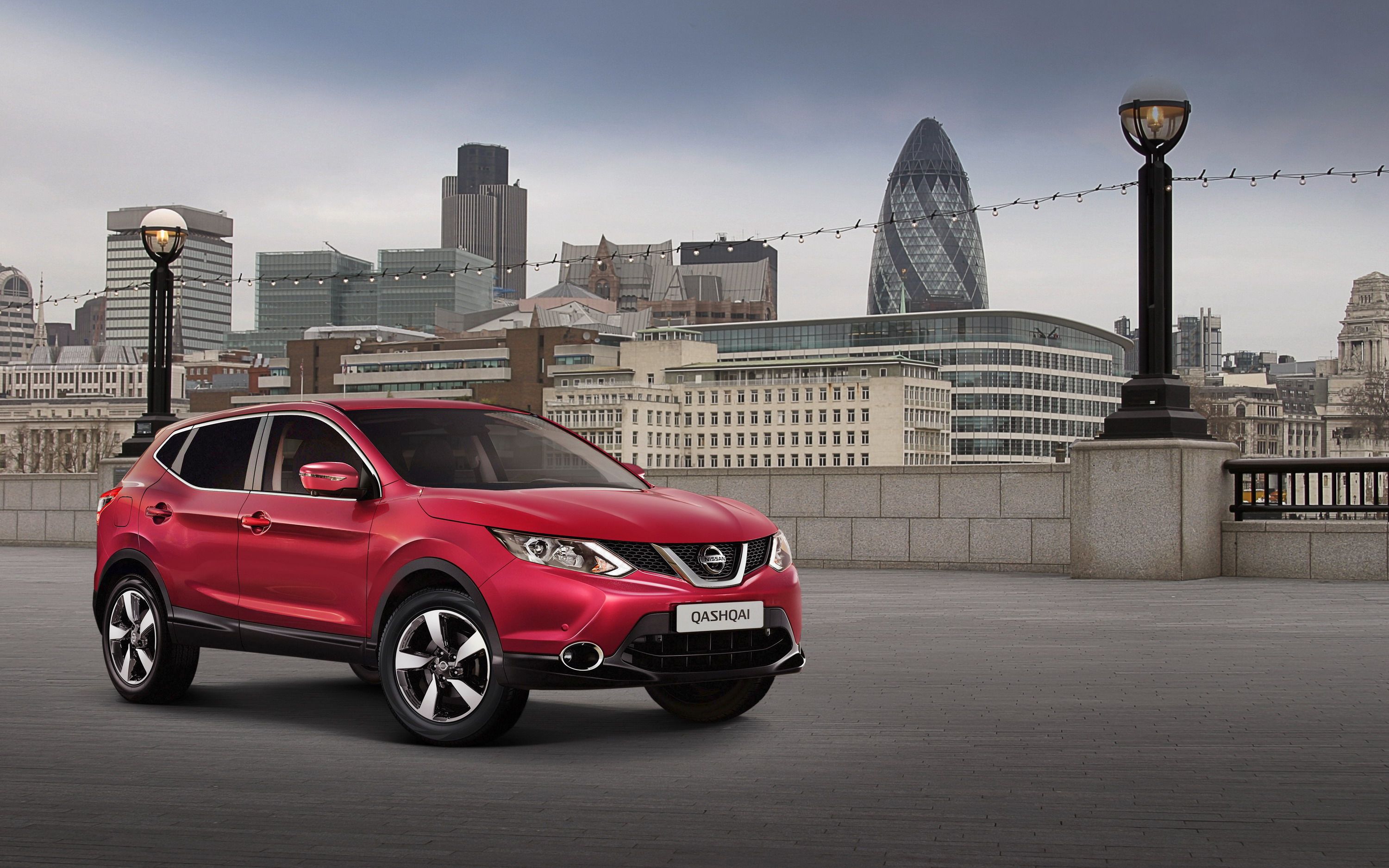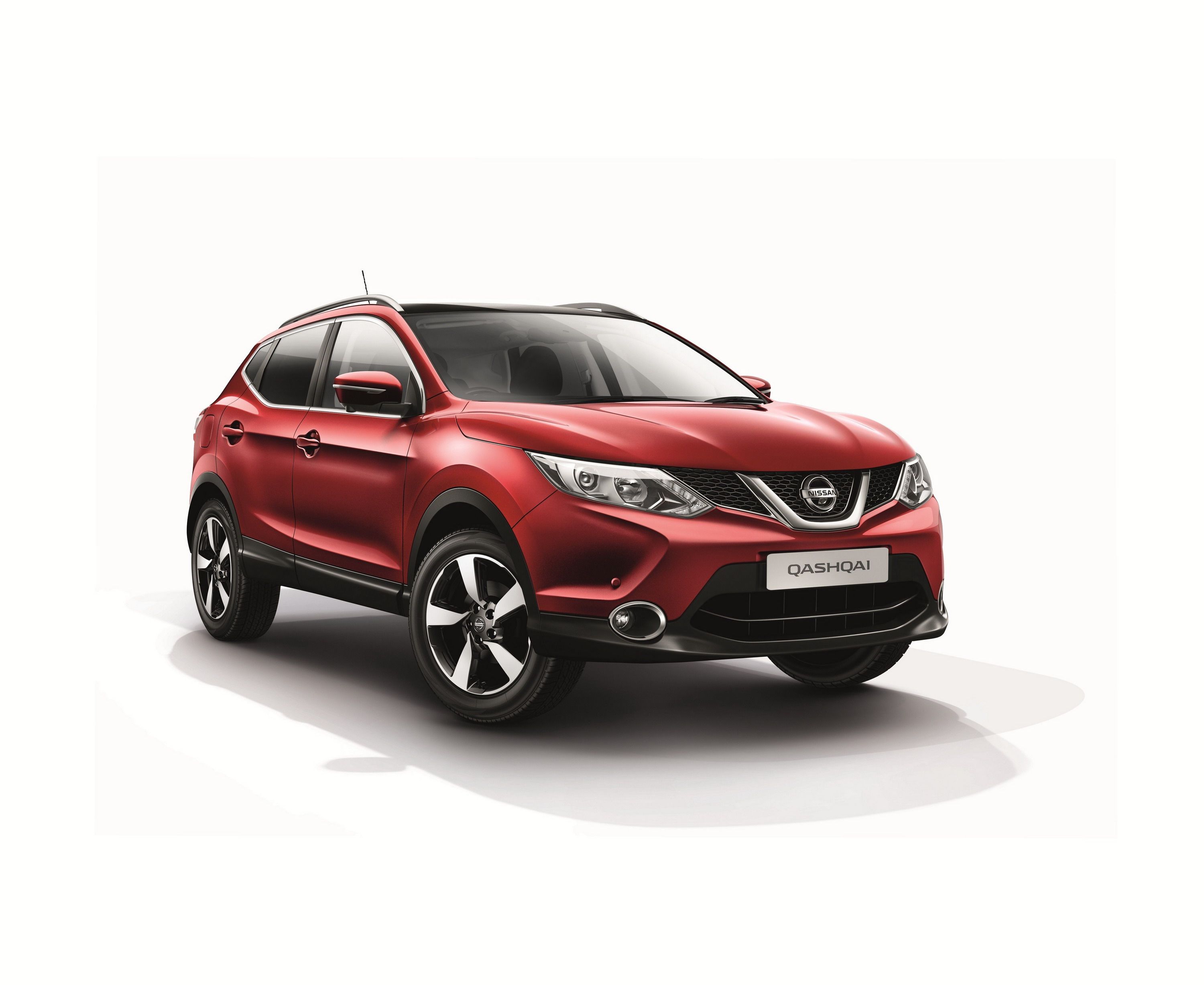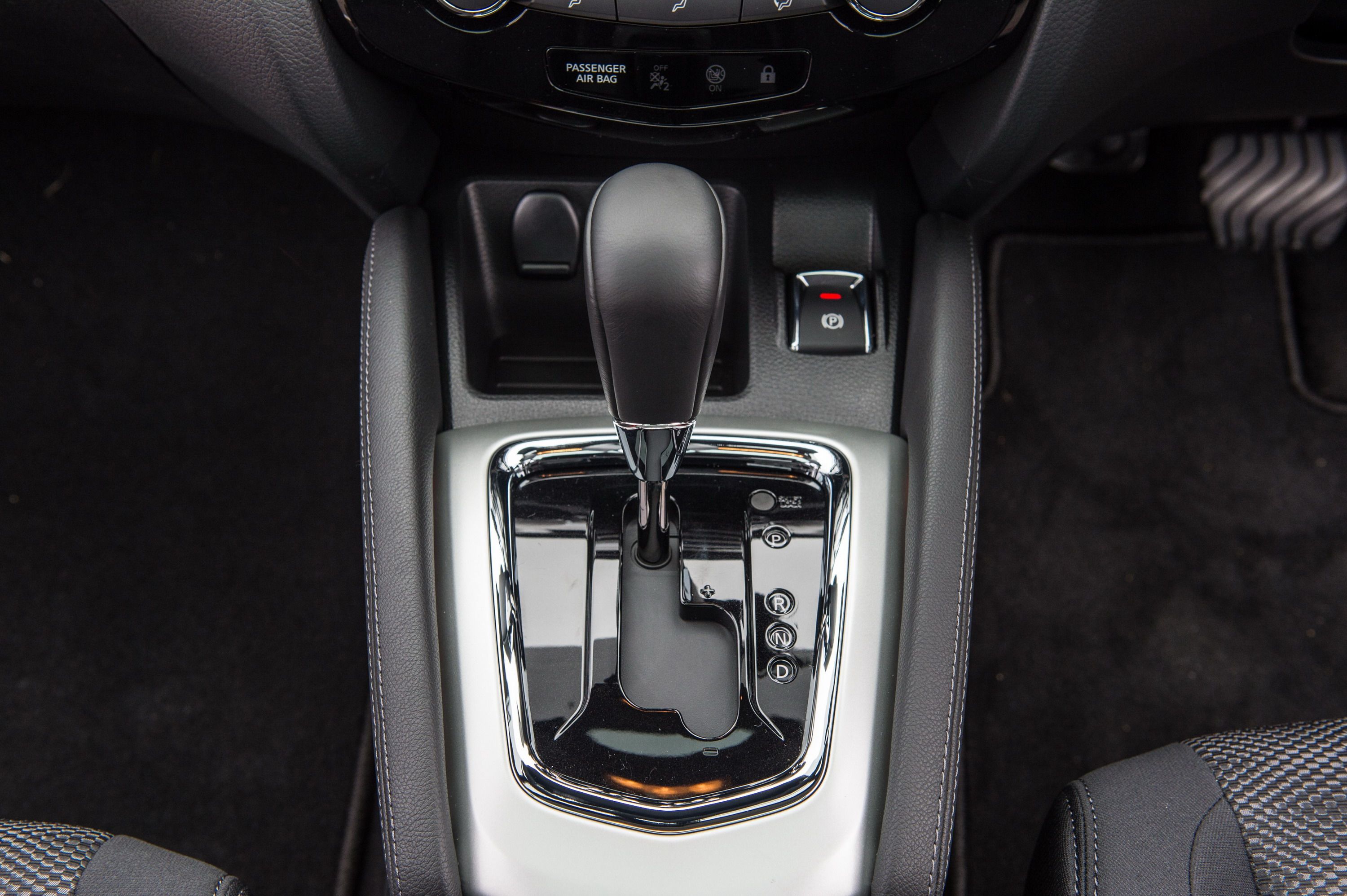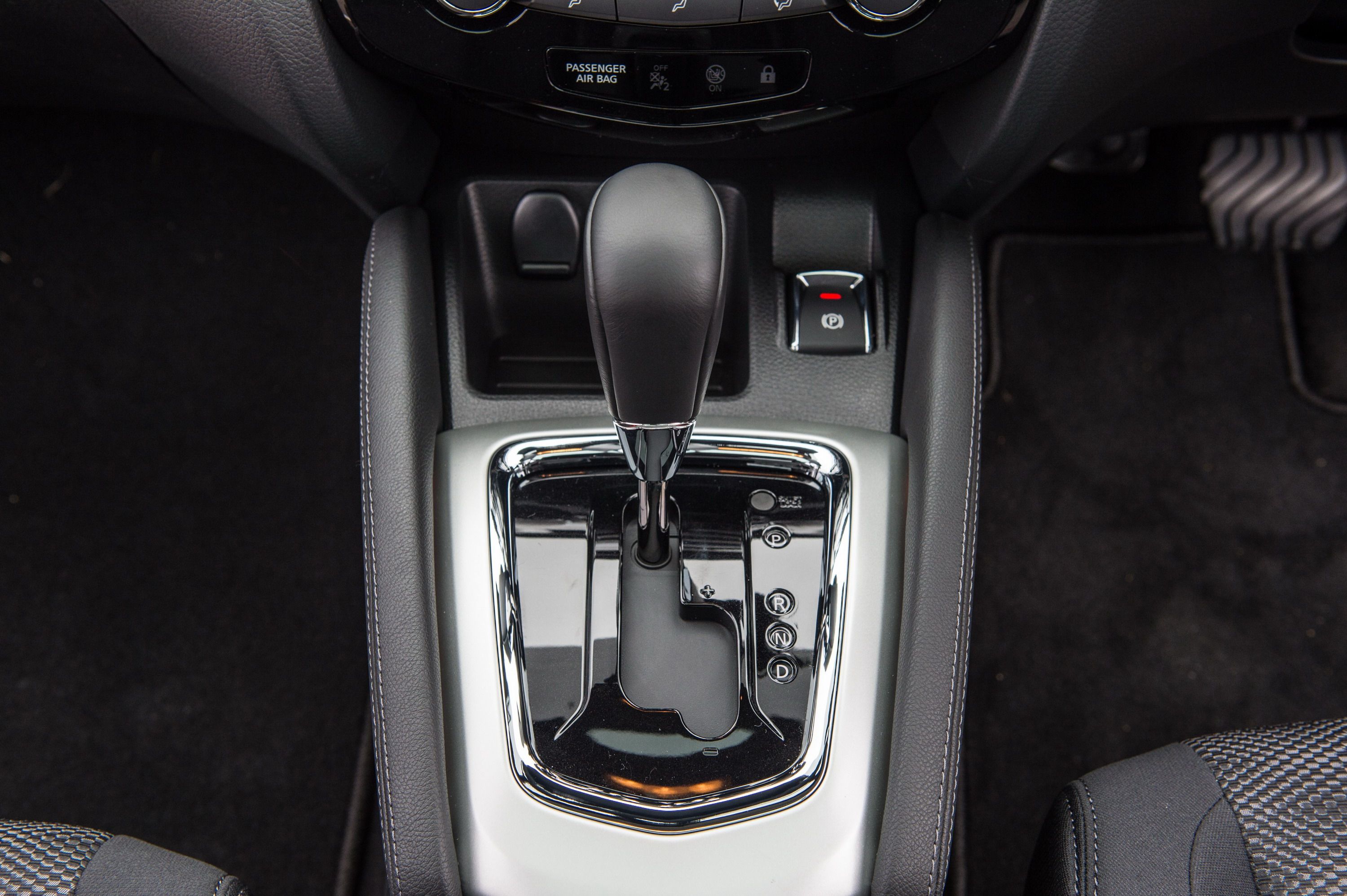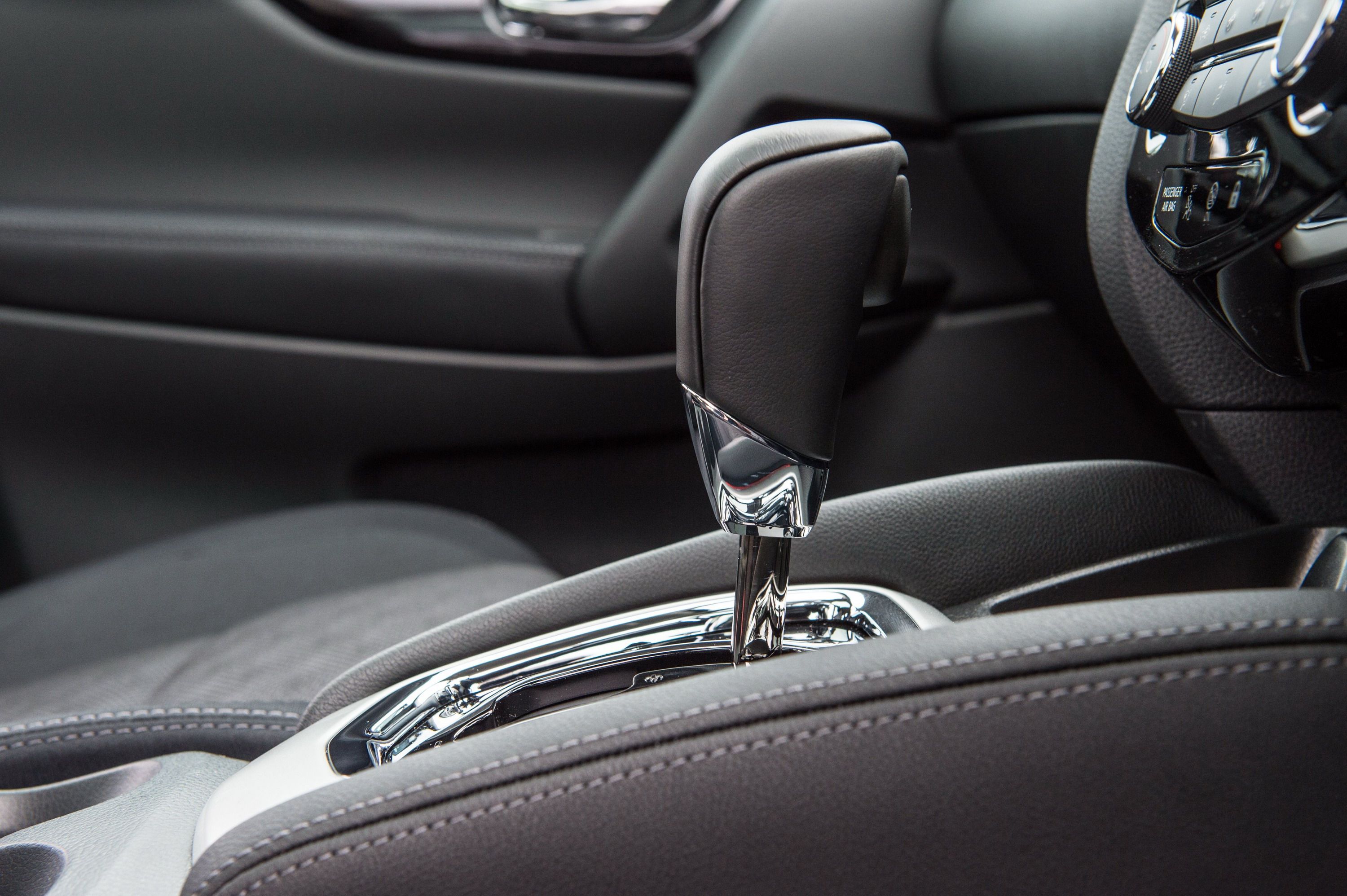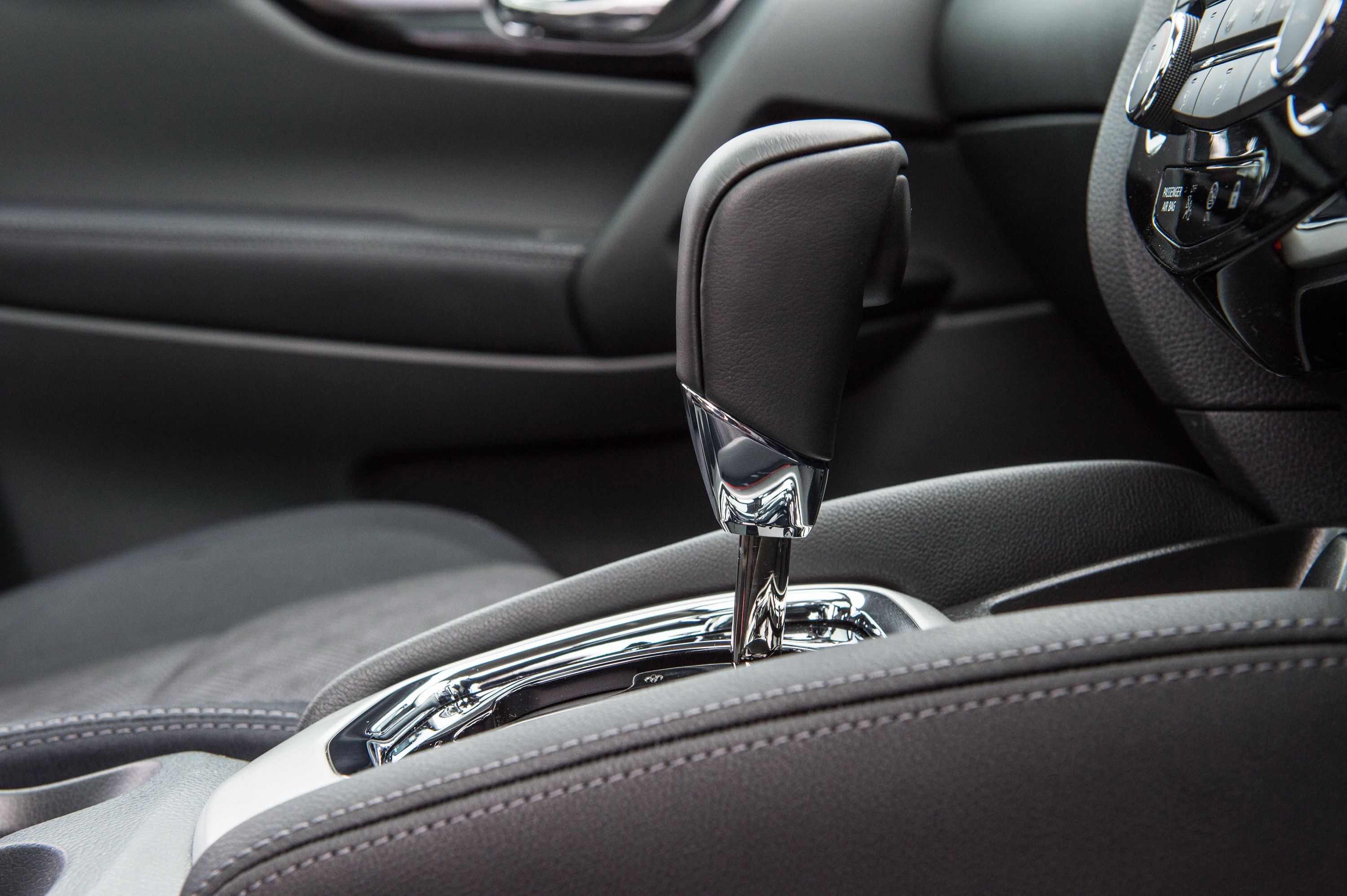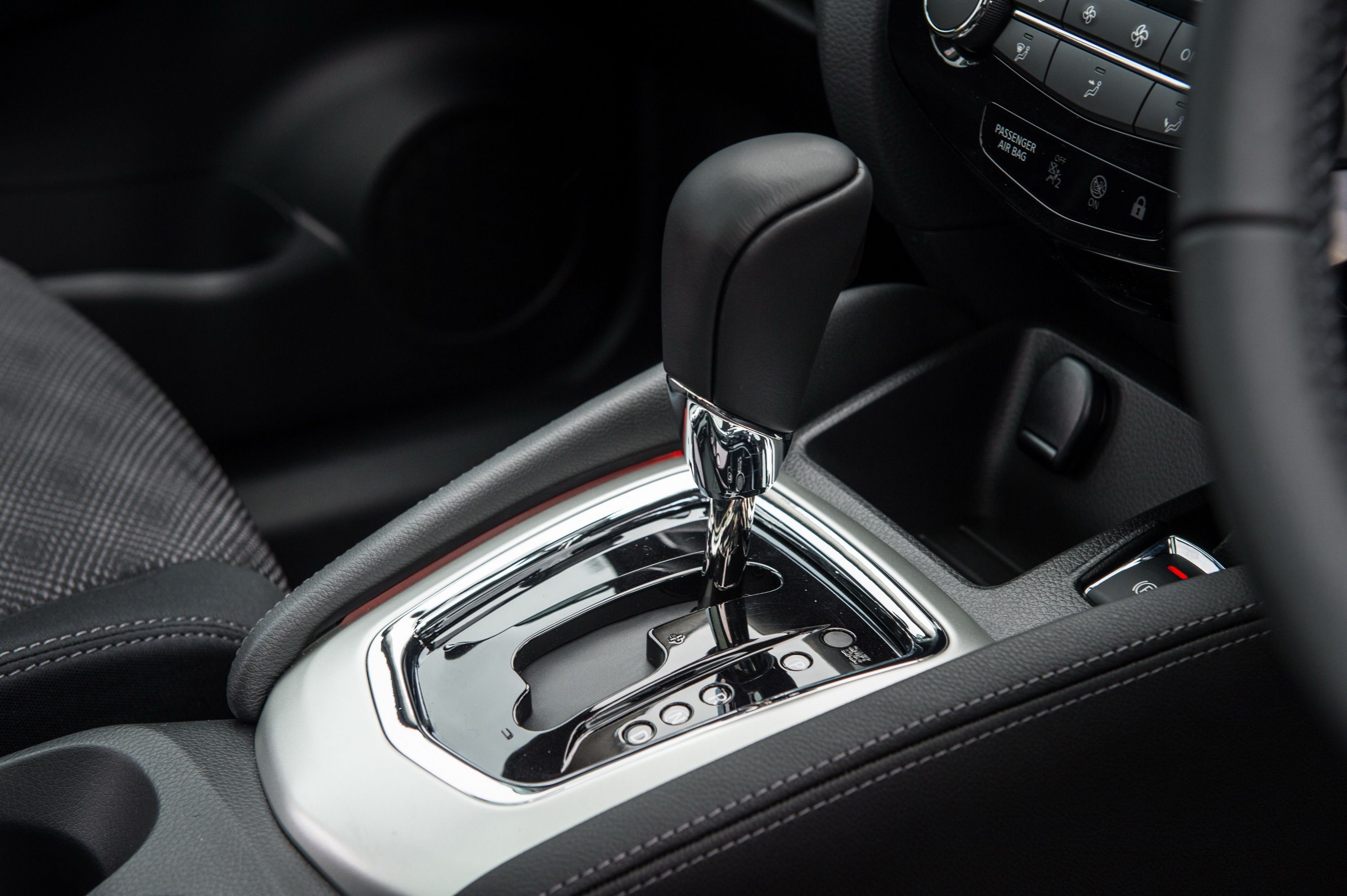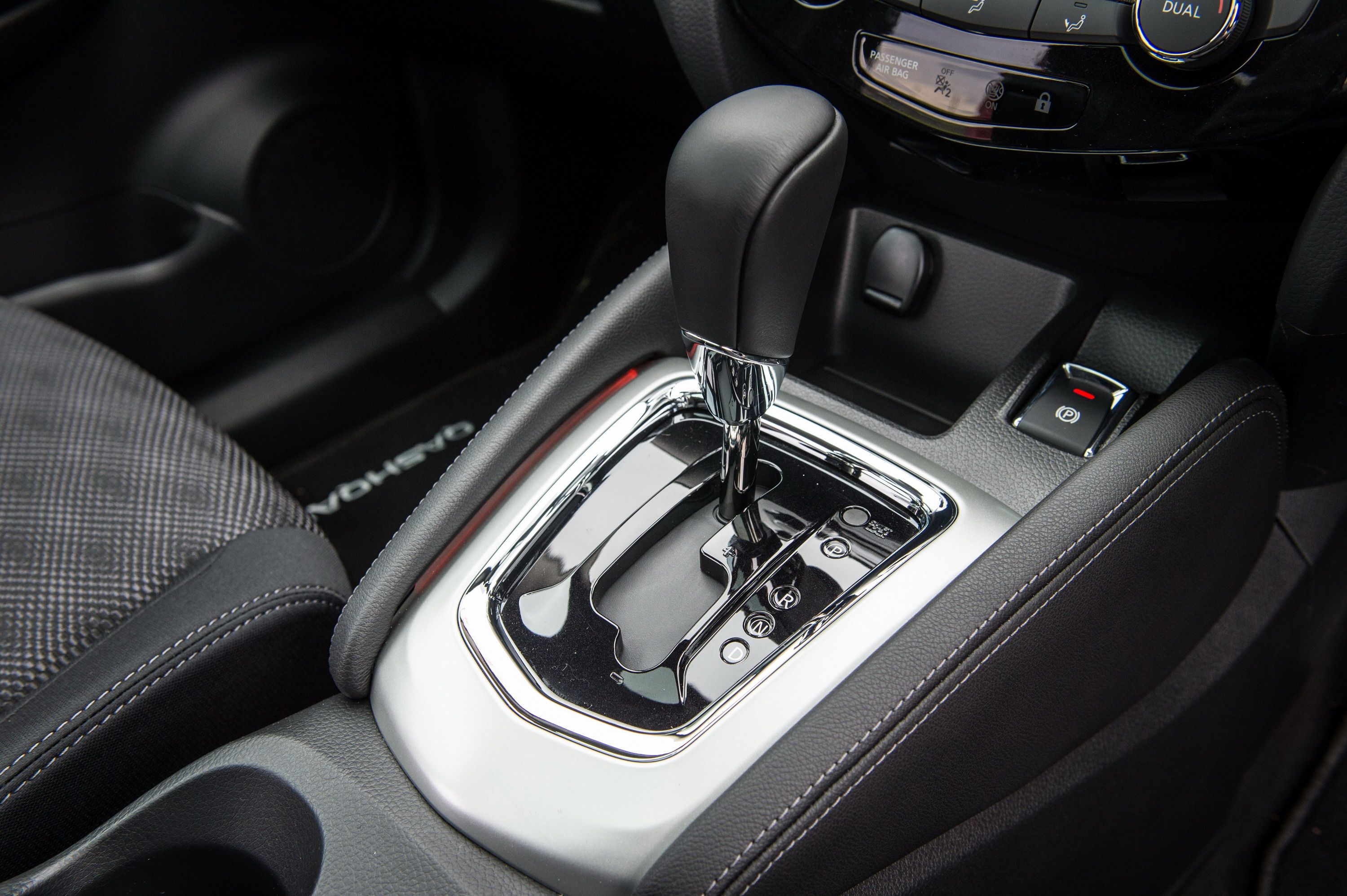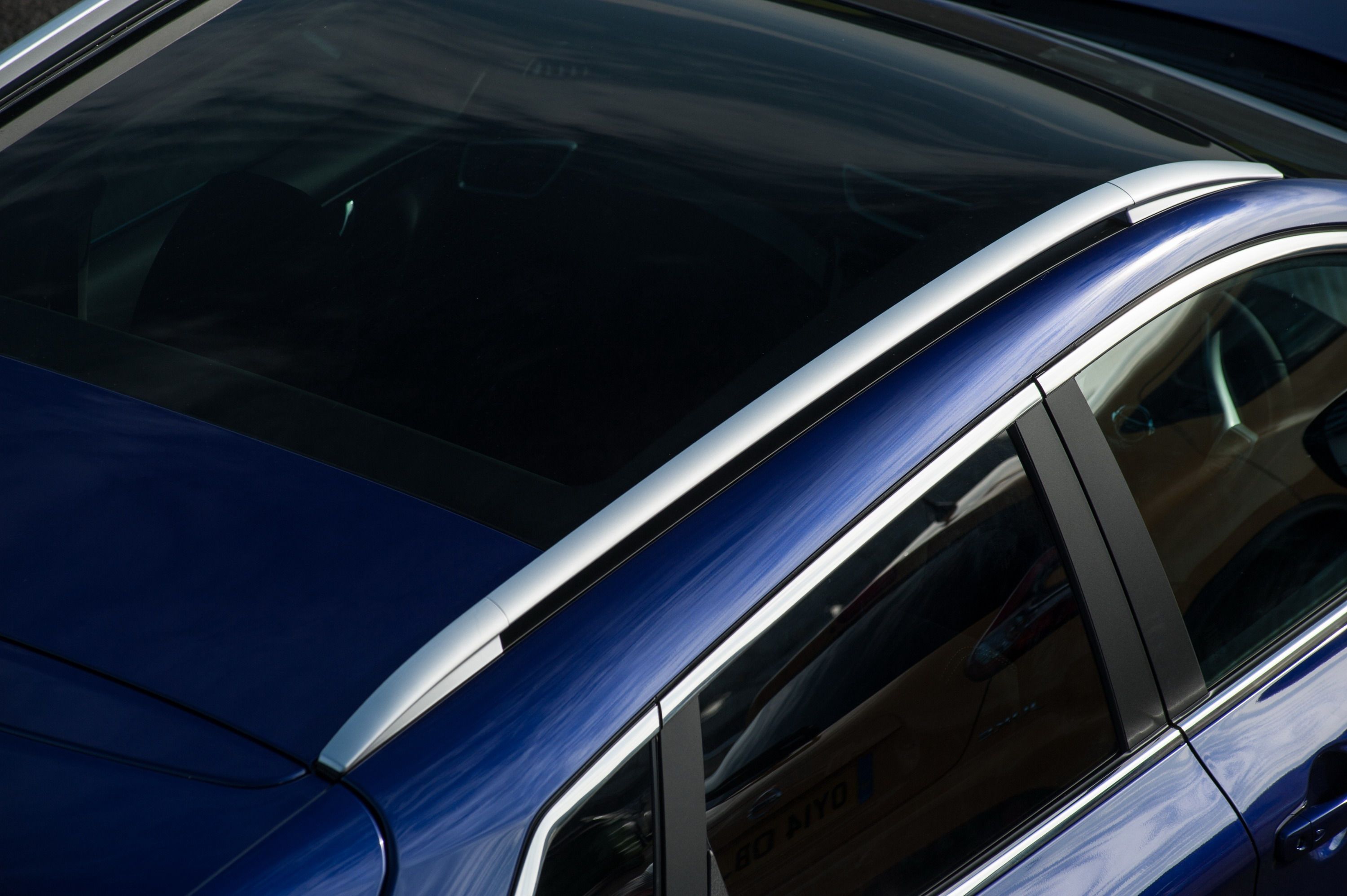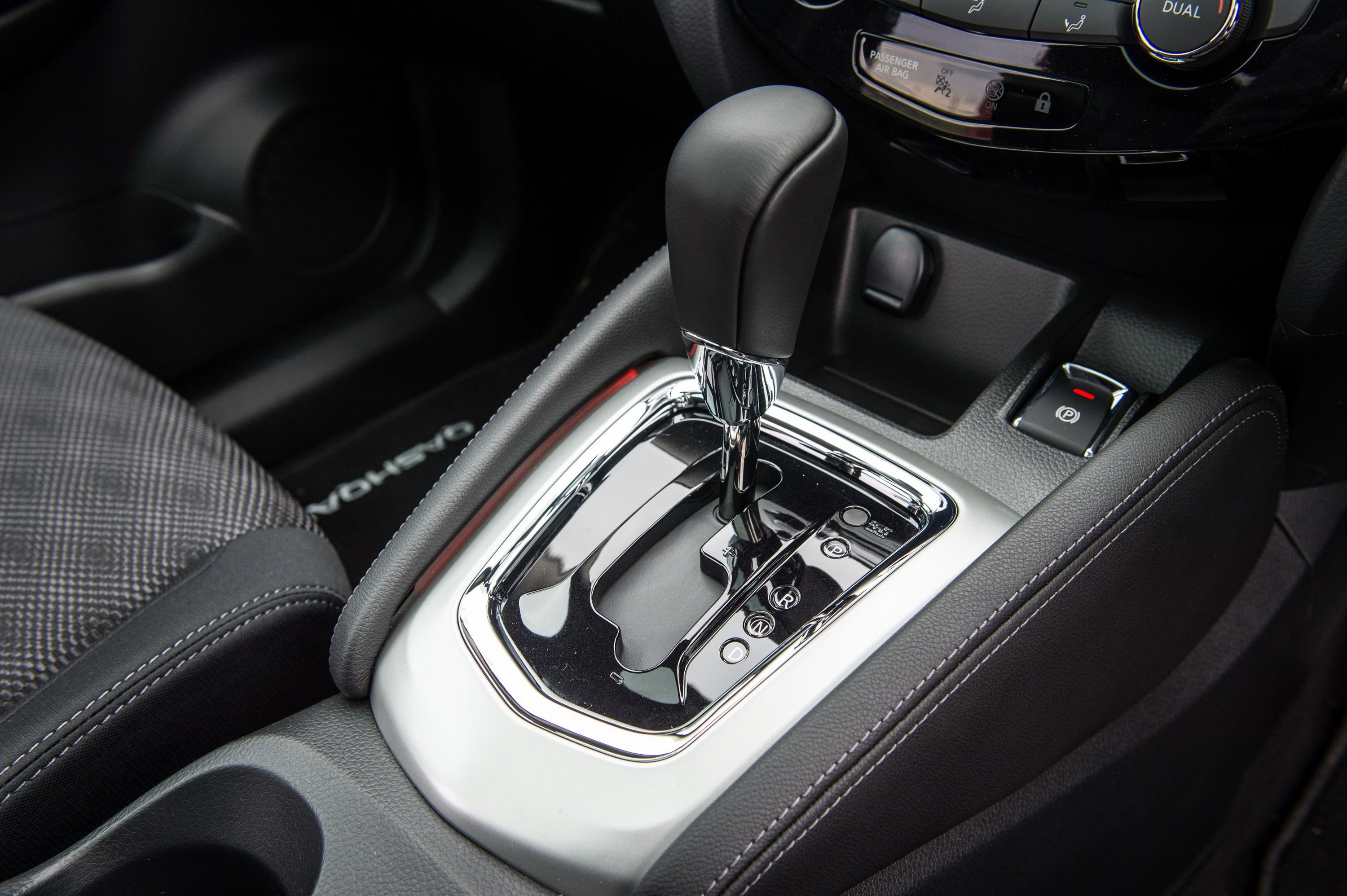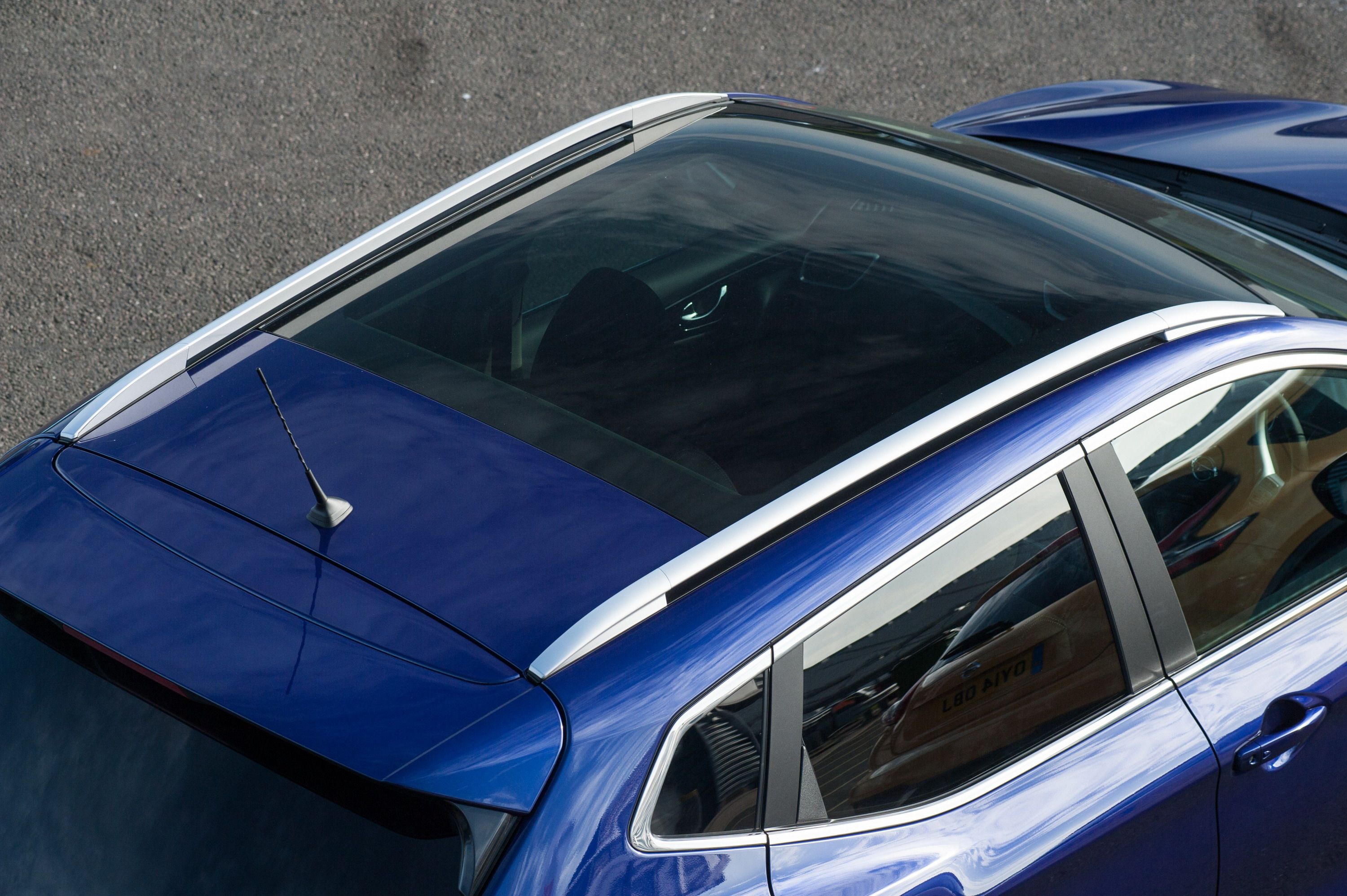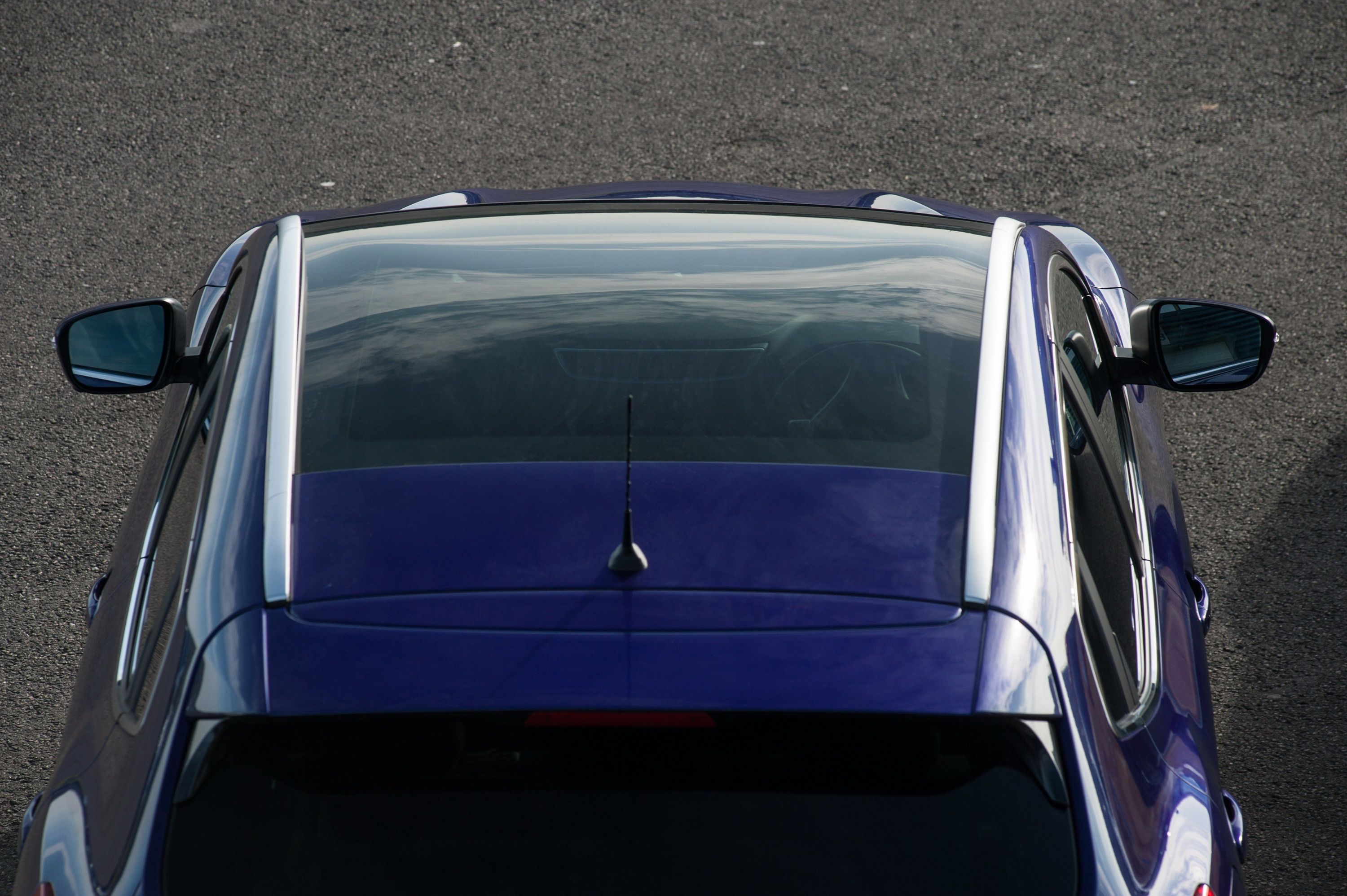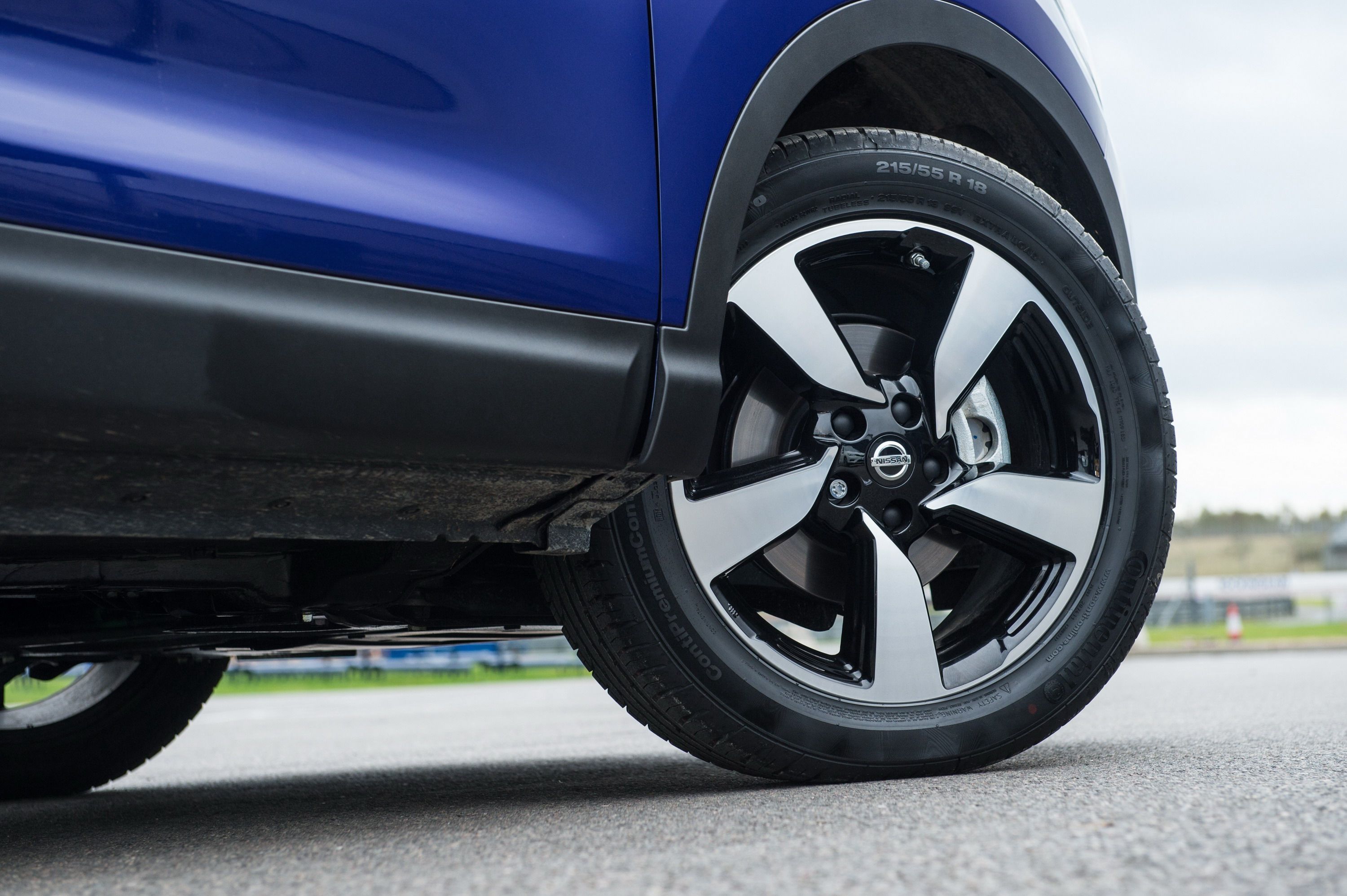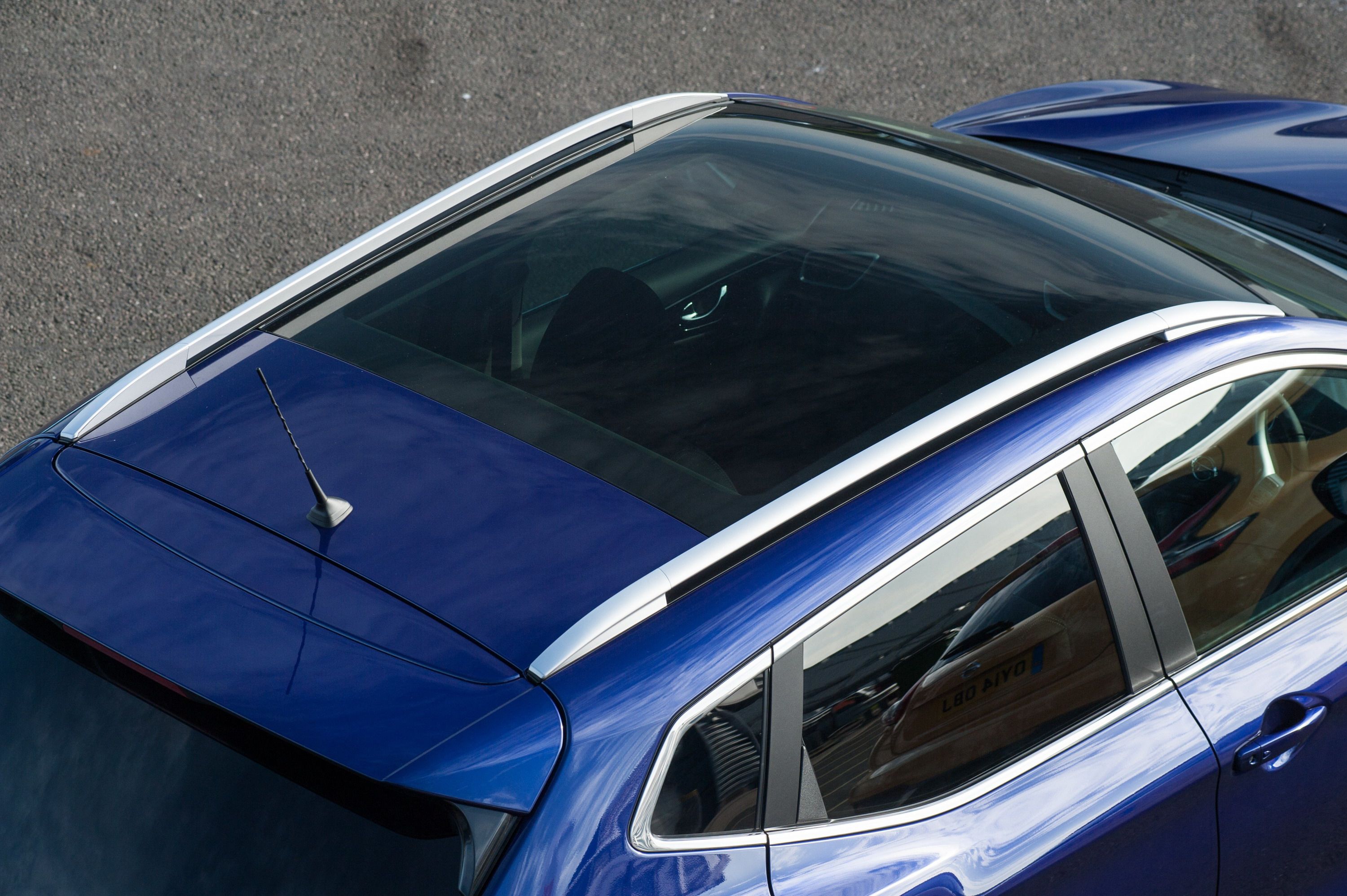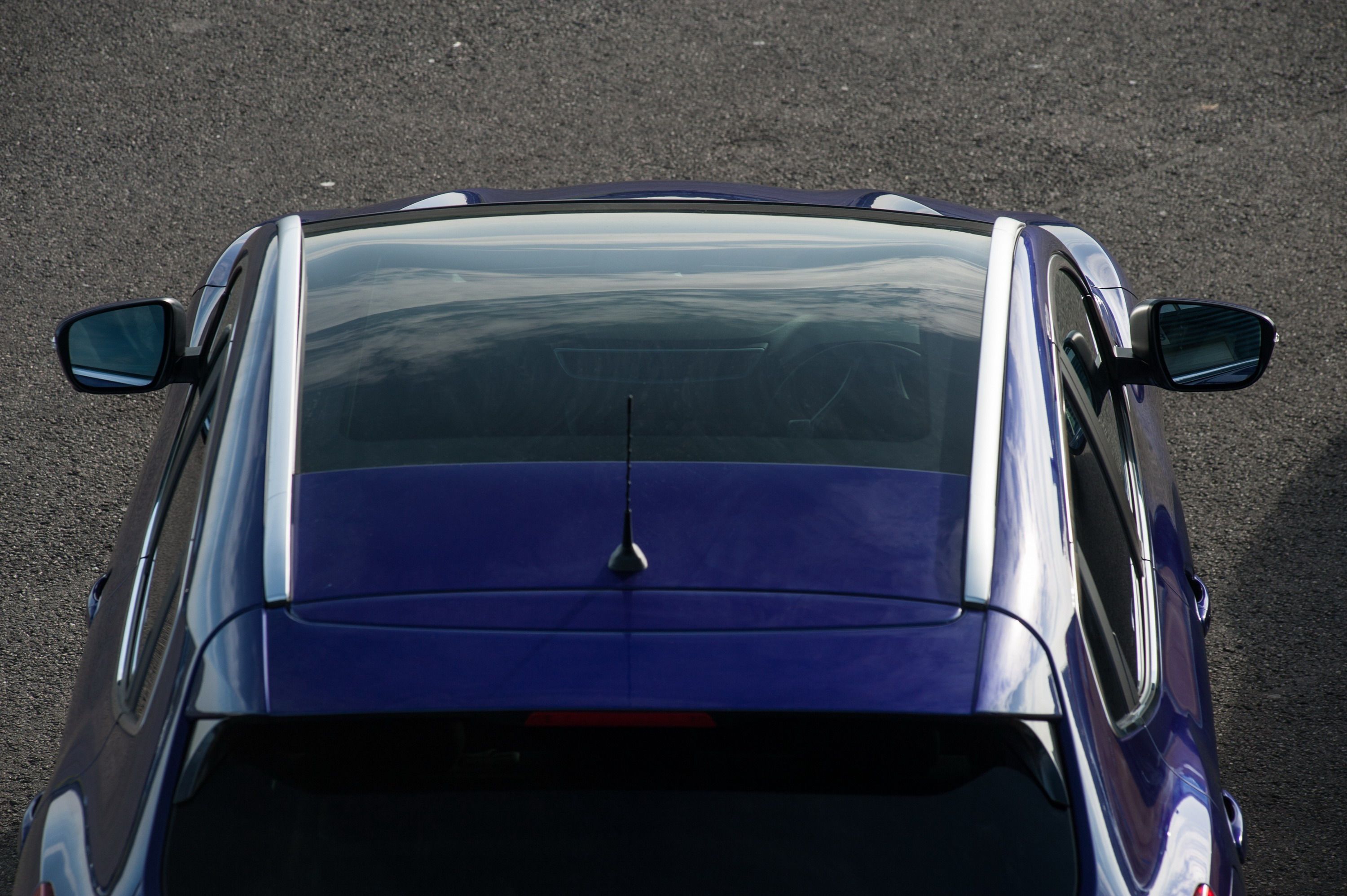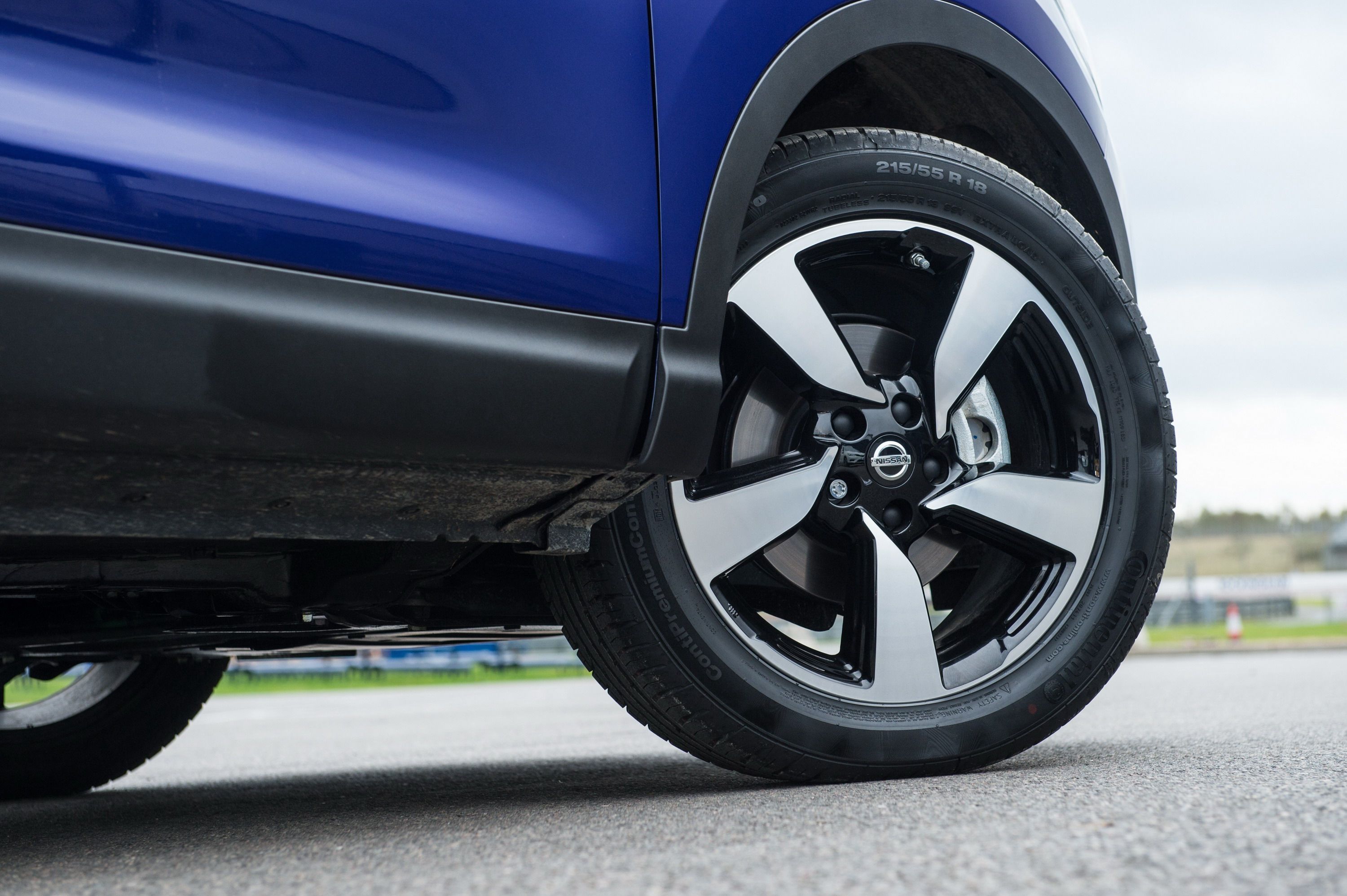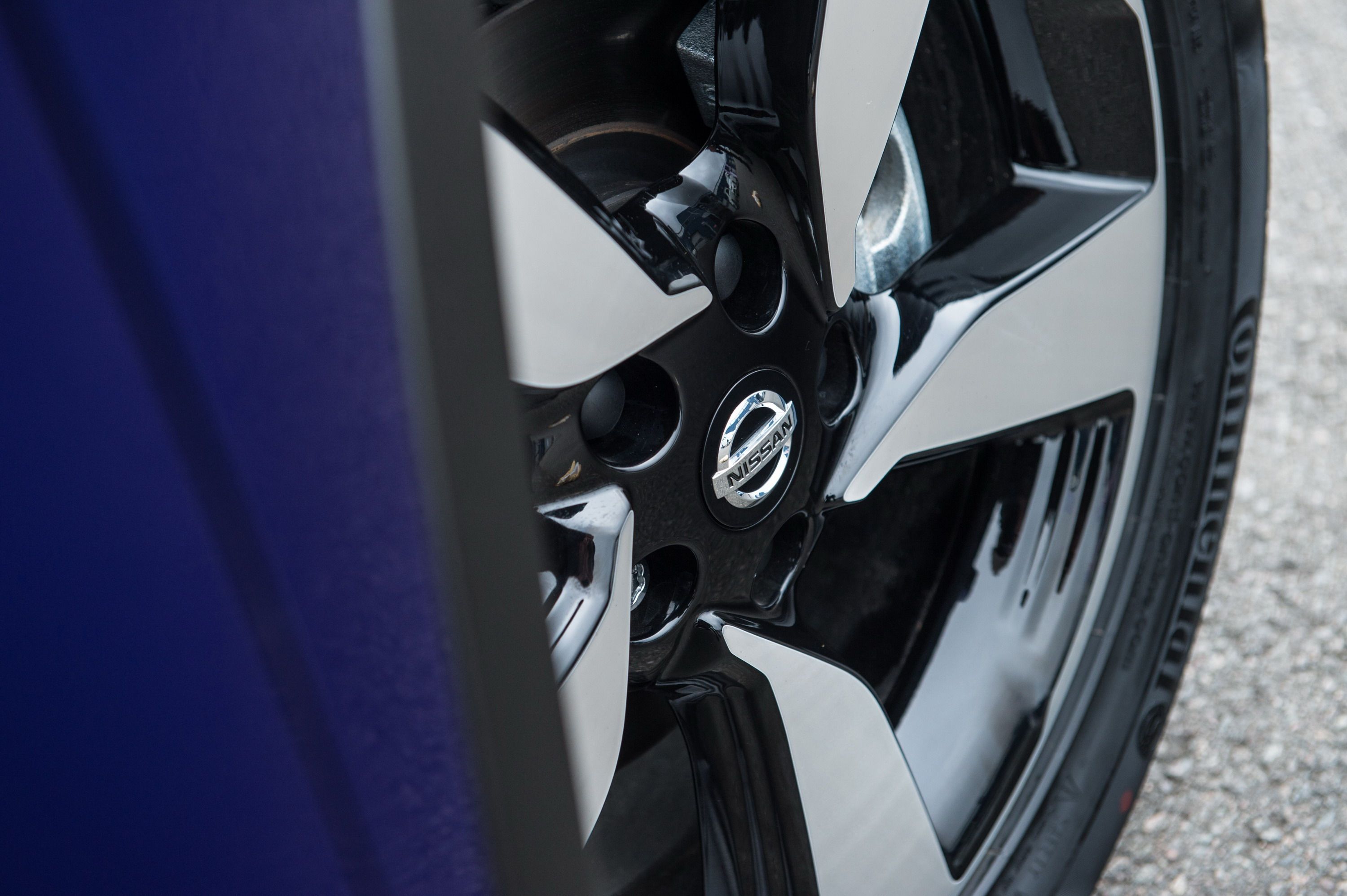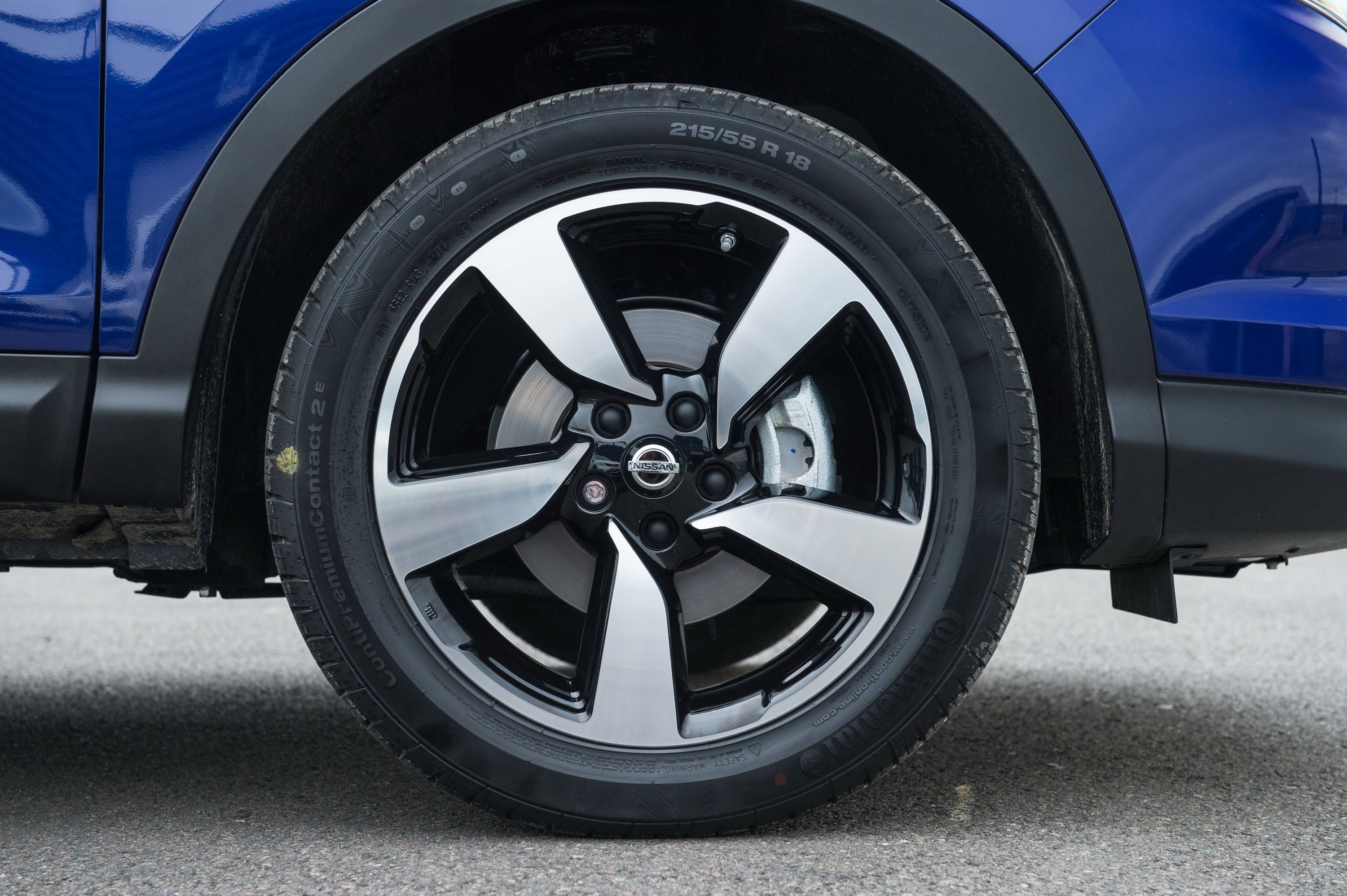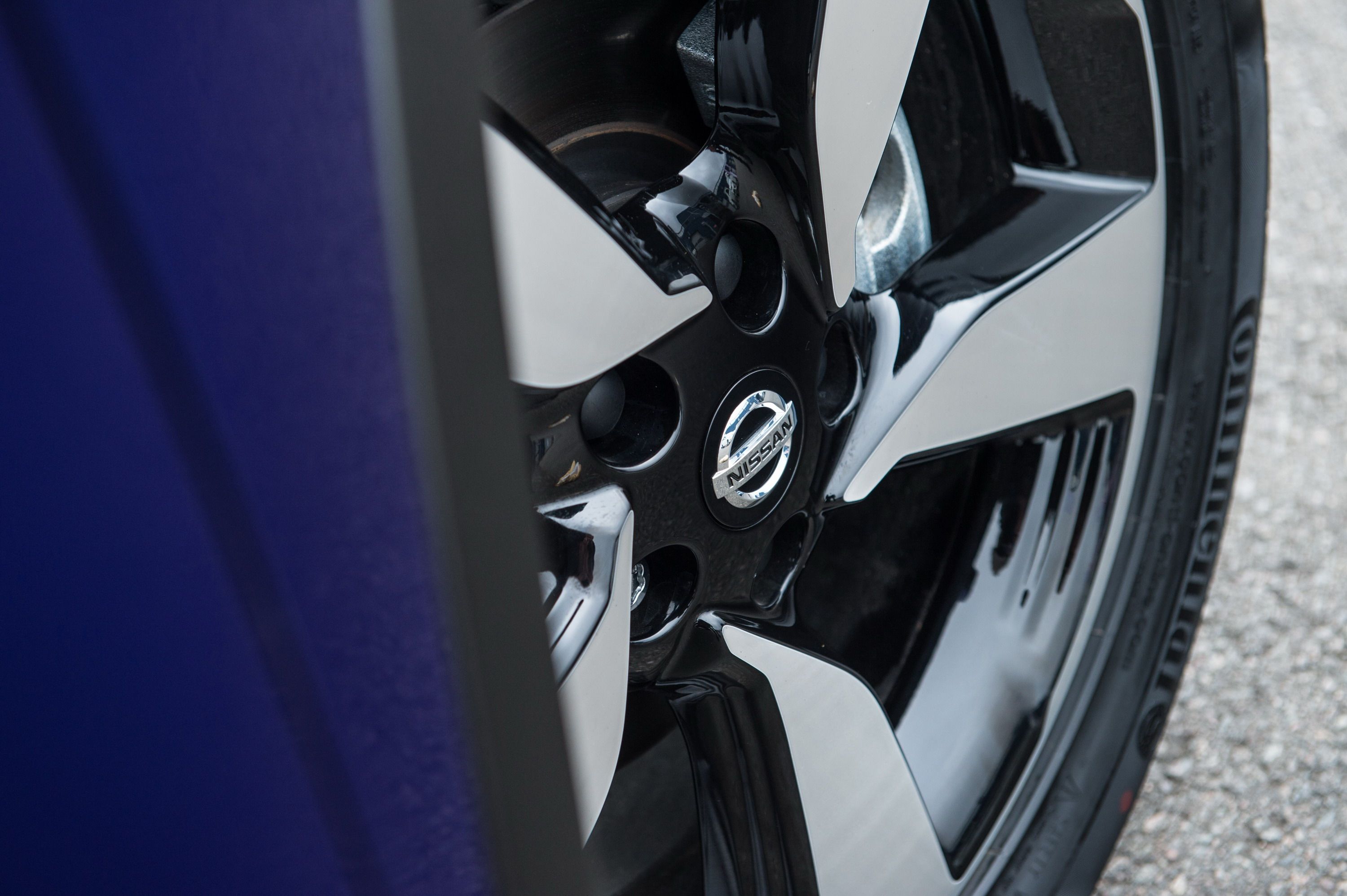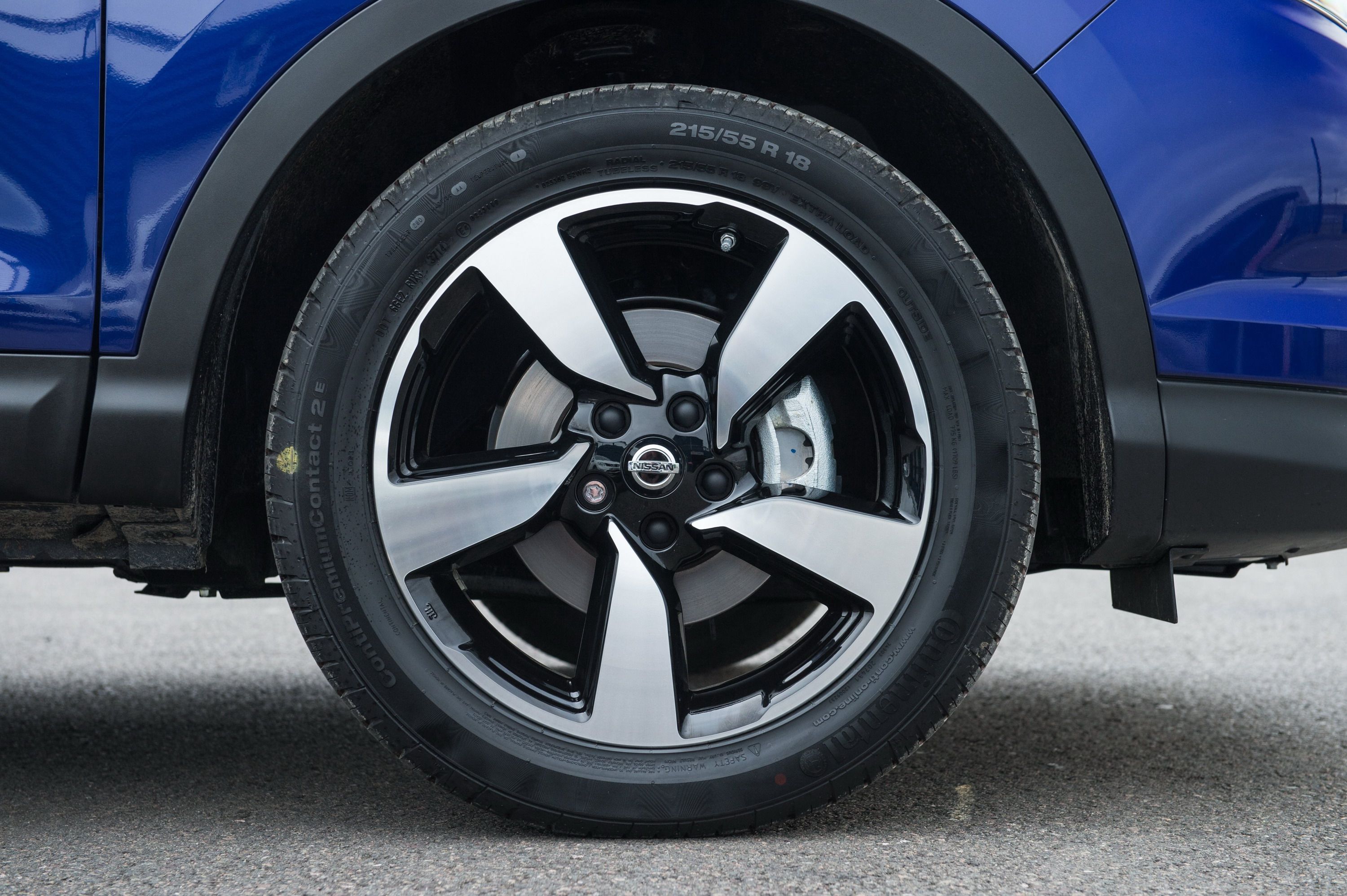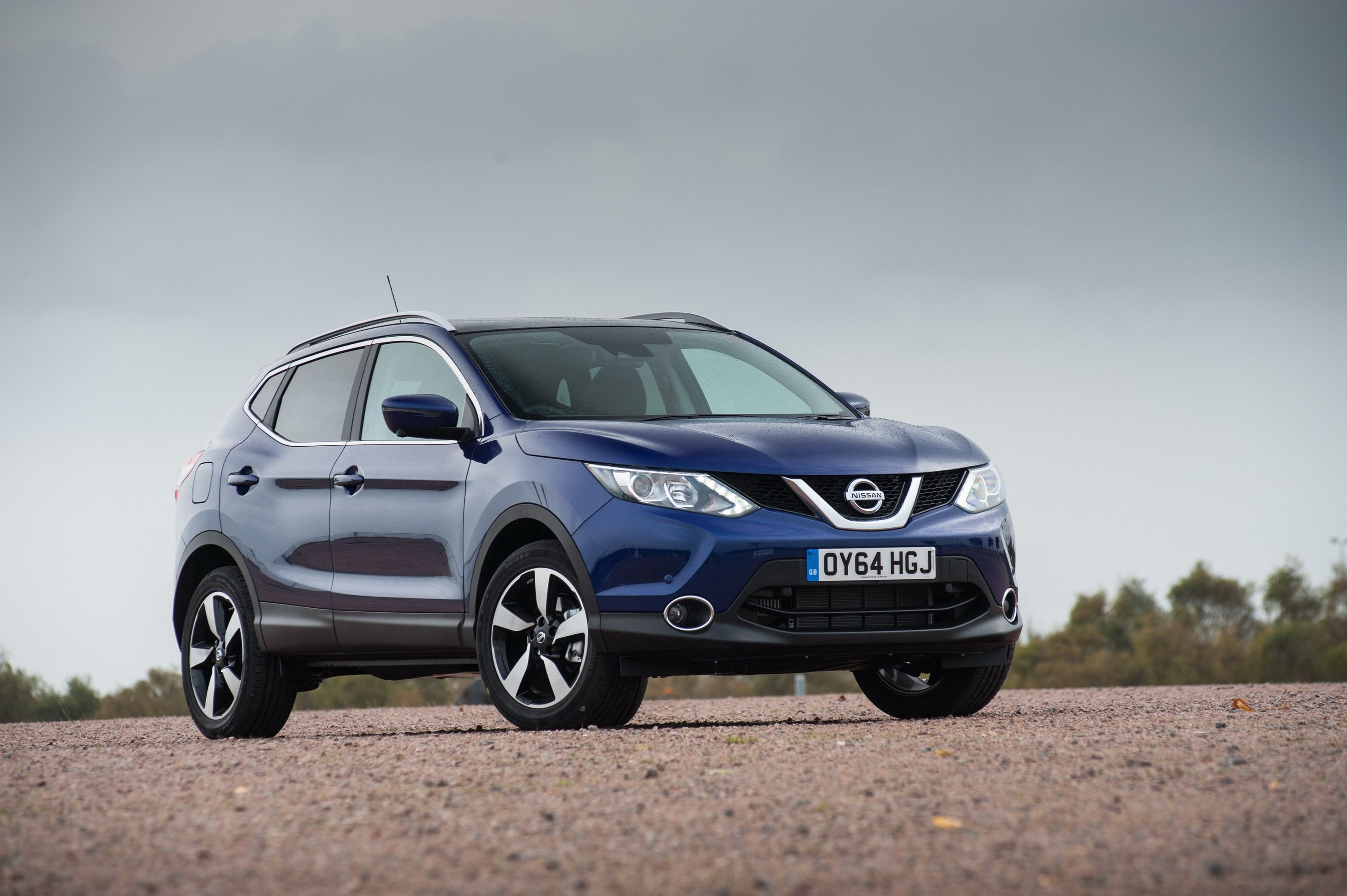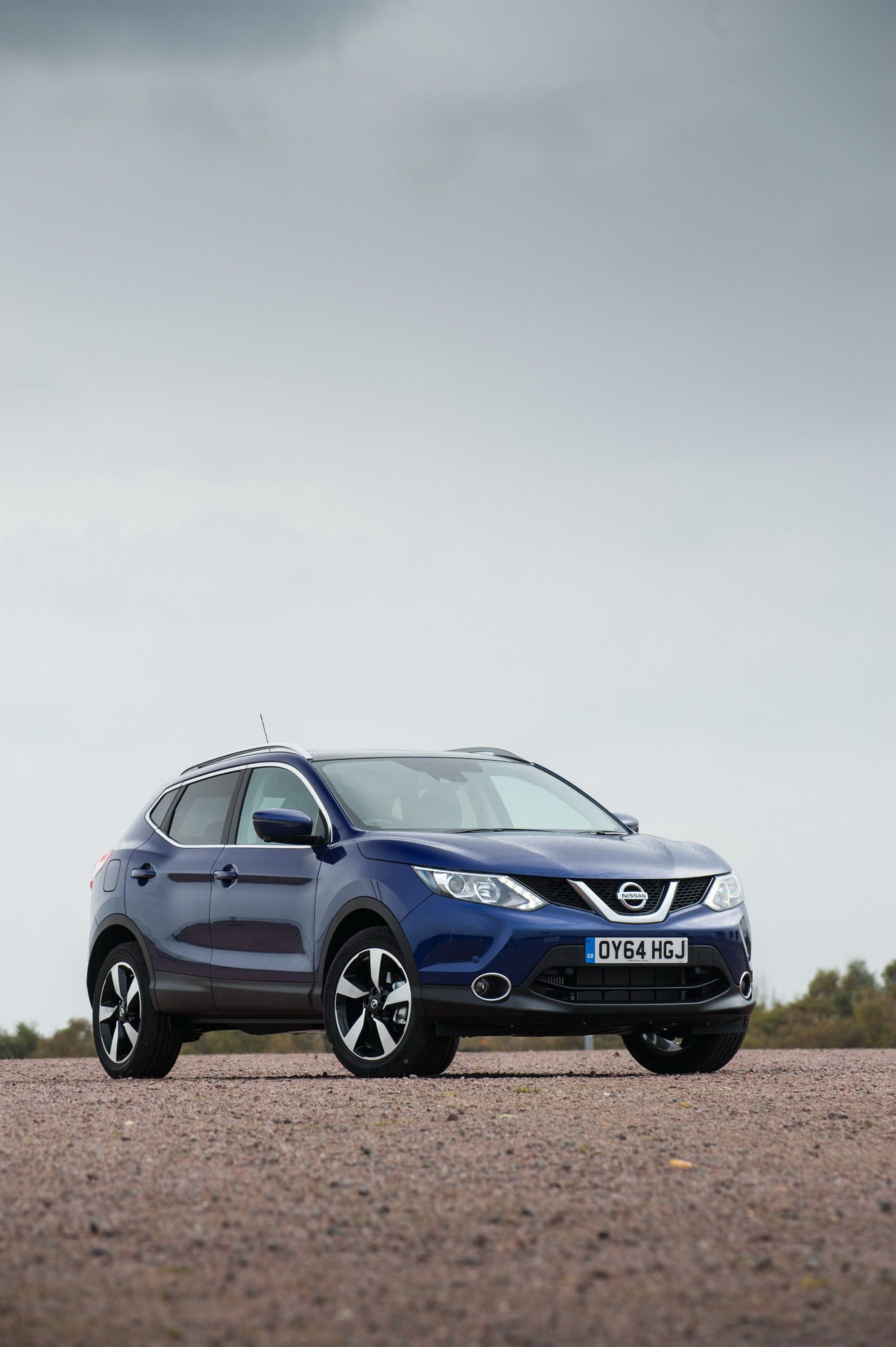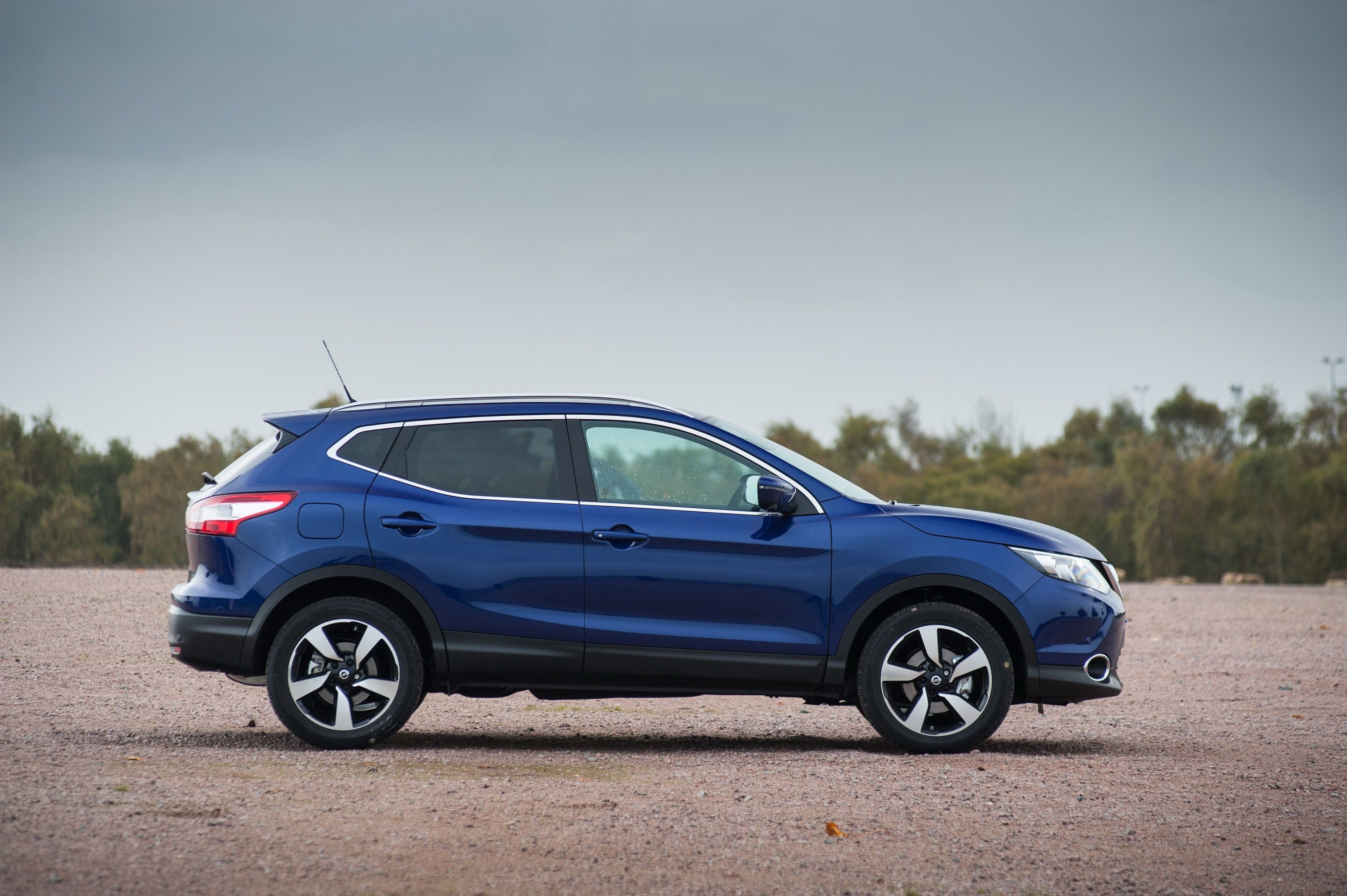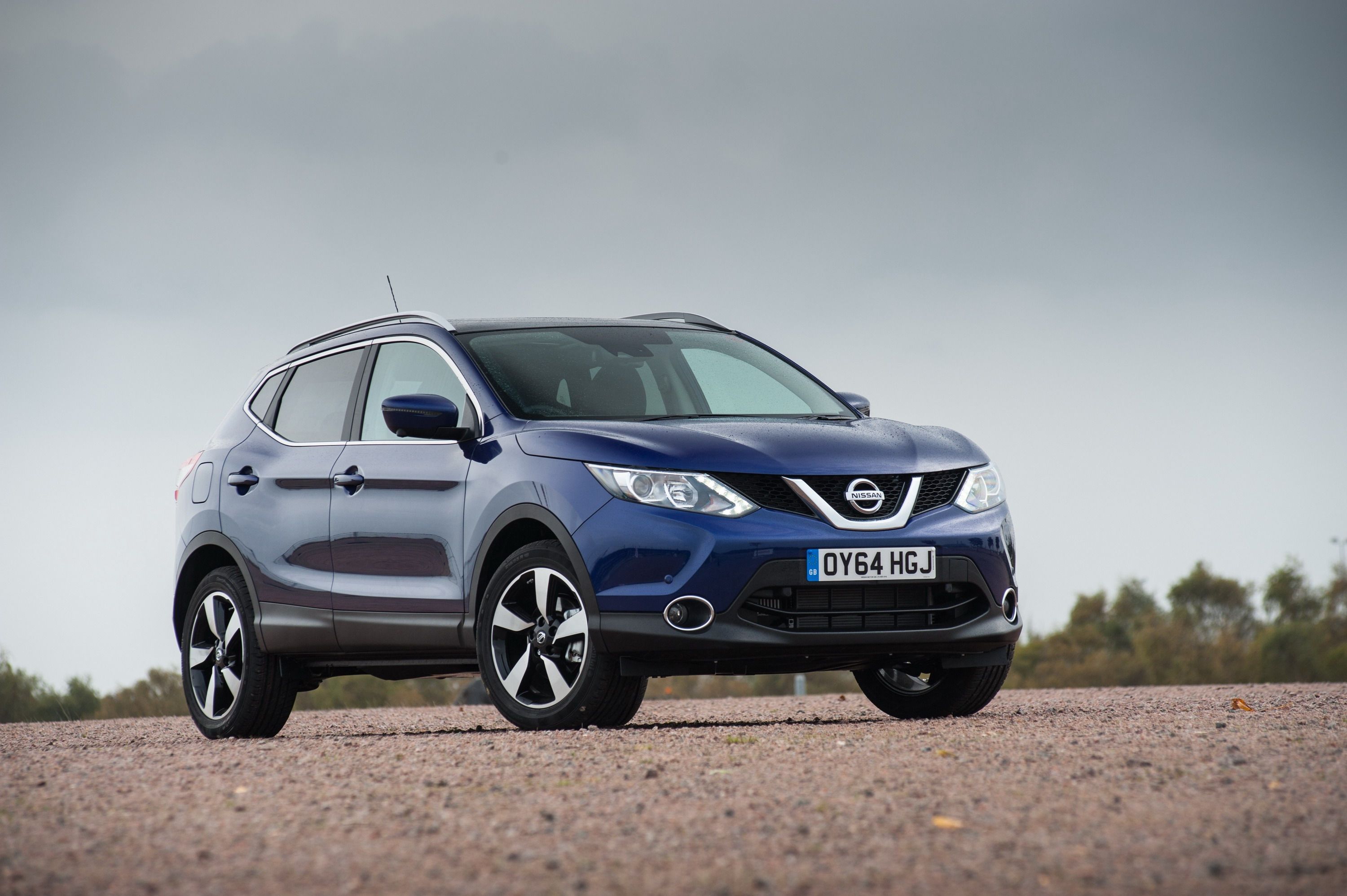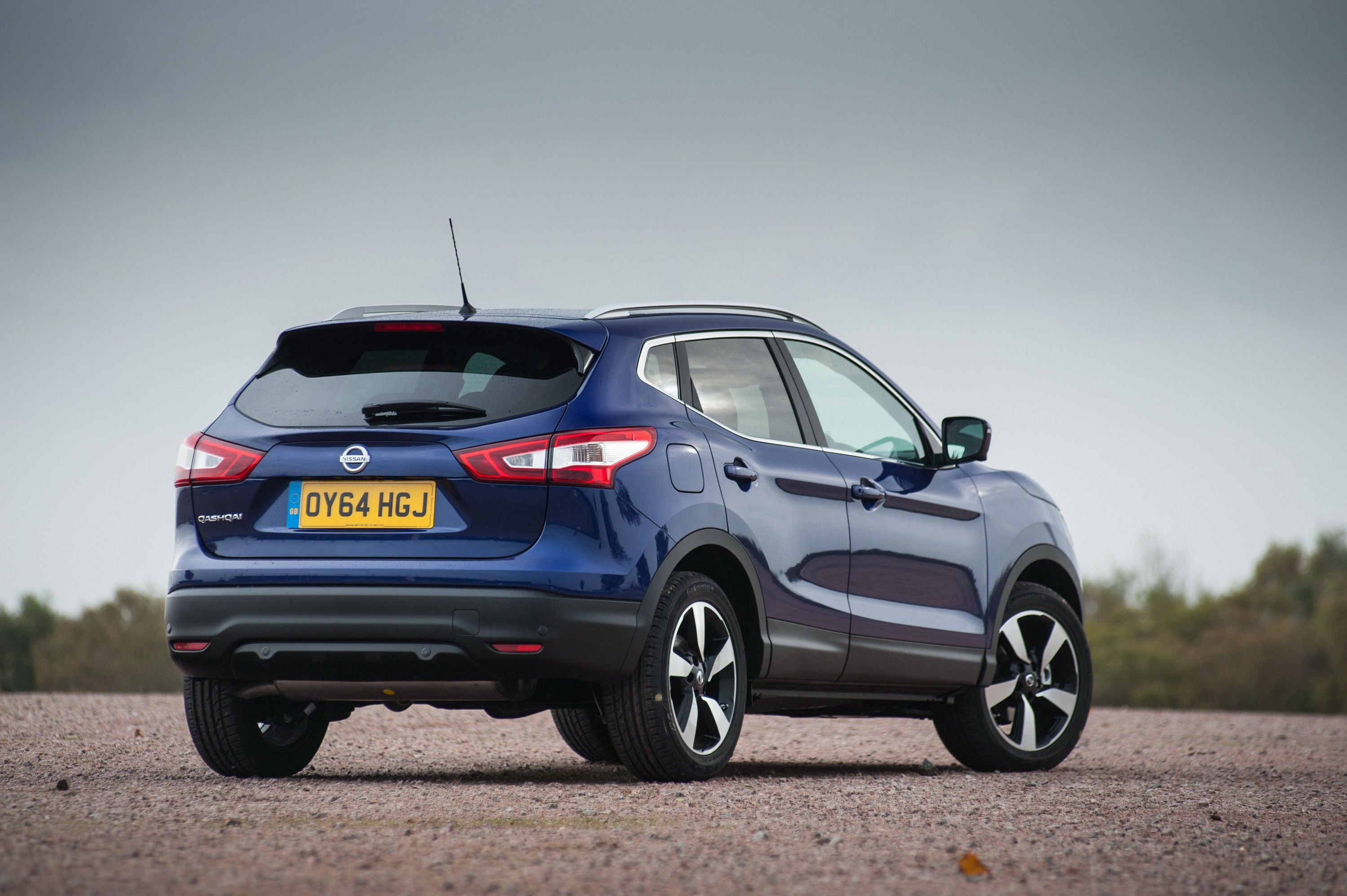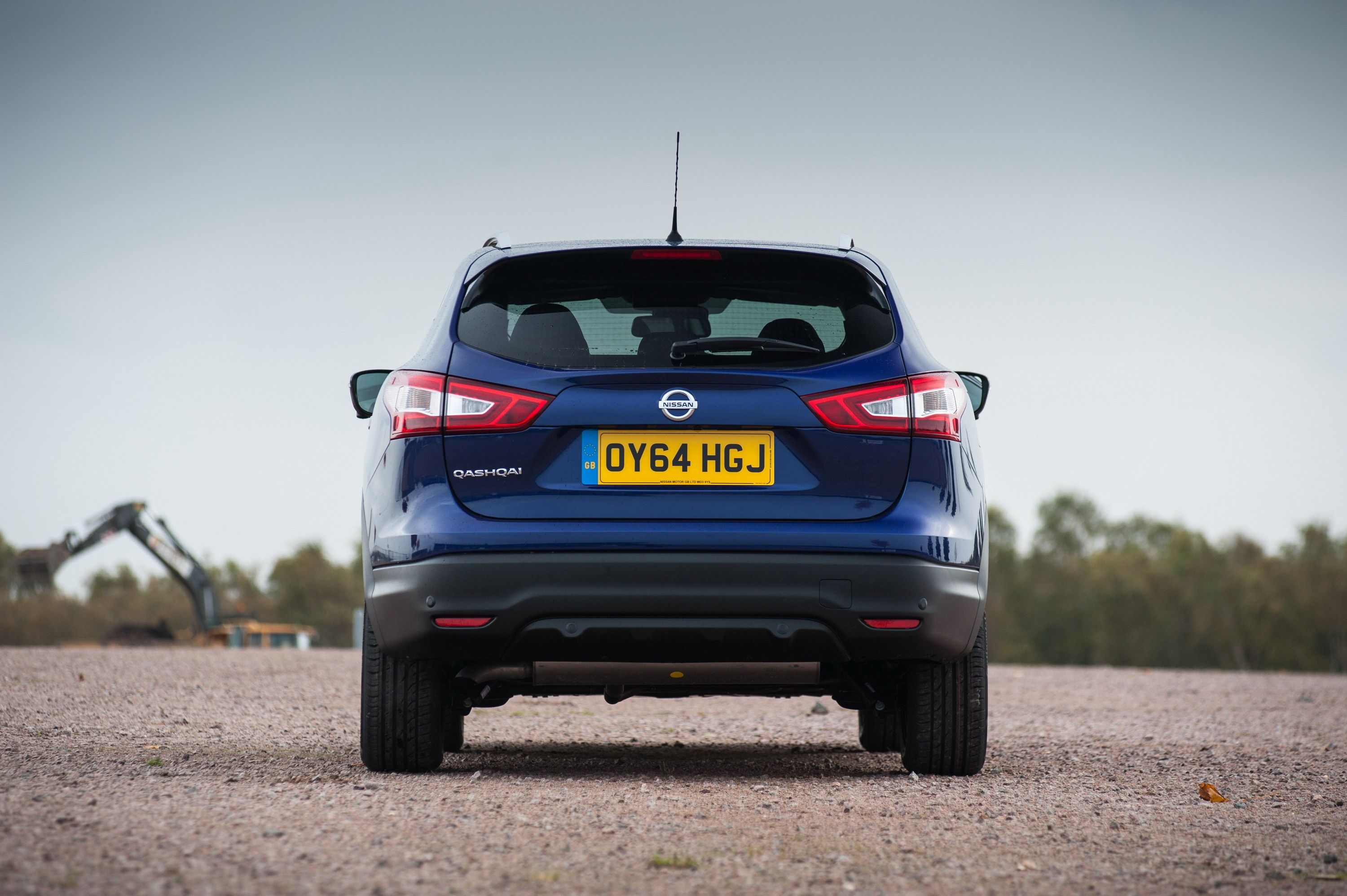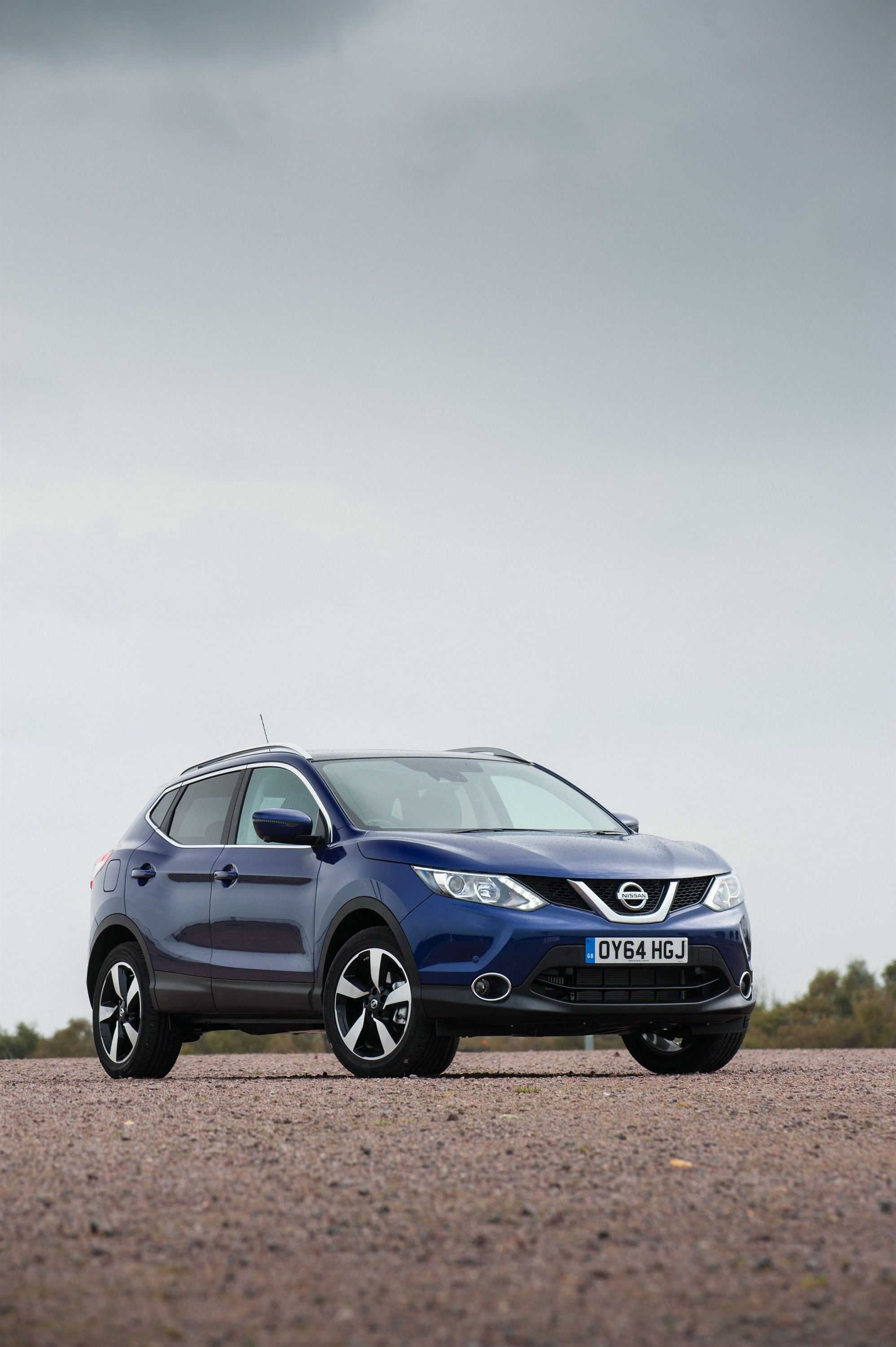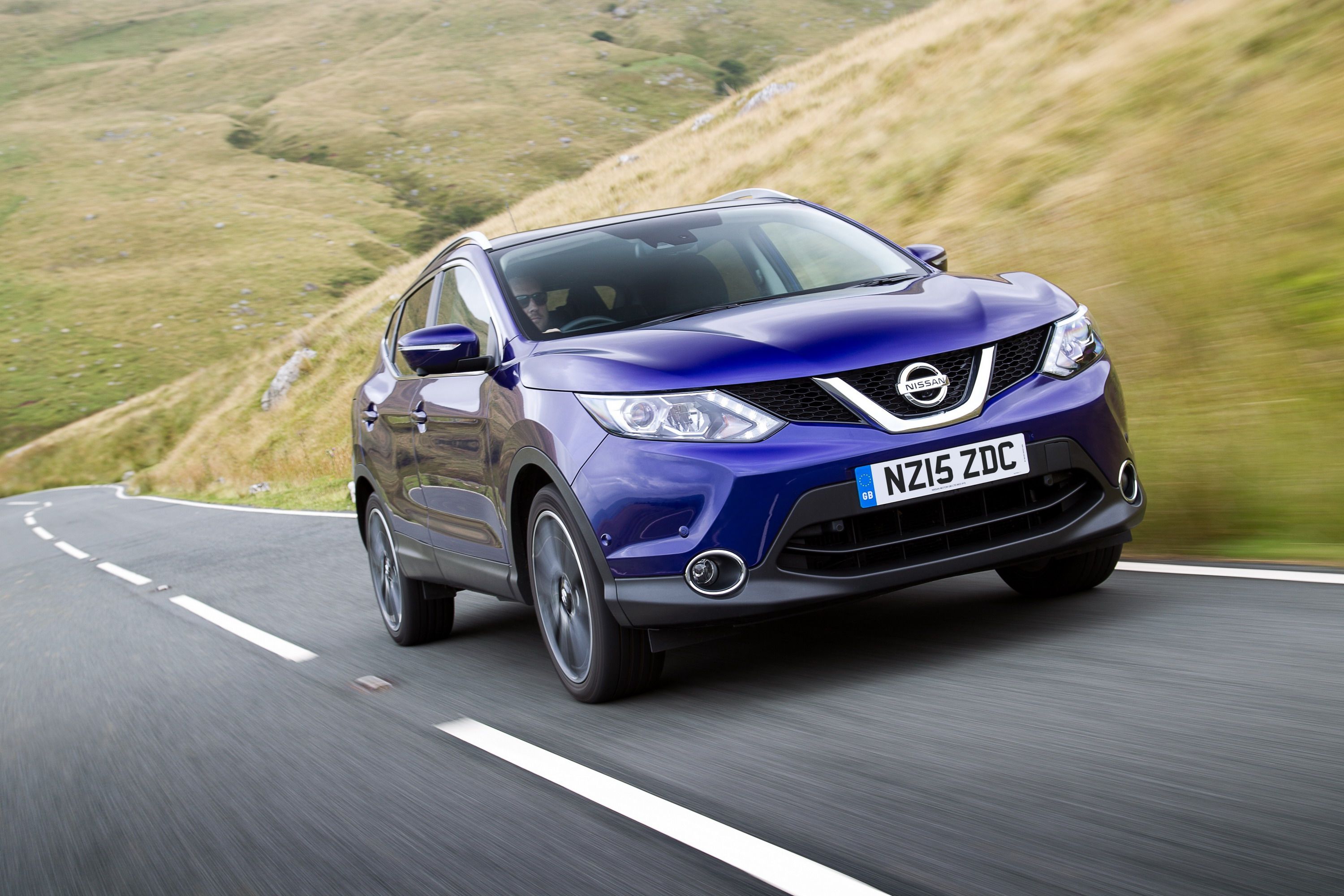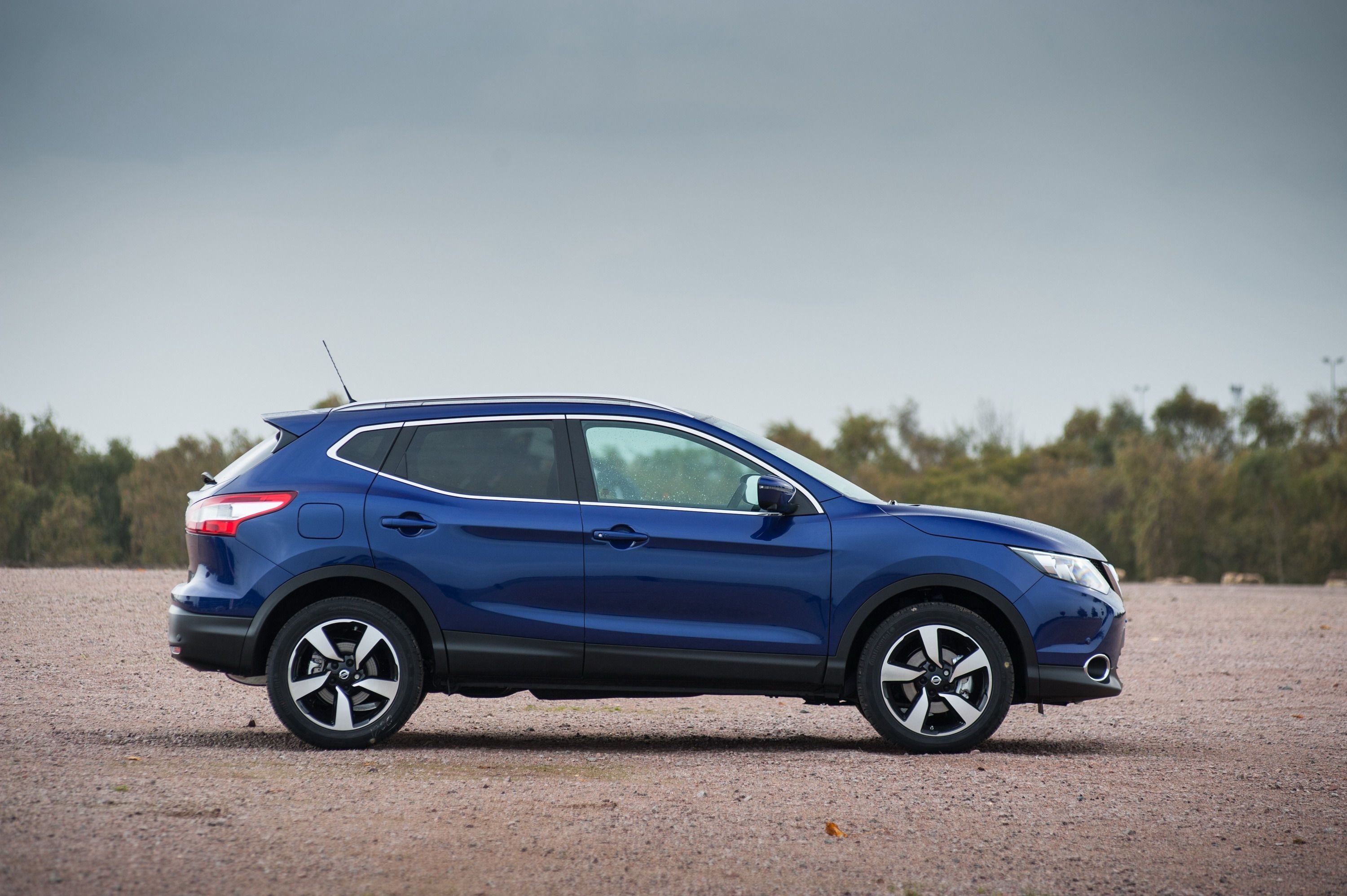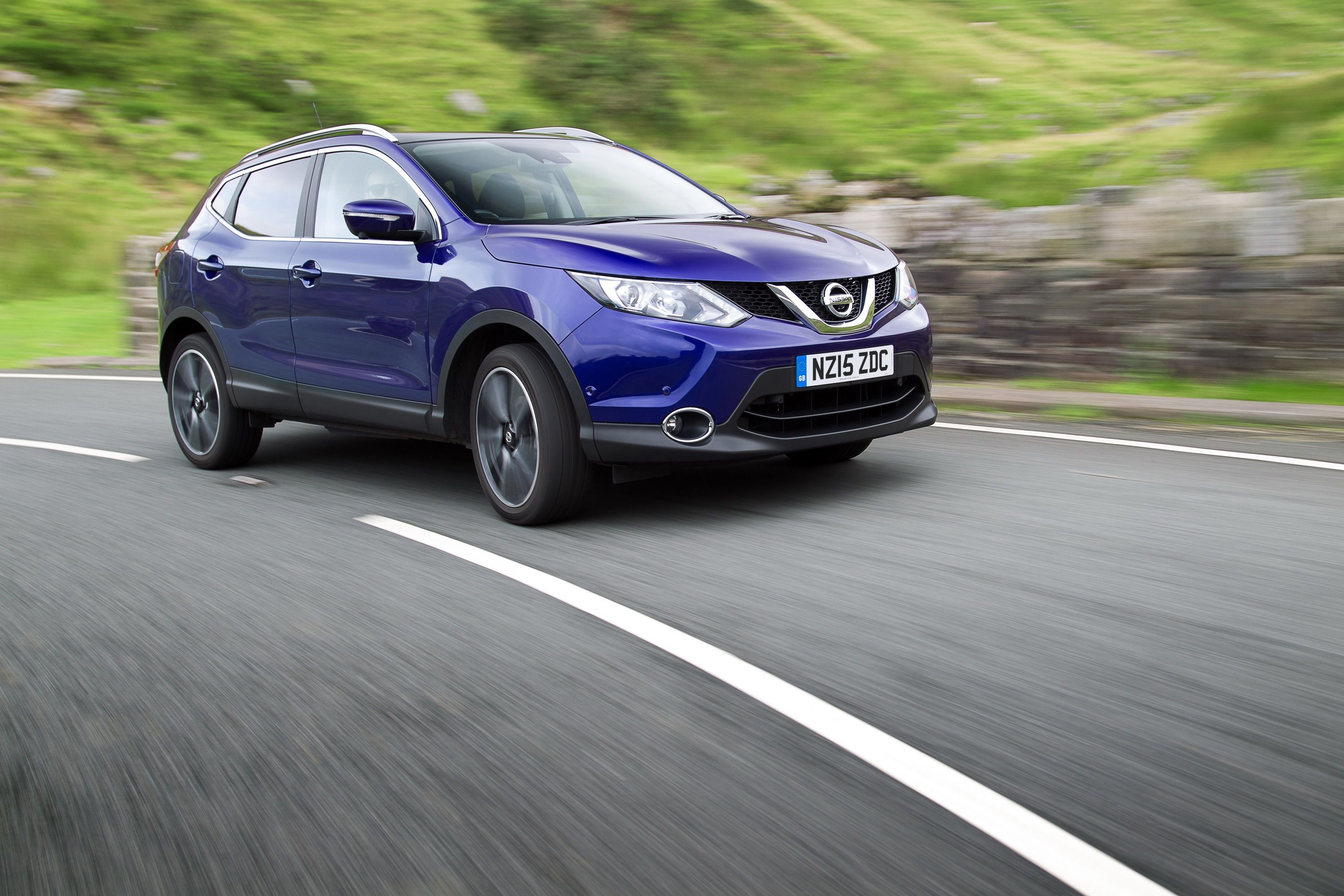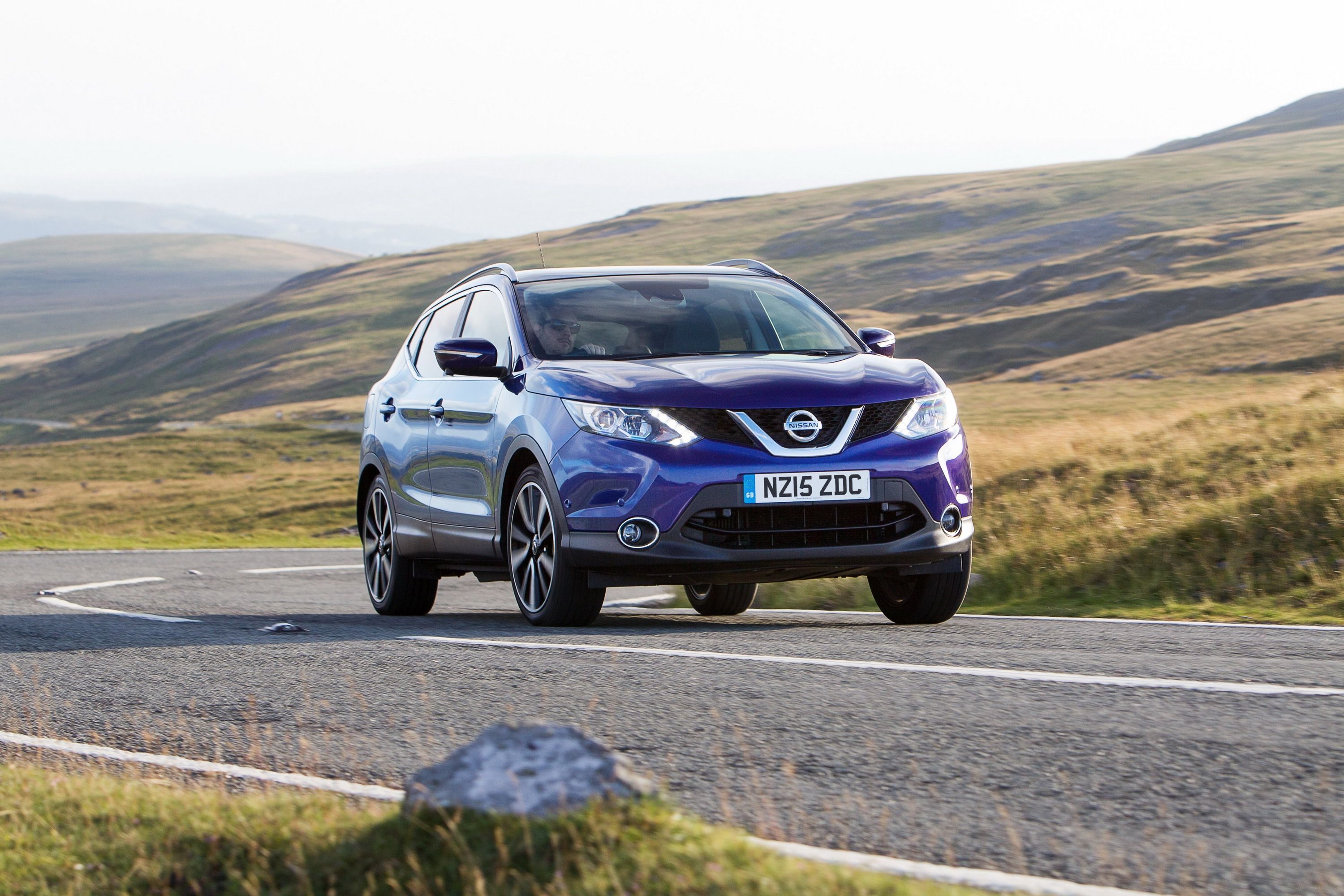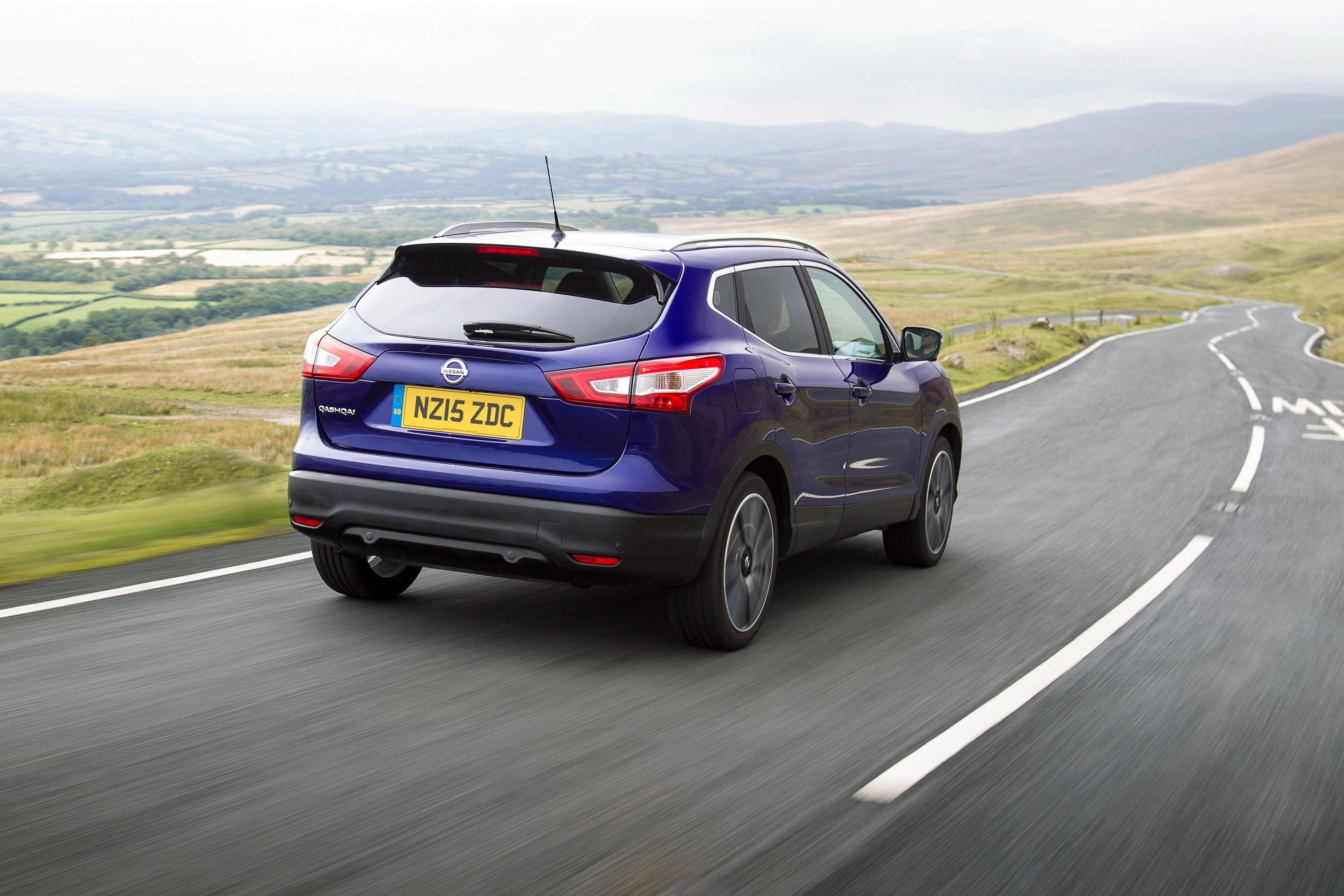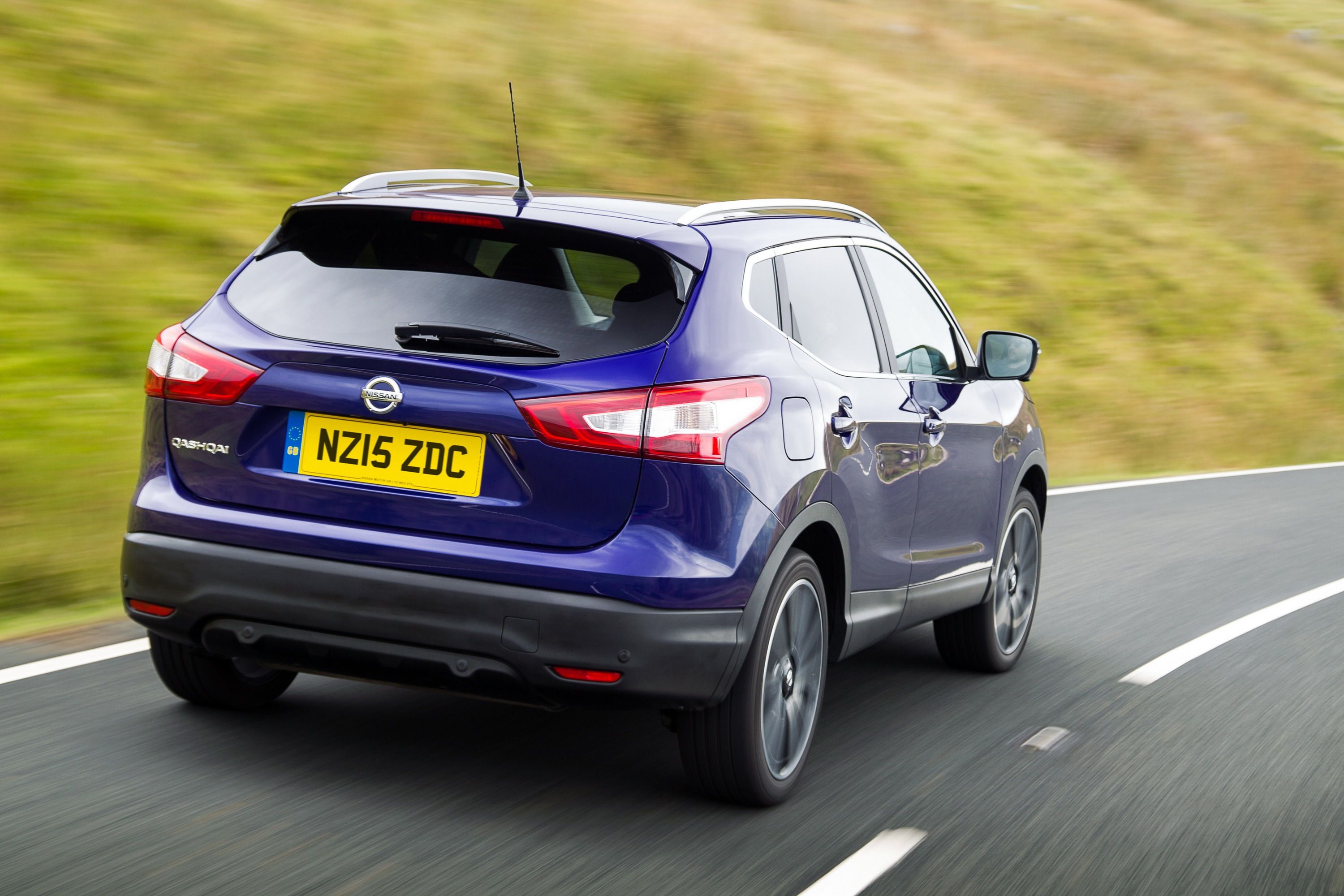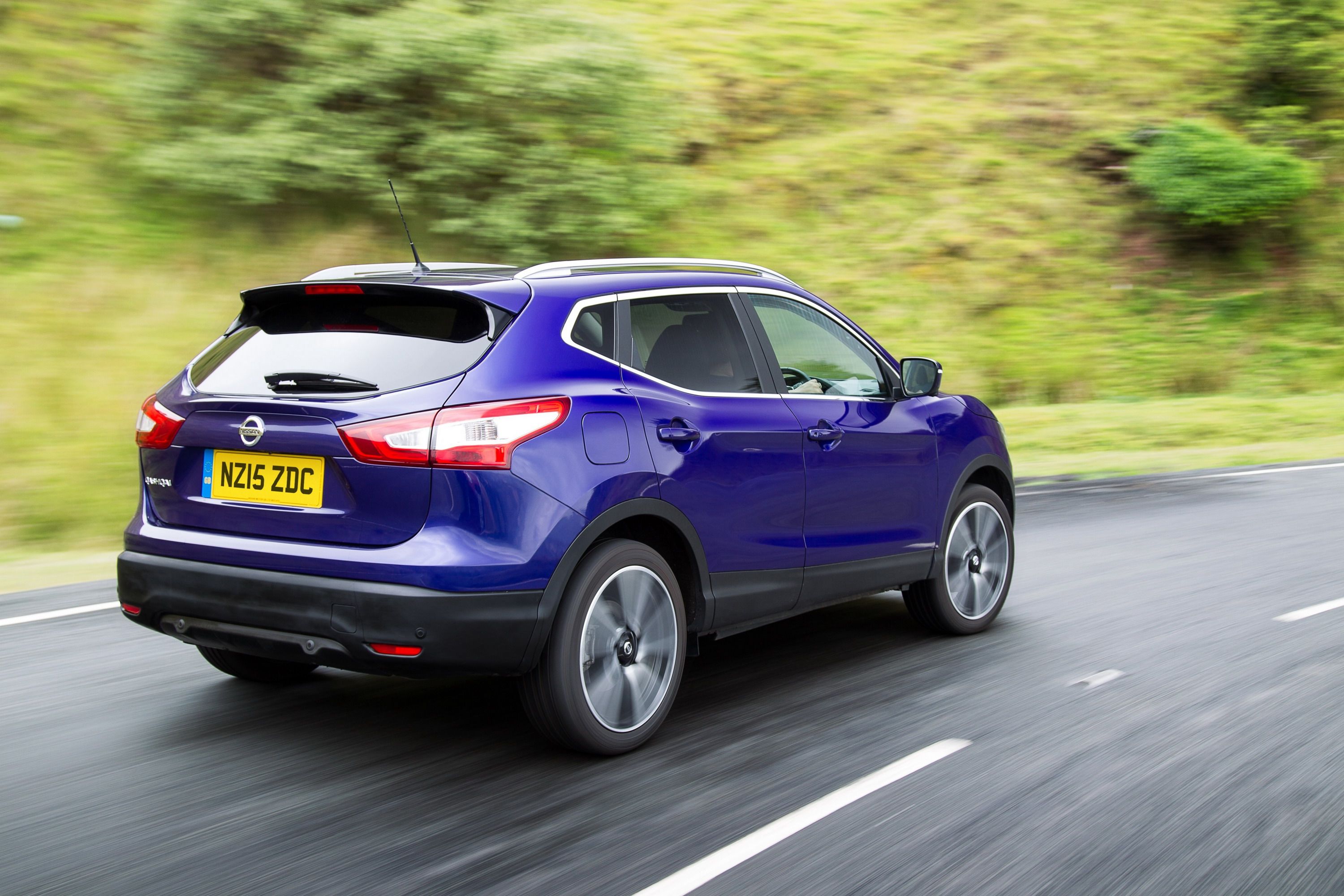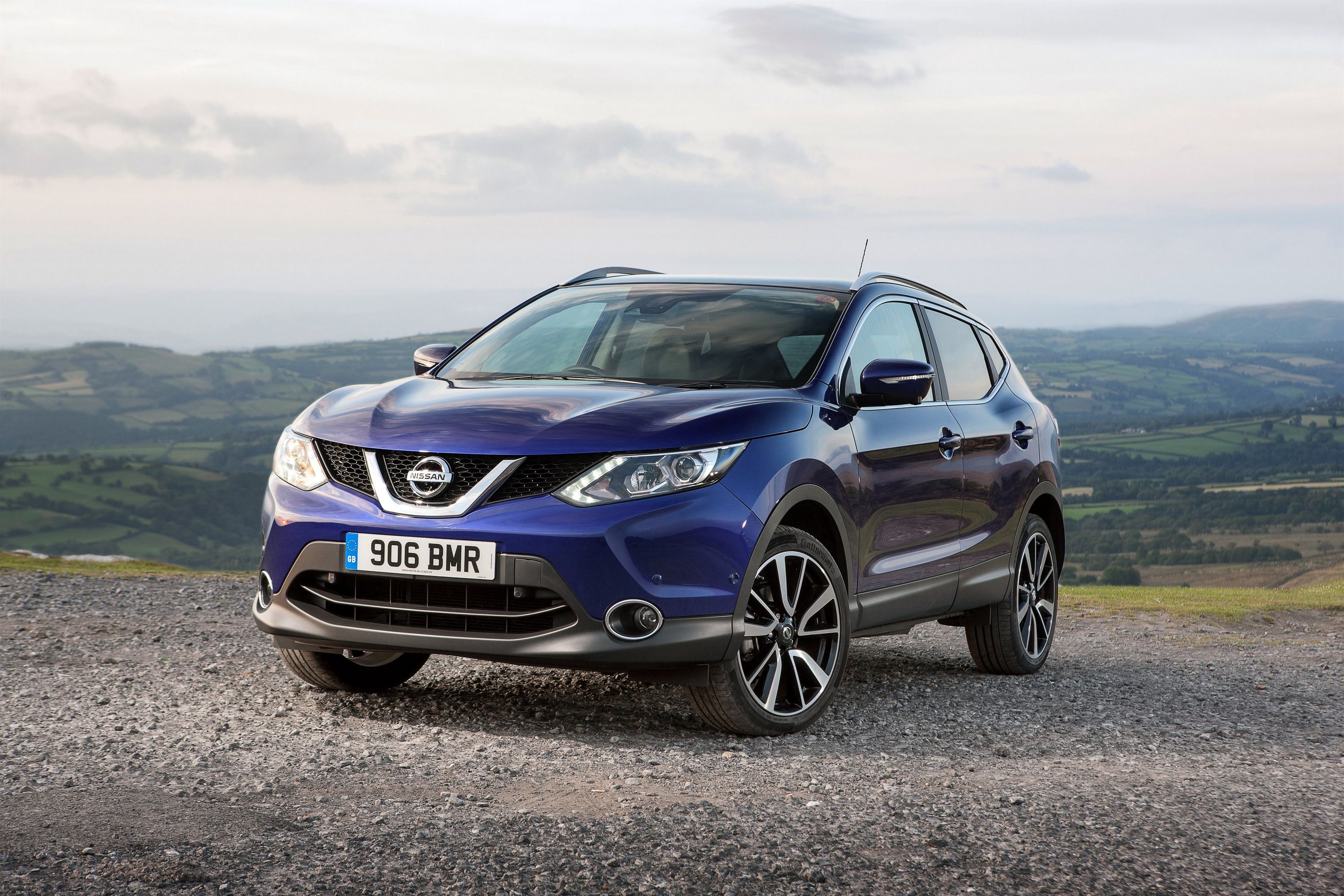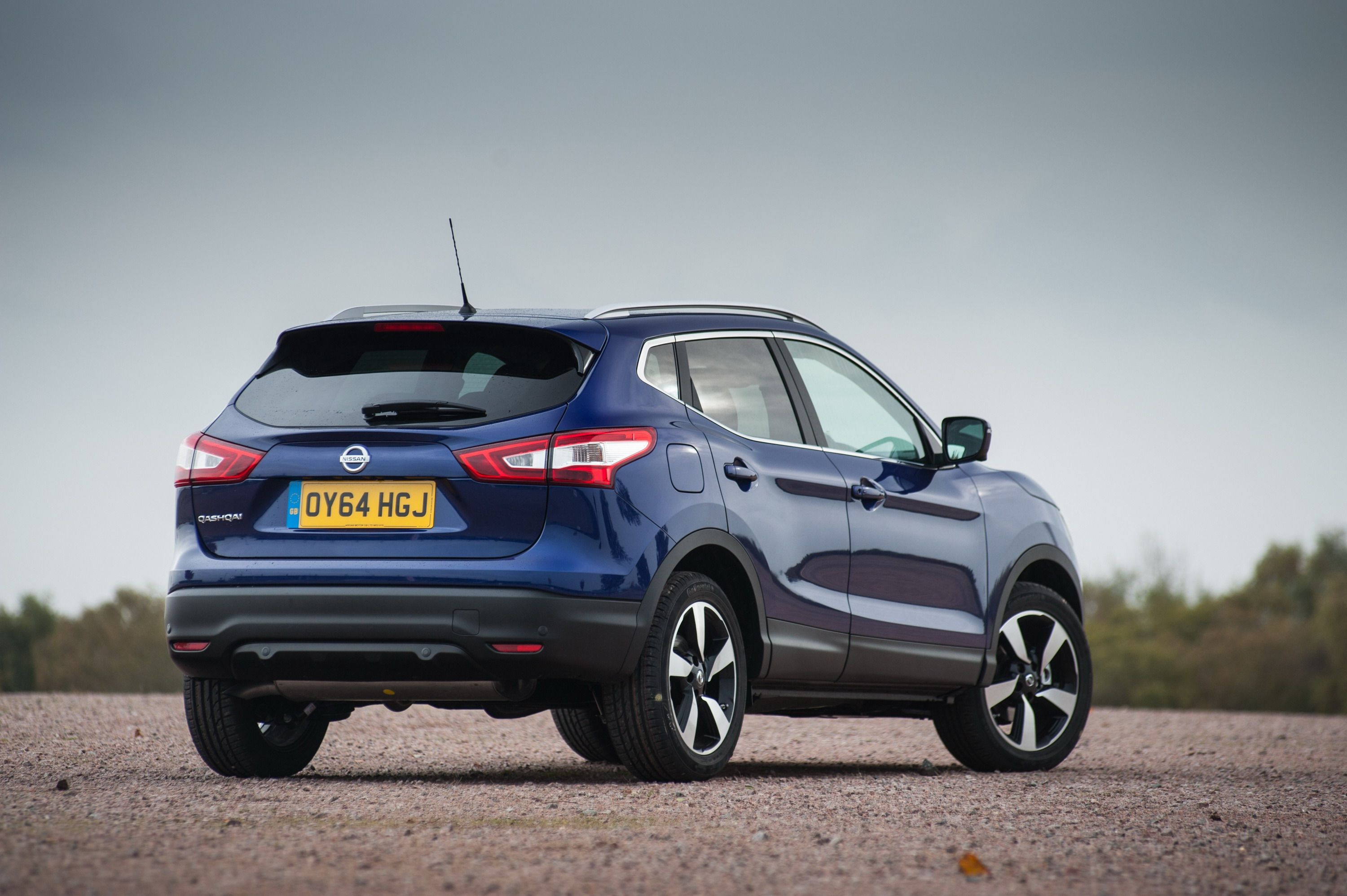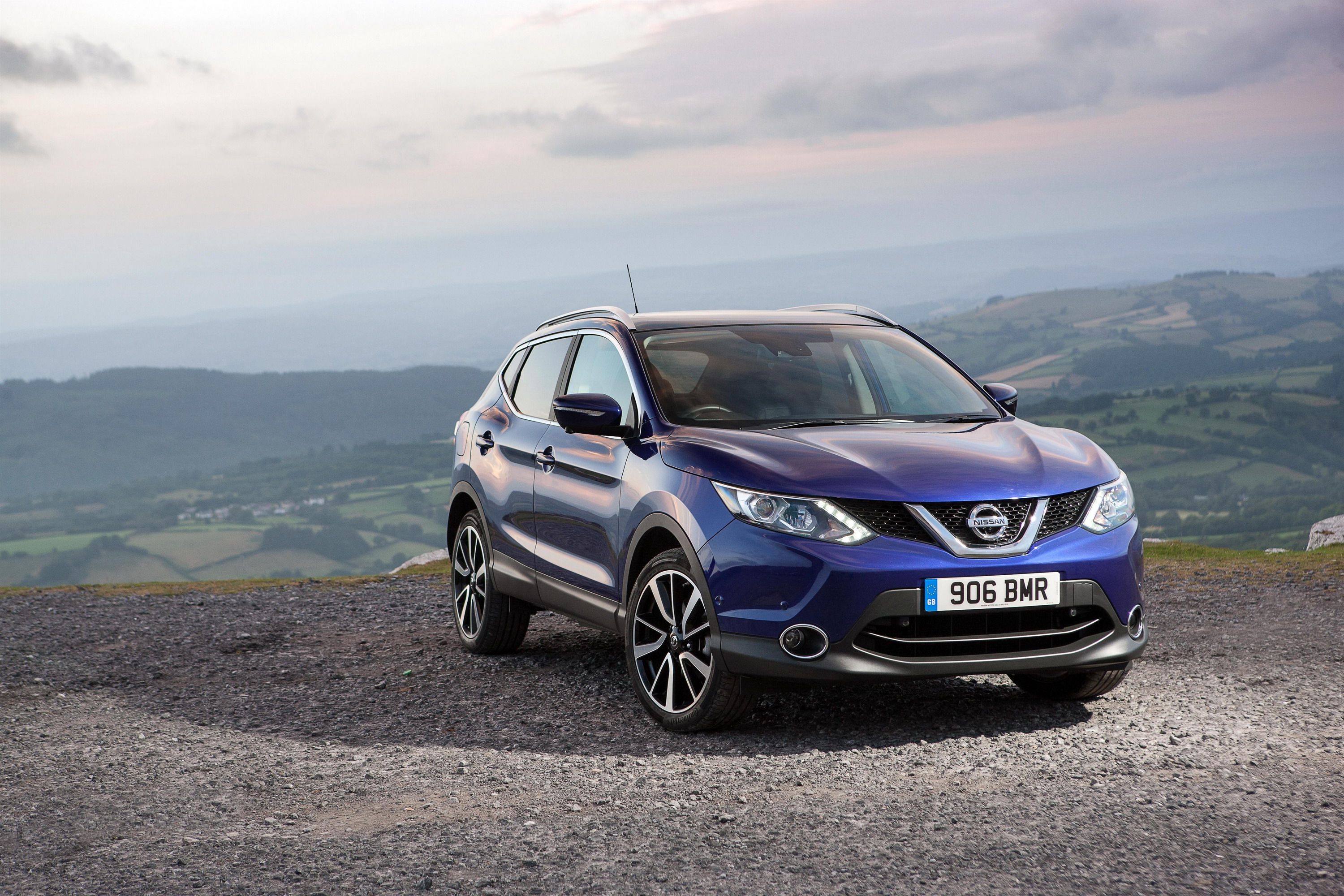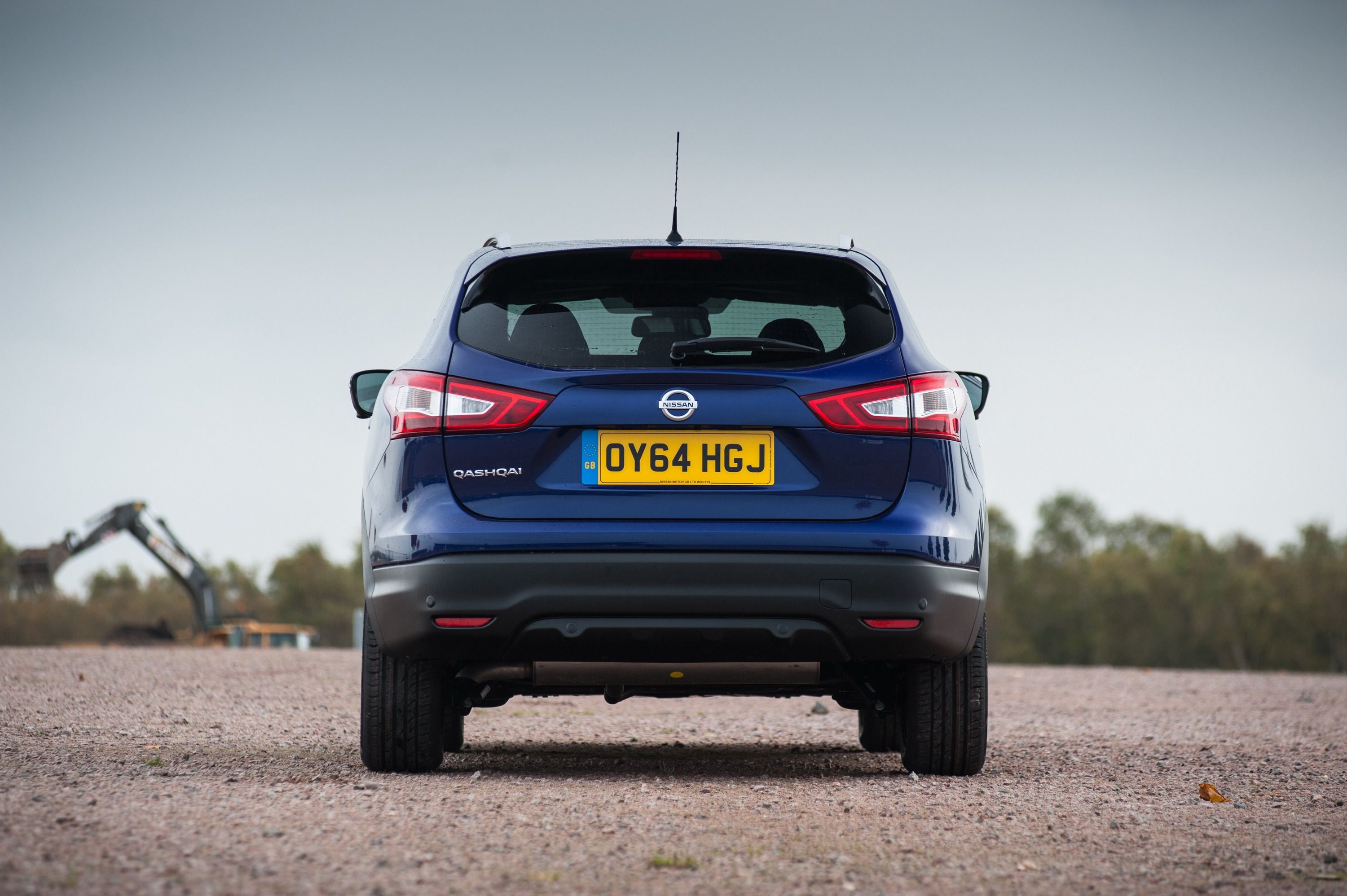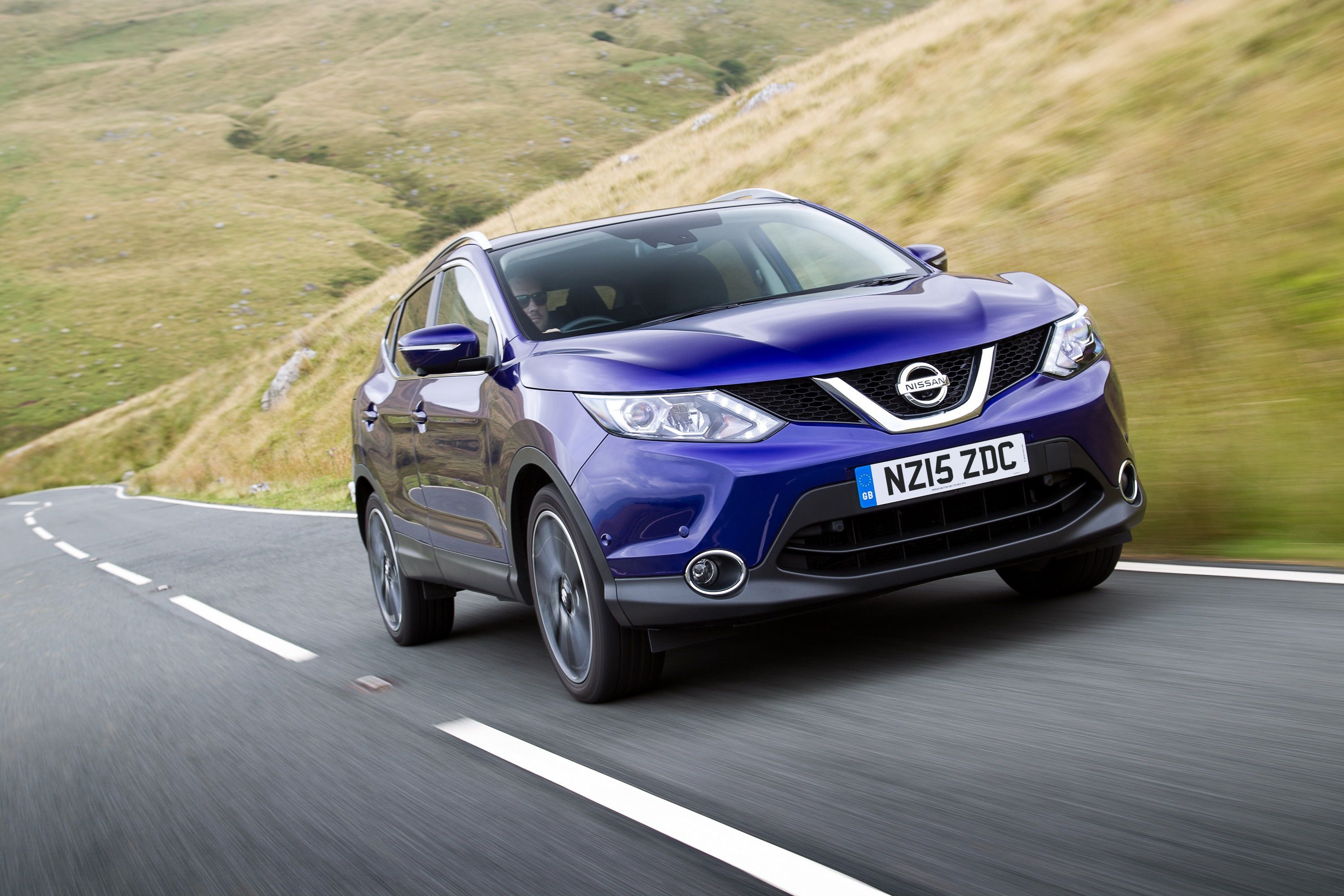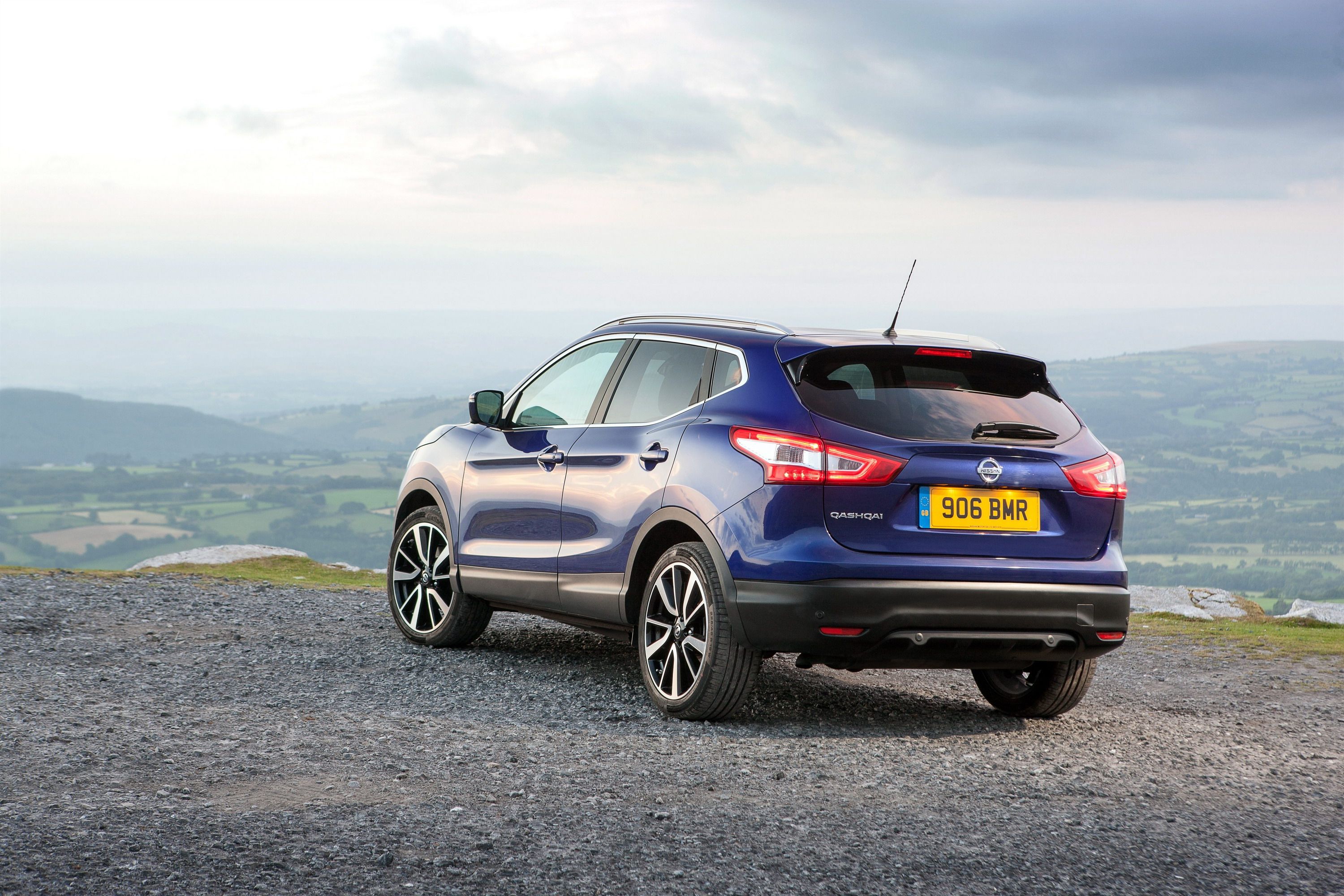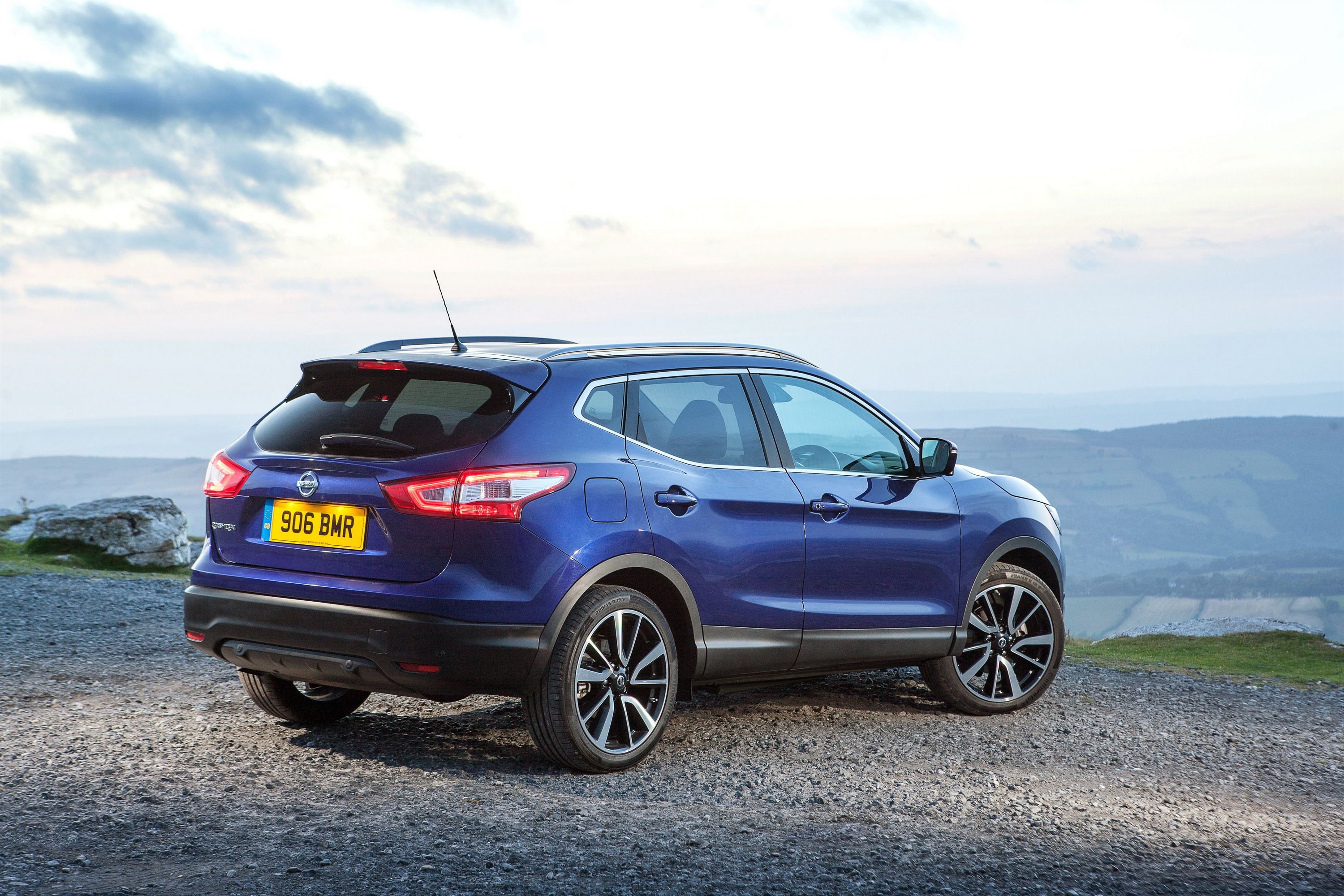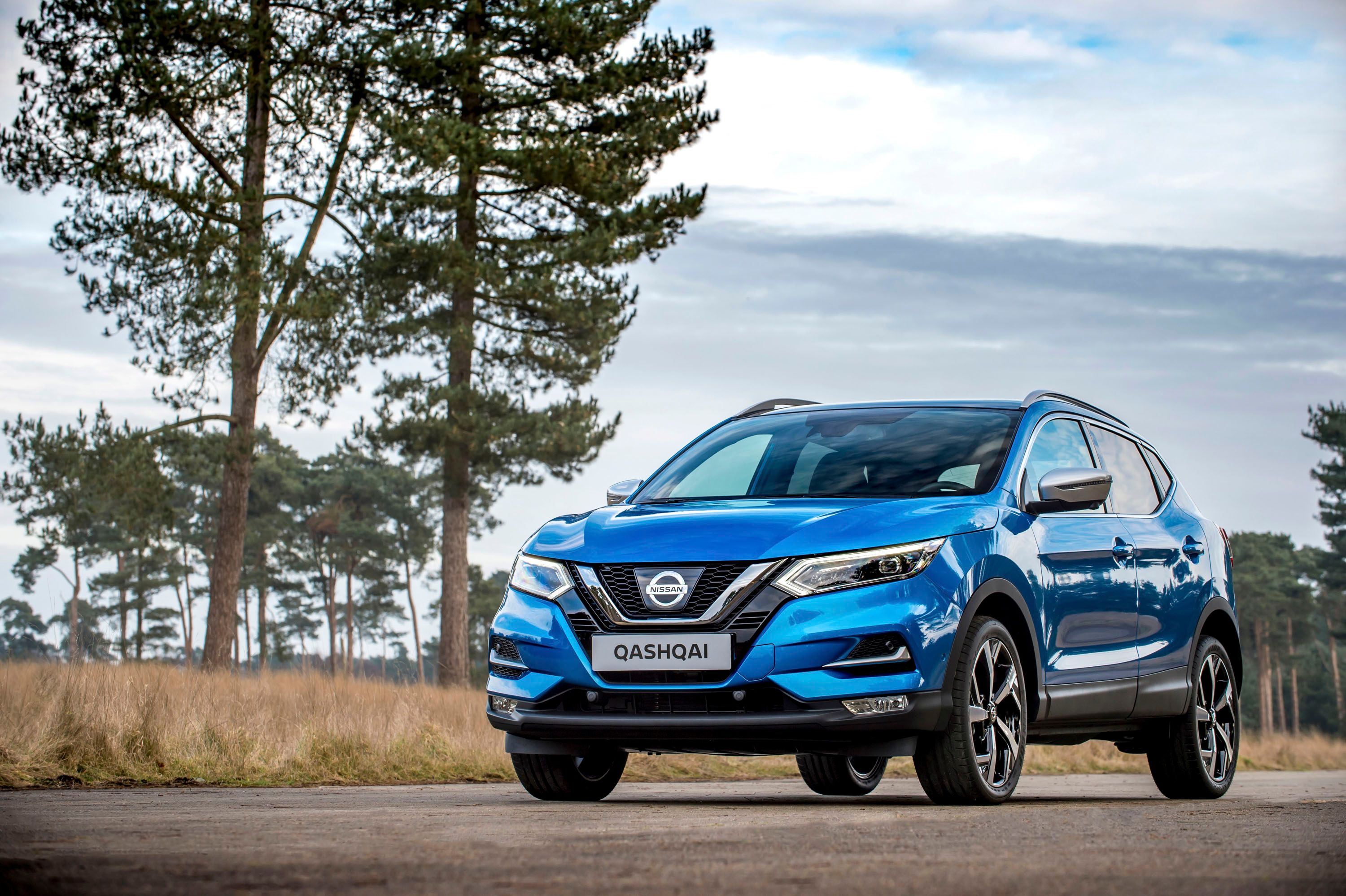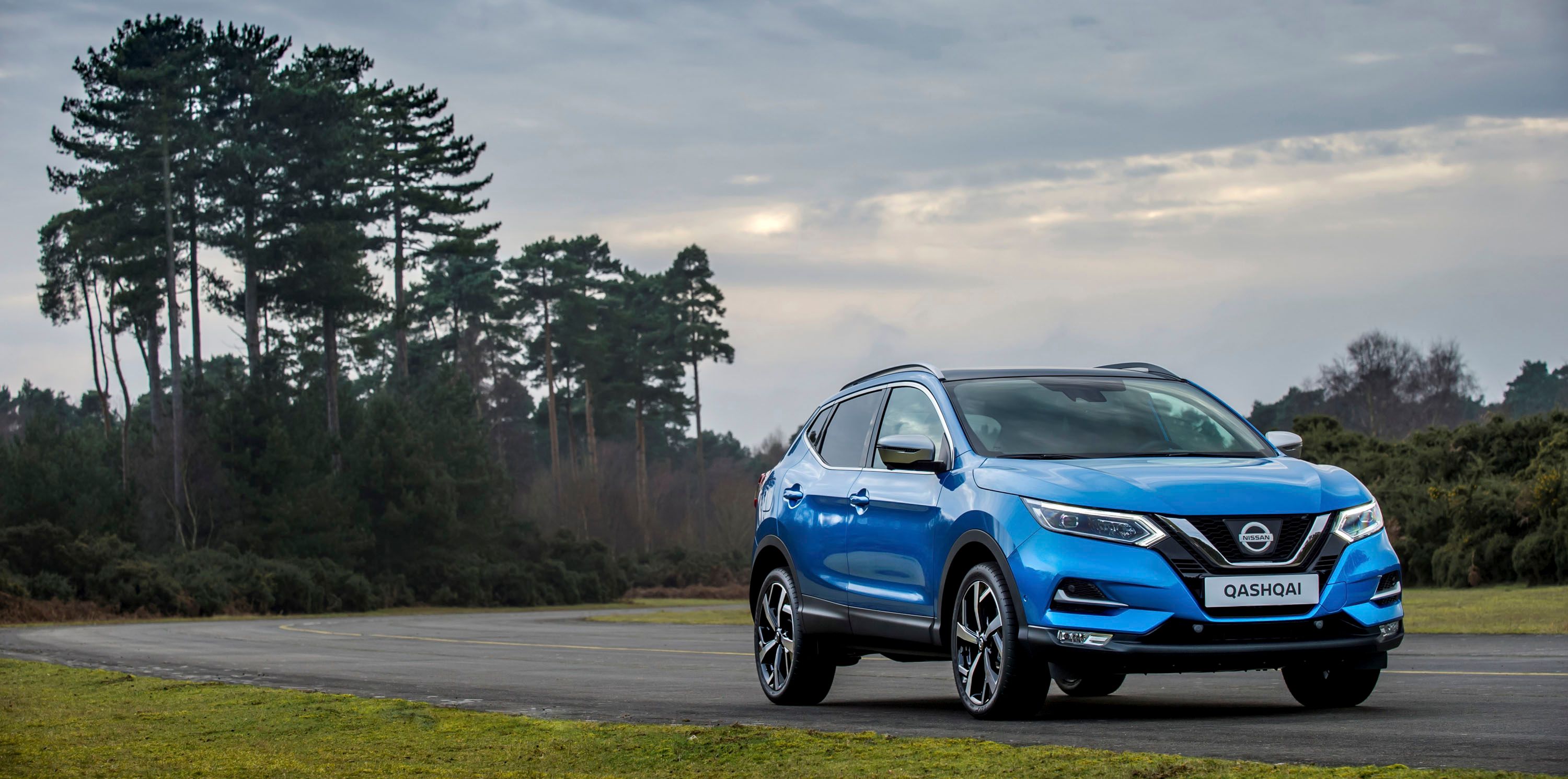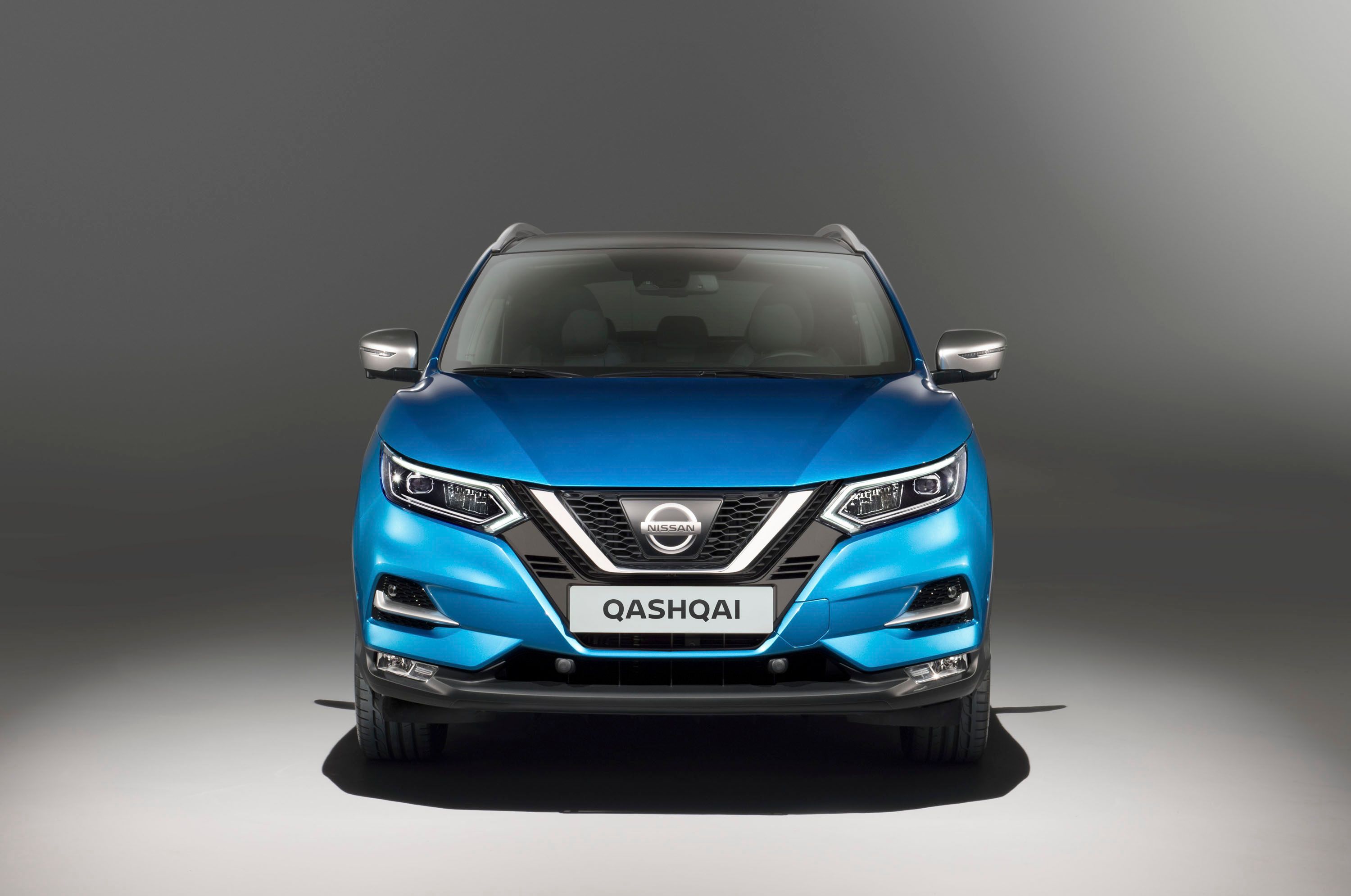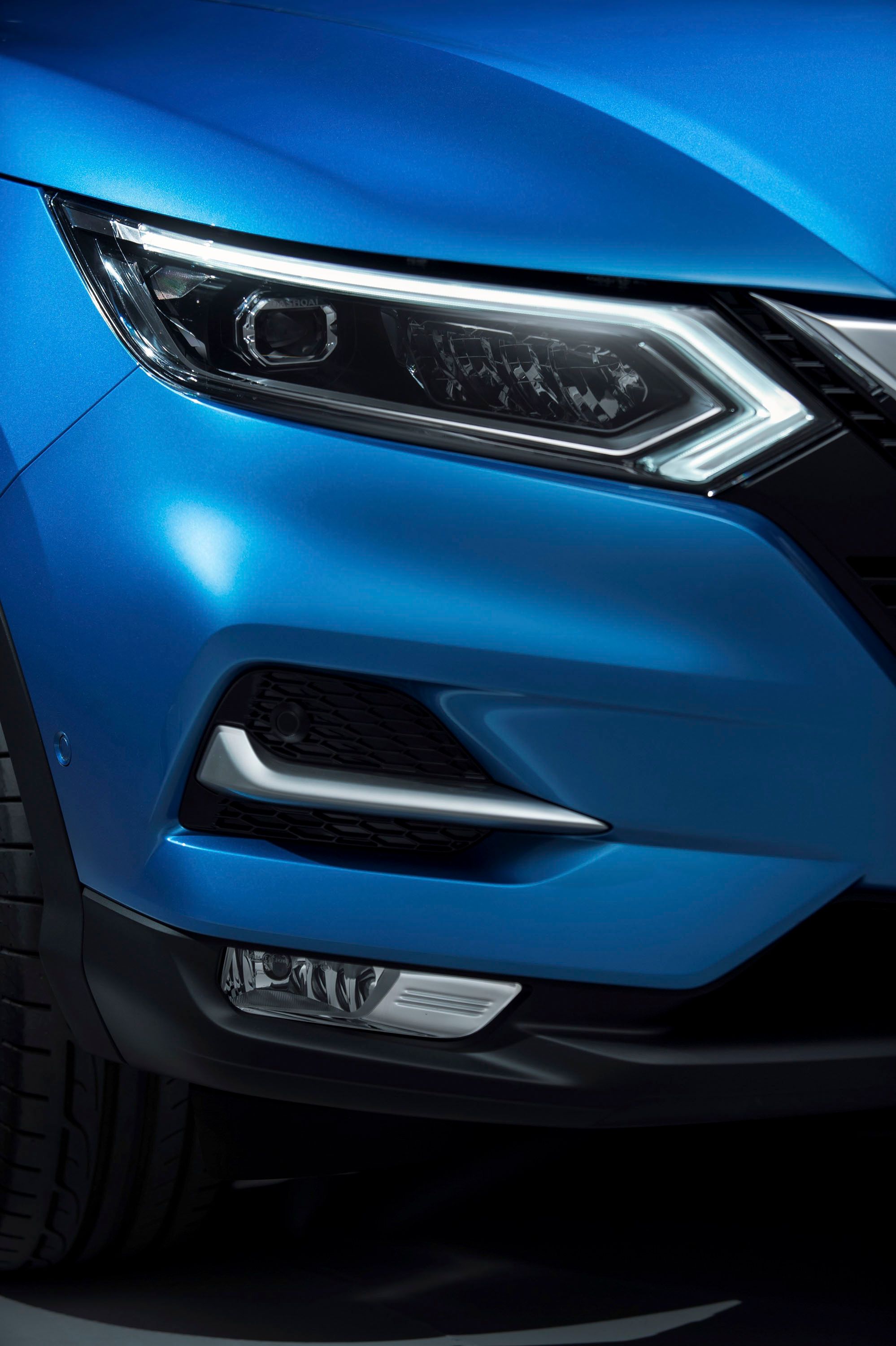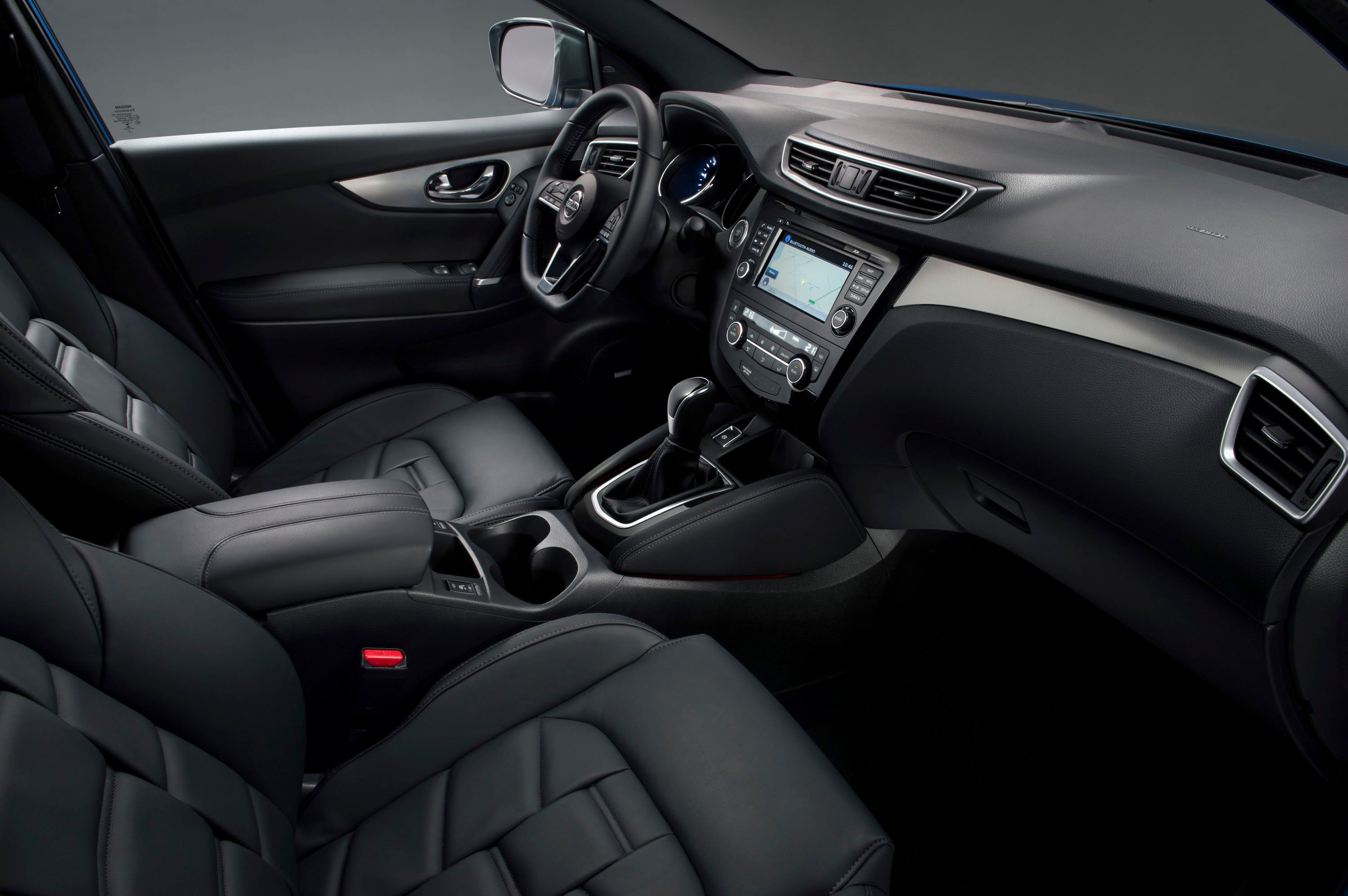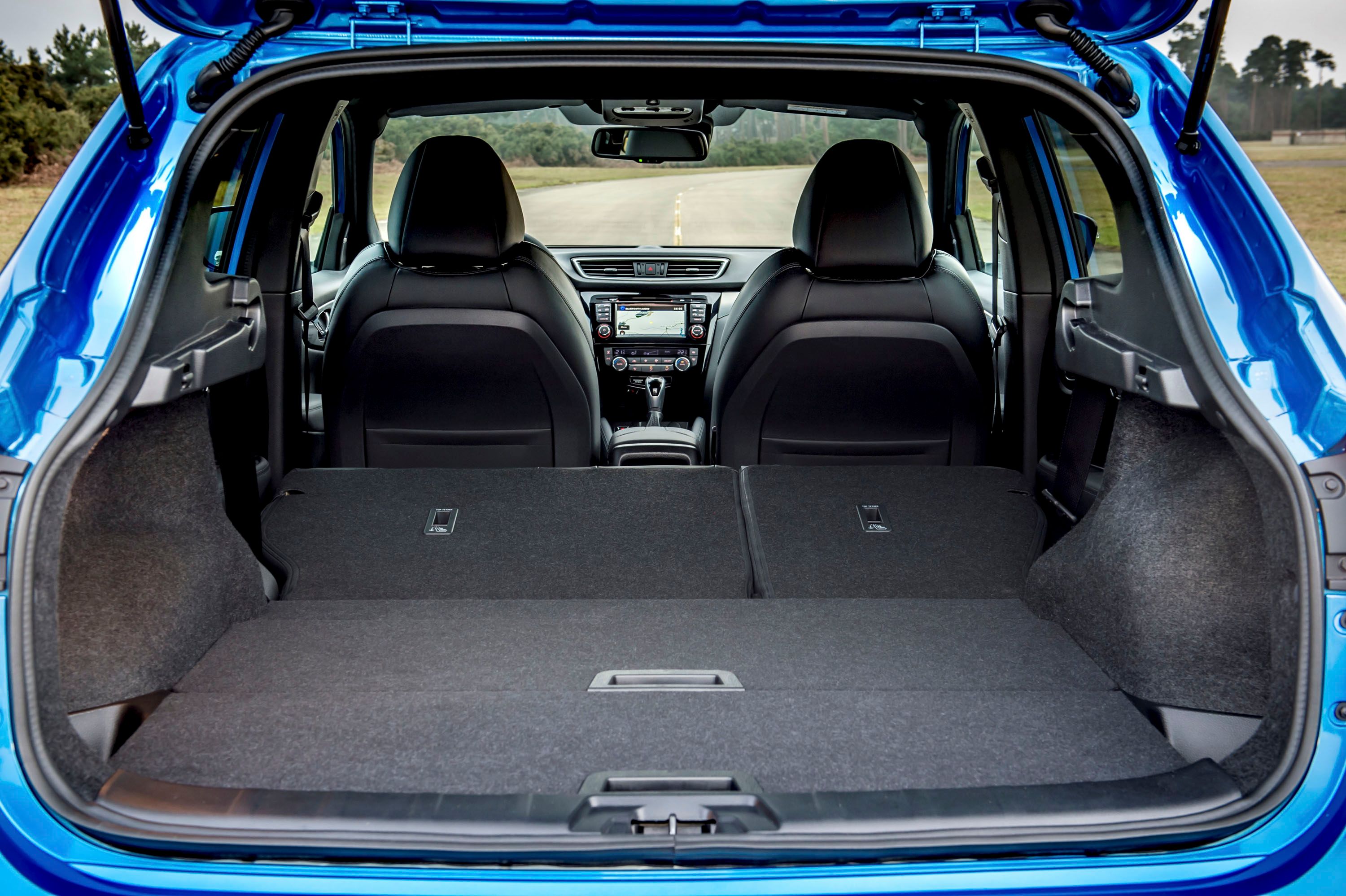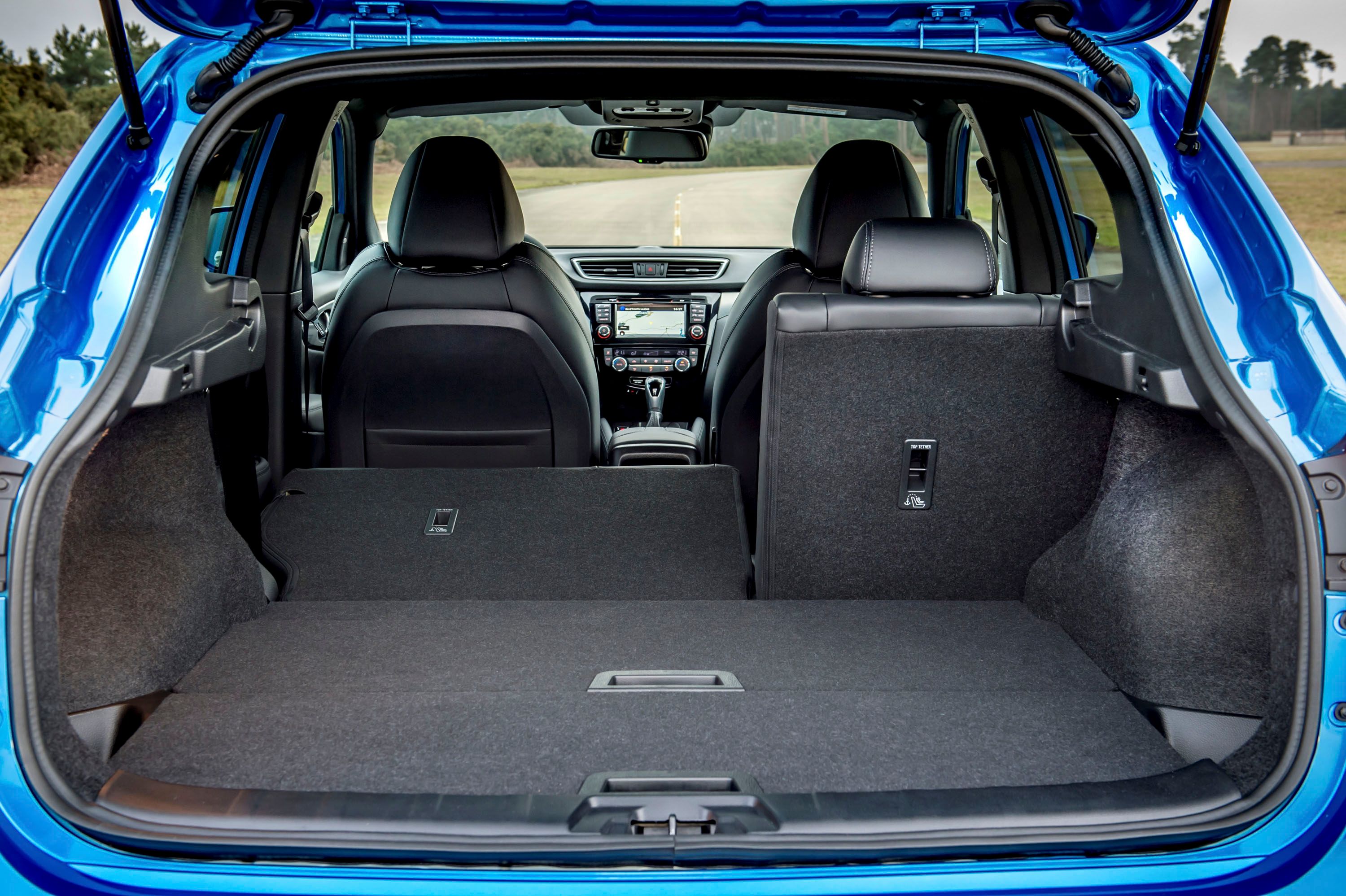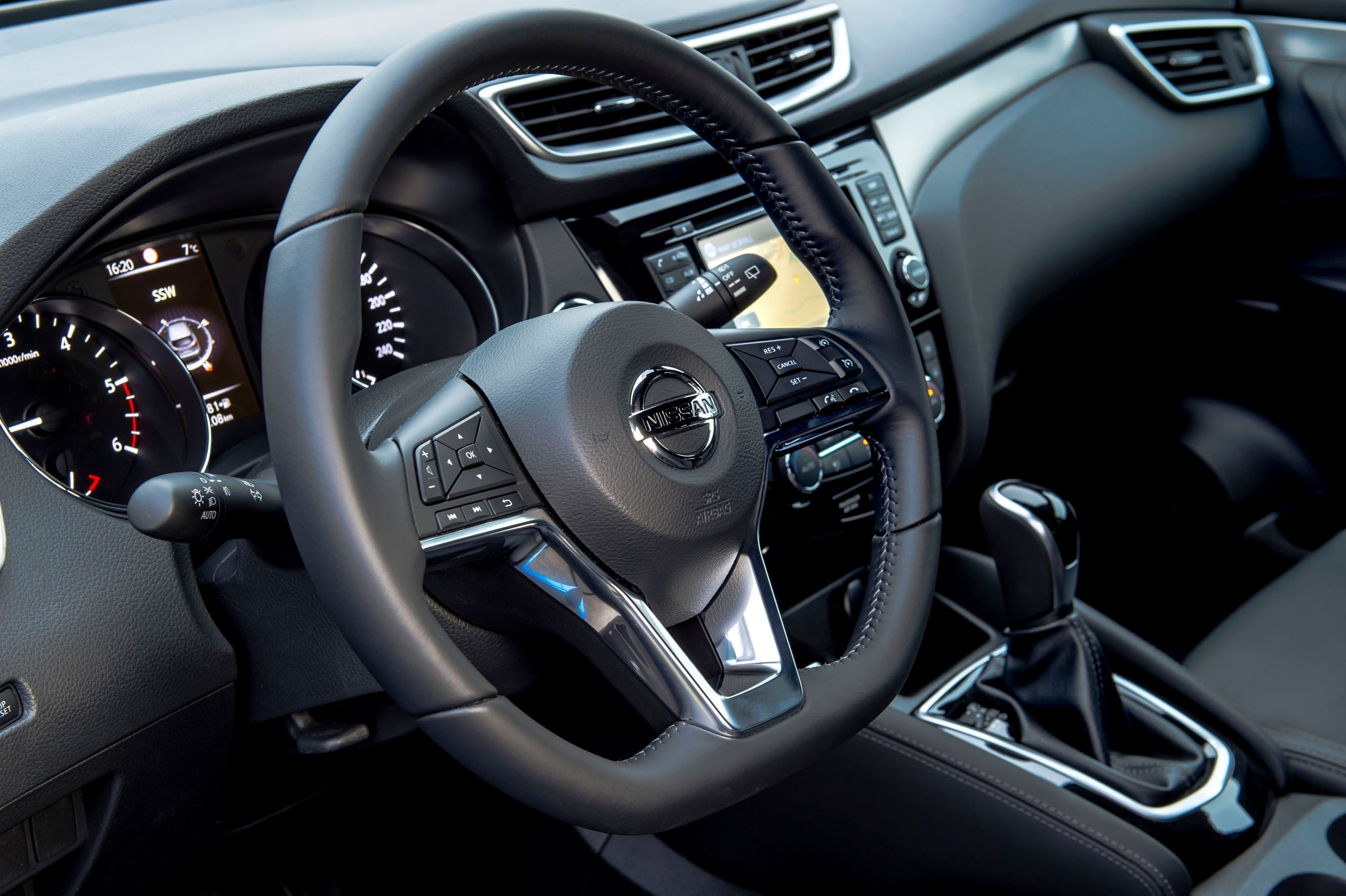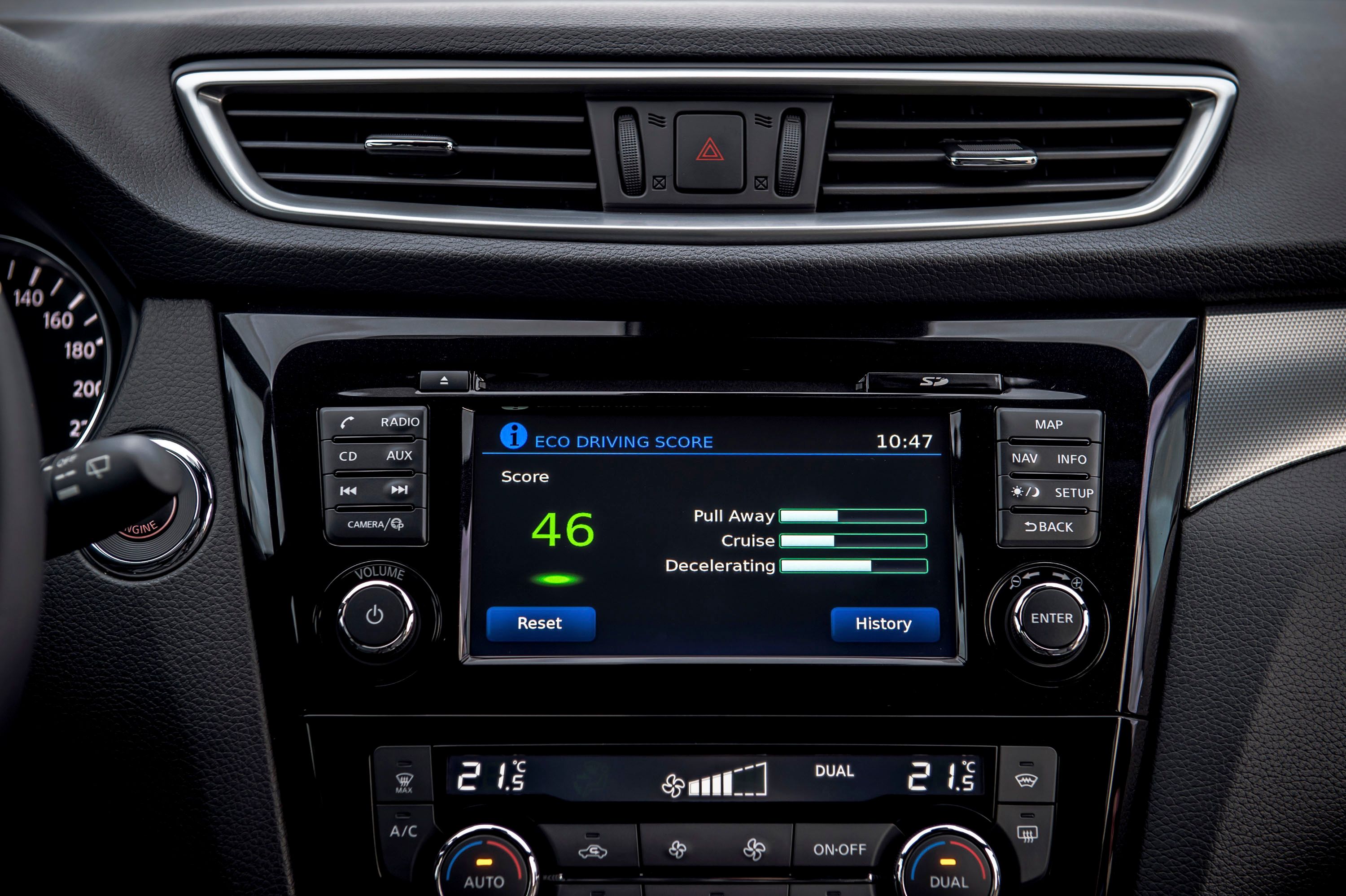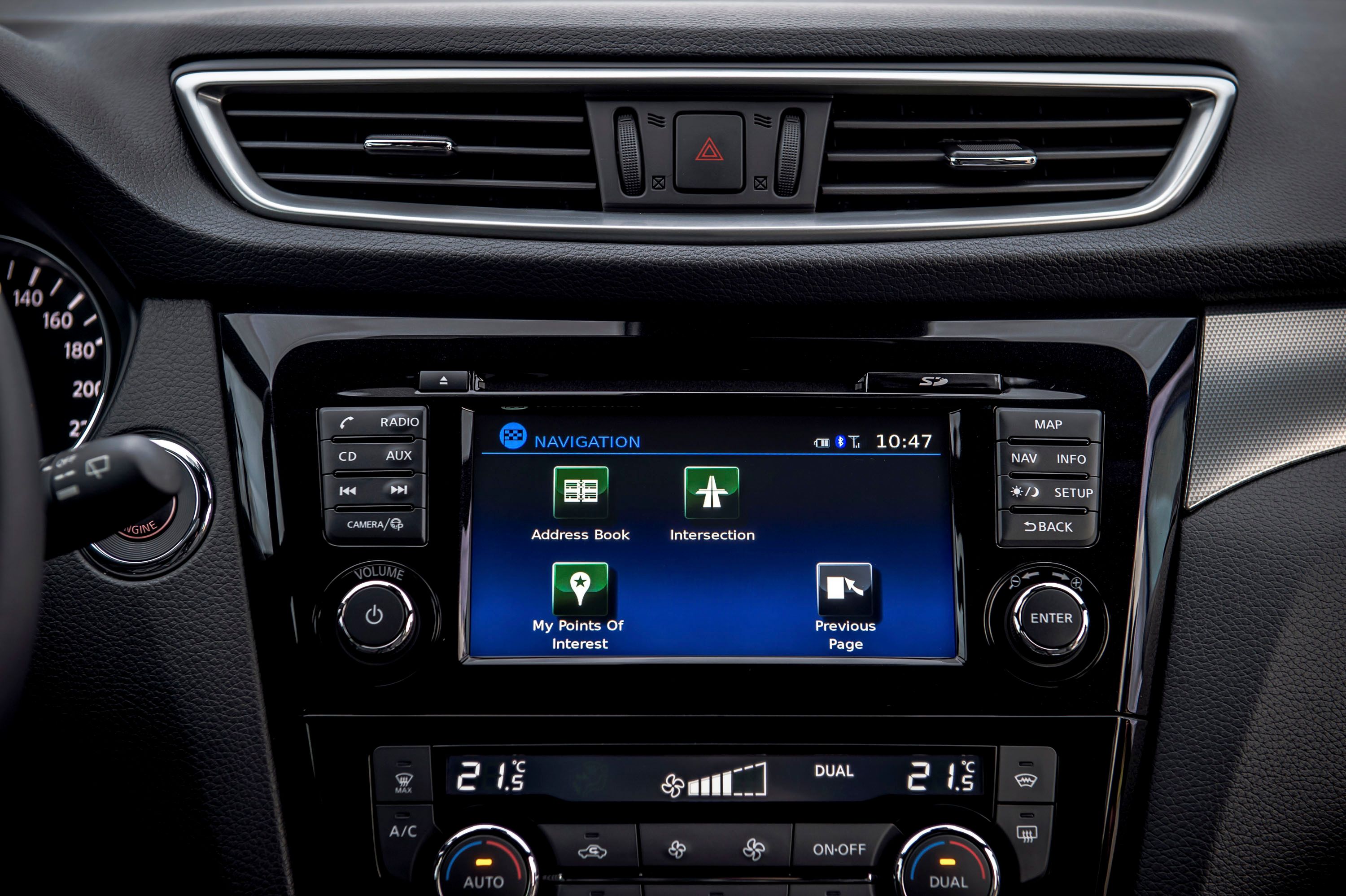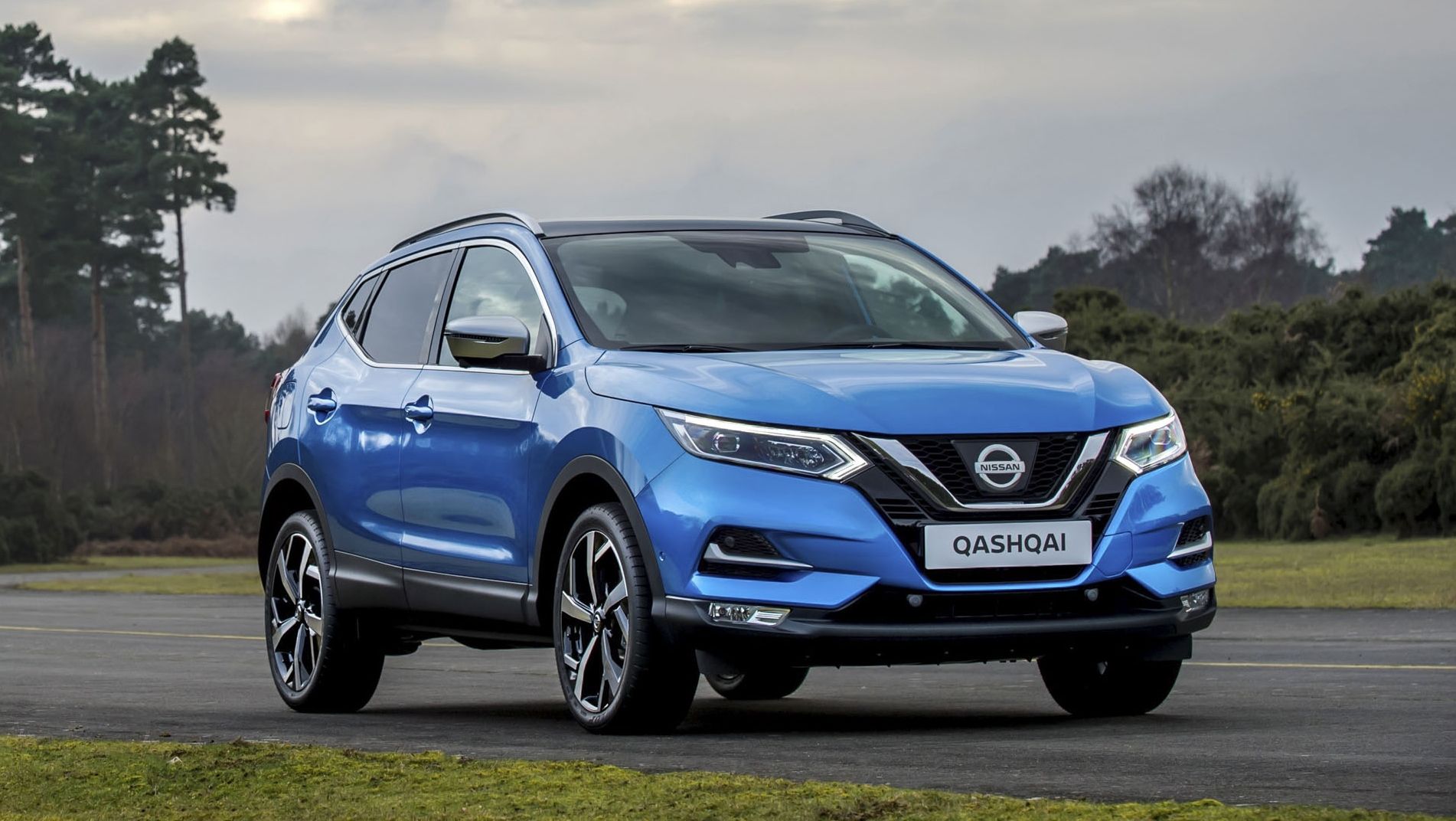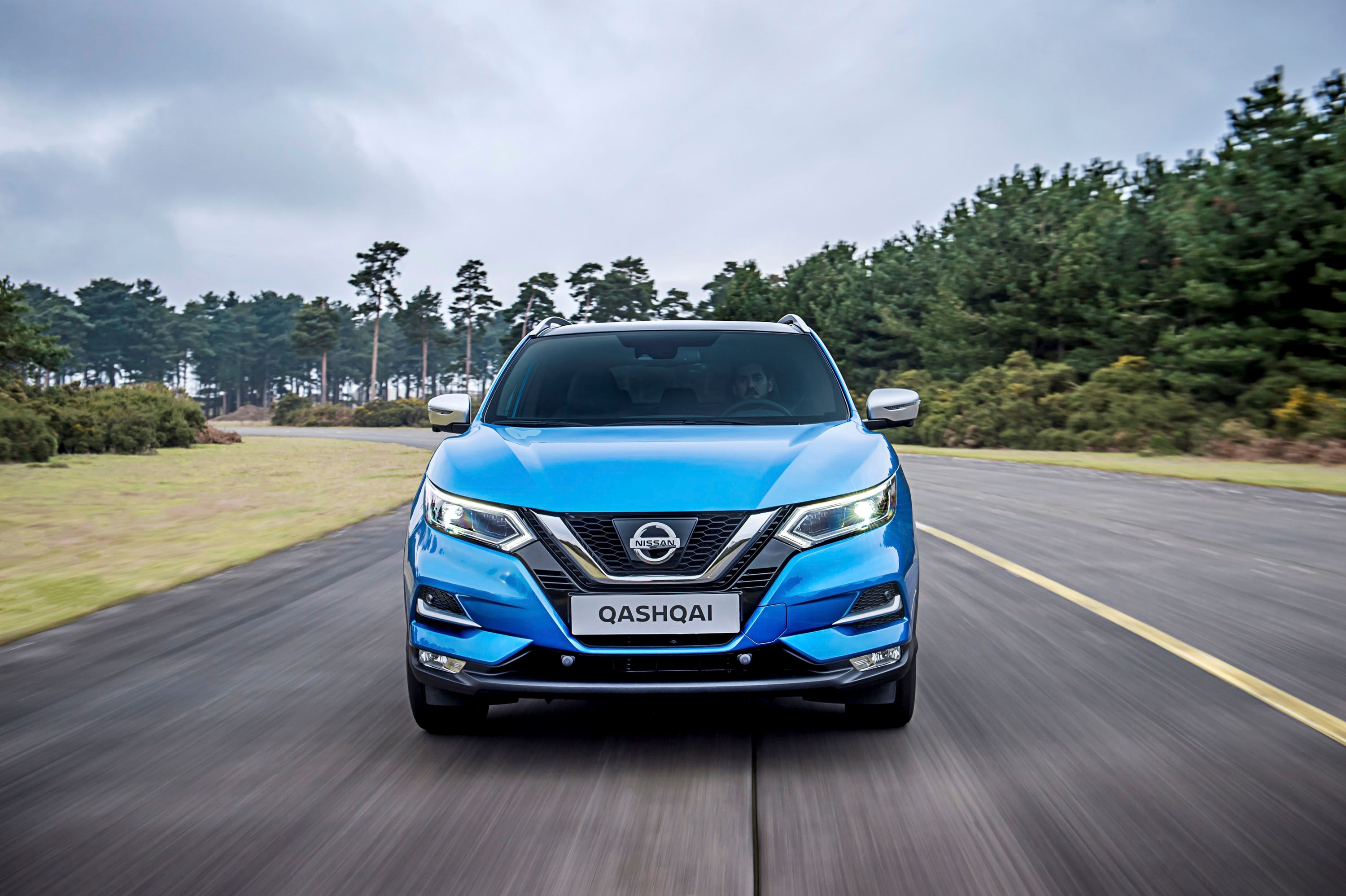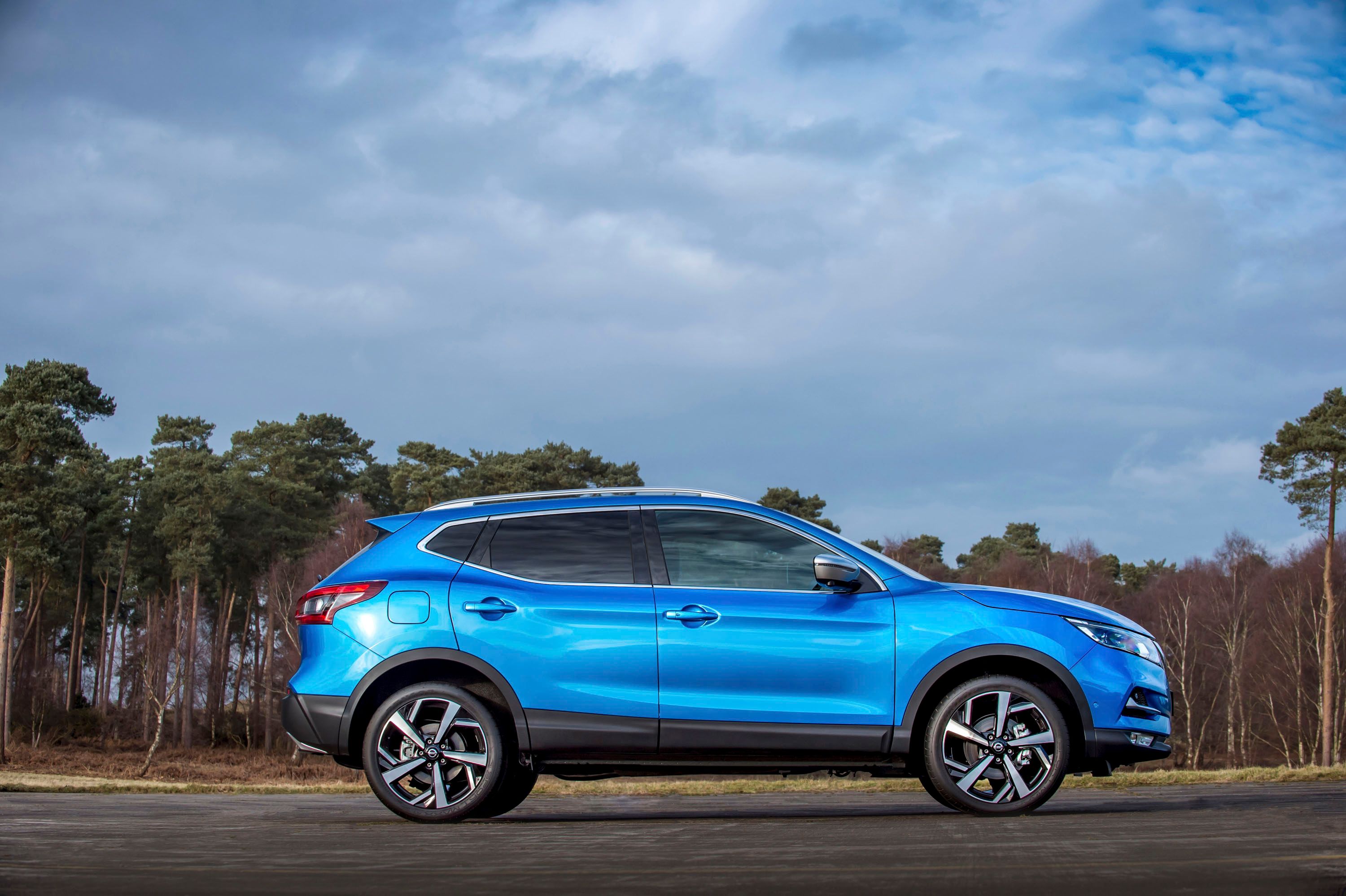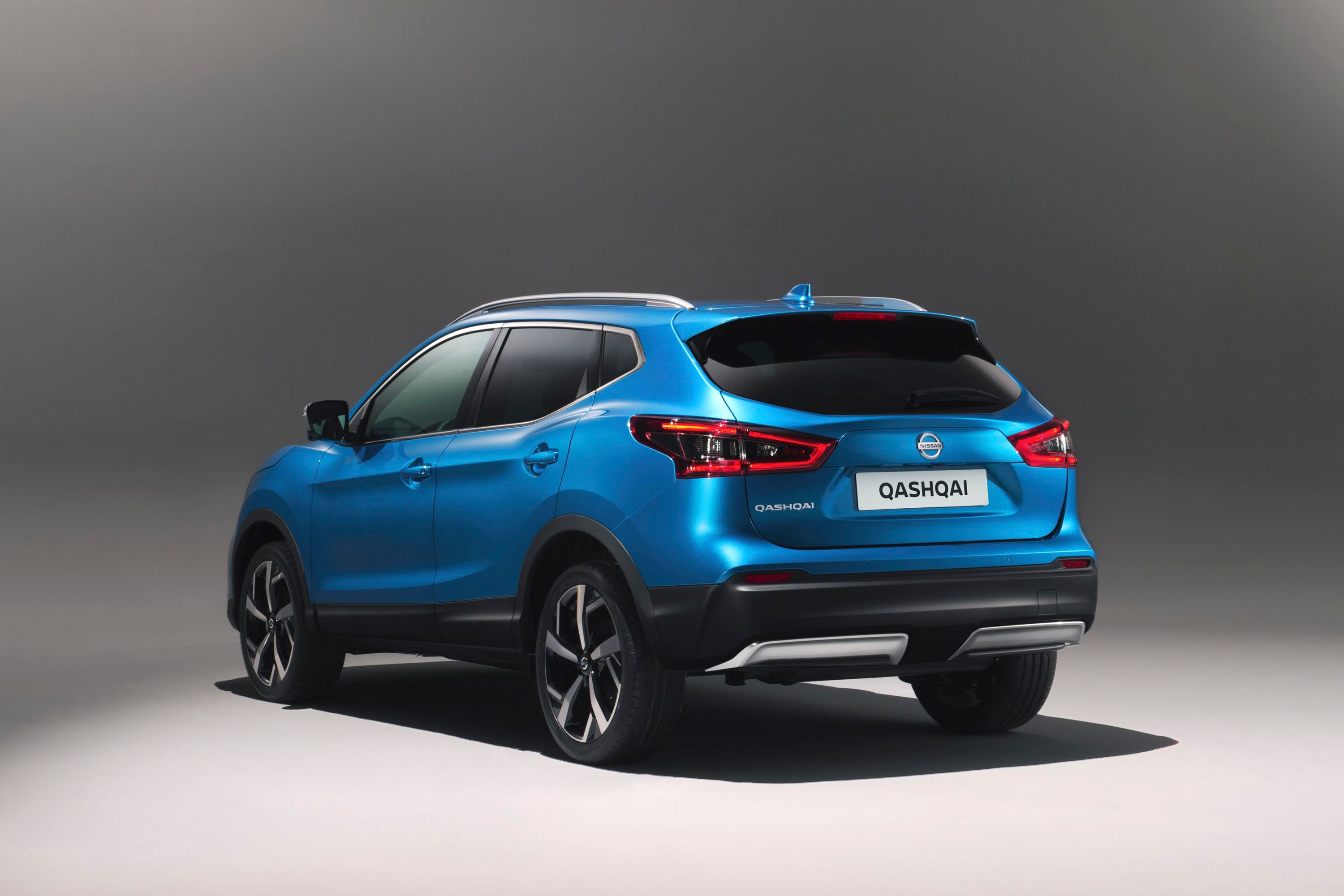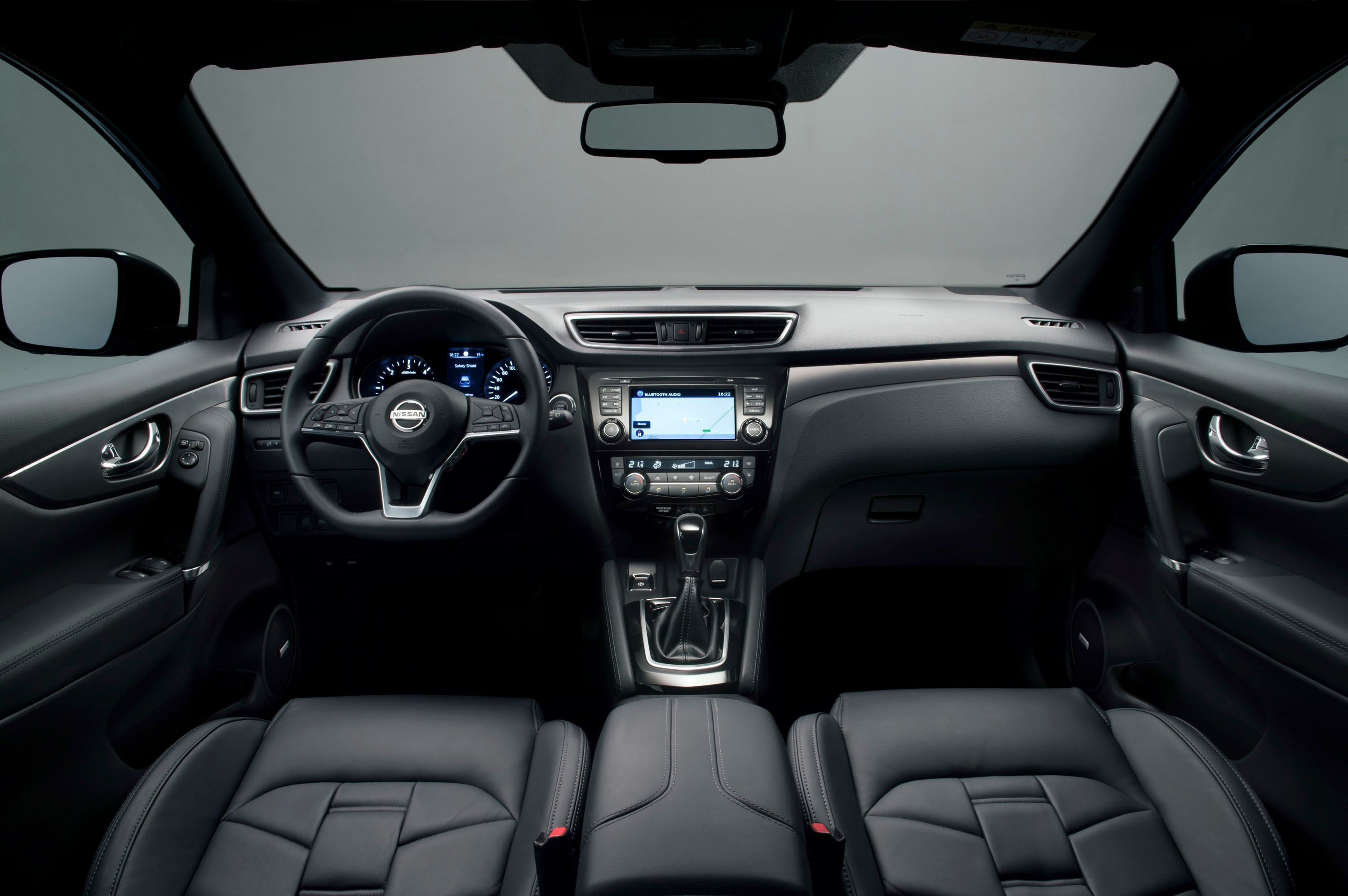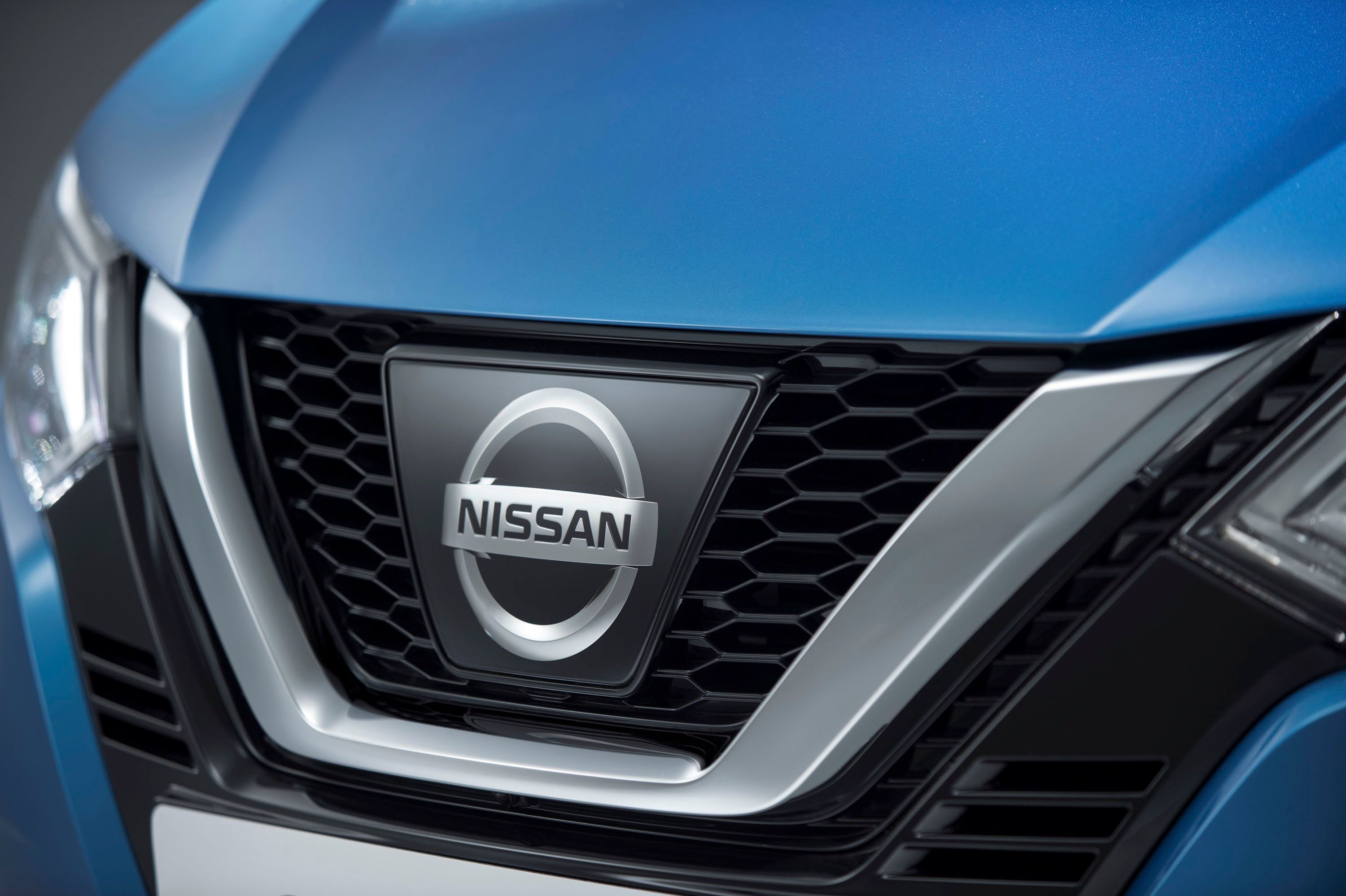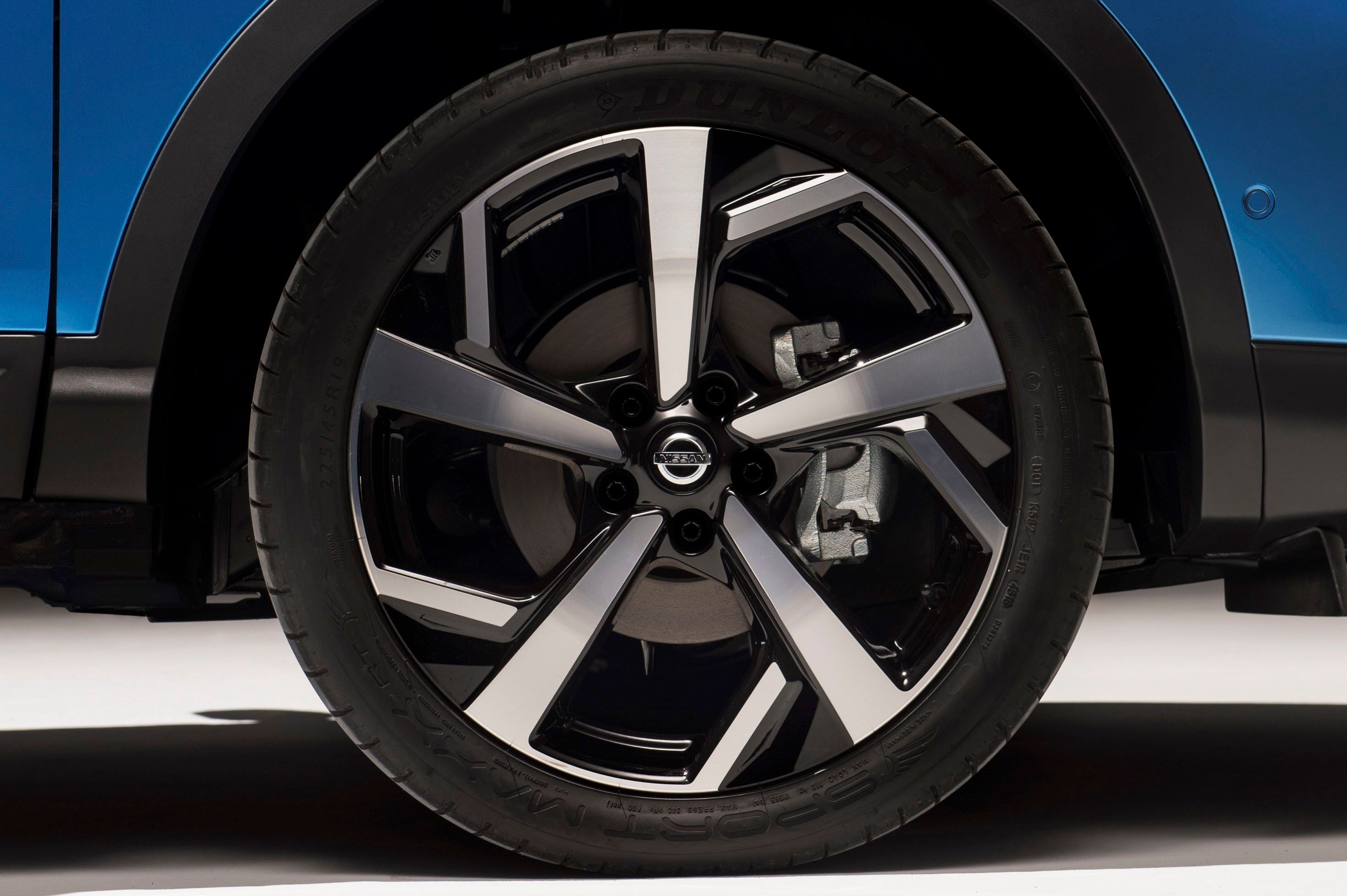The Nissan Qashqai->ke1889 was first released in 2007, and since then, it’s taken the small crossover->ke288 segment by storm, with more than two million units produced. Now there’s a second generation on offer, and it sports a sharper, better-looking exterior design, increased interior space with upgraded technology, and a more efficient drivetrain range that’ll save the atmosphere and sip the dino juice. It’s an important refresh for the Japanese automaker, and it appears as though the new model keeps all the good while revitalizing the rest.
That's important in a car that sets many standards in the ever-expanding crossover segment. In order to keep its roll going, Nissan->ke62 was tasked with changing the Qashqai just enough to justify its second-gen status, but not so much as to wreck the old formula. The result should be something that keeps the same customers coming back, while at the same time drawing in new buyers.
Read on to find out how Nissan will attempt such a feat.
Continue reading to learn more about the 2015 Nissan Qashqai.
nissan-qashqai
- Make: Array
- Model: nissan-qashqai
2015 - 2018 Nissan Qashqai
- Make: Array
- Model: 2015 - 2018 Nissan Qashqai
- Engine/Motor: inline-4
- Horsepower: 113 @ 4500
- Torque: 140 @ 2000
- [do not use] Vehicle Model: Array
Exterior
One critical part to keeping a popular car fresh is tweaking the exterior just enough to stand out from the previous model. To this end, Nissan altered the aesthetics to something that looks a bit sharper and more muscular, while still clearly maintaining ties with the first generation.
Starting in the front, we find a fascia that’s crisper and more heavily creased. The headlights are more angular than those in the first gen, while the grille and lower air dam have been enlarged and now offer a scowling expression when viewed head on. The lower fog lights received a polished surround, while the black trim lining the bottom of the car has been reduced in size.
This tough plastic apron continues along the flanks, lining the wheel wells and visually raising the Qashqai farther from the ground. The profile is distinctly more SUV-like->ke145 in appearance, particularly in the rear half of the car where the short and stubby hatchback lines are tossed in favor of a stronger-looking C-pillar and rear quarter panel.
In the back, the taillights have been elongated into the sides of the car, stretching further from the rear hatch. The trailing roof spoiler also appears extended. The lower bumper lights have been squared and tucked more neatly into the lower apron.
Overall, it’s the kind of update you’d expect, with a dash of extra beefiness, aggression, and perceived premium quality. Dimensionally, Nissan added a bit more girth as well, giving the new model 1.85 inches of extra length and 0.79 inch of extra width. It’s also 0.59 inch lower than before. Nissan claims that despite these changes, front and rear headroom levels have actually increased by 0.39 inch, with the higher driving position still in place.
Rollers include optional 19-inch alloys. The new front end features LED daytime running lights on all models, with some versions equipped with full LEDs for the headlights, both low and high beams. Nissan claims LEDs provide “a whiter, crisper light, not only using 50 percent less power than Xenon bulbs, but also producing light closer in color to sunlight resulting in better visibility at night.”
The Qashqai comes equipped with a radar system, but instead of mounting this to the exterior of the car or in the grille, Nissan engineers placed it behind the bumper, smoothing the overall appearance. This also helps with aerodynamics, which sees an overall increase in efficiency, presenting a drag coefficient of just 0.32, which isn’t too bad for a tall crossover. These gains come from a redesigned roof spoiler, winglets and a flat floor. There’s also something called an Active Grille Shutter system, which blocks airflow into the radiator. At speeds over 19 mph, the shutter closes, reducing drag, and opening again when the engine needs cooling. This feature comes standard on models equipped with diesel engines and manual transmissions. The results are lower emissions, improved economy and greater stability at speed.
|
Overall length |
4,377 MM (172.32 Inches) |
|
Overall width |
1,806 MM (71.10 Inches) |
|
Overall height |
1,590 MM (62.59 Inches) |
|
Wheelbase |
2,646 MM (104.17 Inches) |
|
Track front/rear |
1,565/1,560 MM (61.61/61.41 Inches) |
Interior
A variety of passive and active safety technology is available in the new Qashqai. It’s part of Nissan’s Safety Shield, which incorporates Forward Emergency Braking, Driver Attention Alert and Traffic Sign Recognition. There are also driver aids like Intelligent Park Assist.
Drivers are given the option to tailor various automatic settings through a single interface -- customizing things like how early the headlights will turn on -- using a new meter display located between the speedometer and tachometer in the gauge cluster. These functions are controlled by switches on the steering wheel.
Trunk space has increased by 0.7 cubic foot, offering up to 15.16 cubic feet total of luggage capacity with the rear seats in position, which Nissan claims bests other C-segment rivals like the Ford Focus->ke440 and Volkswagen Golf.->ke164 Passengers also get more space with better headroom and legroom. The wider body helps with shoulder room, while the door apertures have also been redesigned for easier ingress and egress.
The tailgate has been improved for loading and unloading by opening 5.9 inches higher than before. There’s also a dual-floor system for more flexibility. These two reversible floor panels can be raised or lowered in 16 different configurations for improved use of space. The rear board can also slot into a vertical alignment to hold things like shopping bags more securely. The load cover fits under the luggage floor for bulkier items, while the luggage boards are finished with a “wipe-clean” surface on one side and carpet on the other, in case you’re transporting messier items.
The redesign for the seats used “advanced medical scanning techniques and were inspired by NASA to analyse pressure and blood flow in the lower back of seated passengers.” Nissan claims this offers an even support system, with additional bolsters for the pelvis, lumbar and chest area, thus reducing fatigue on long-distance trips. Pretty neat.
You’ll find a few upgrades to common features too, like a longer wire for the USB port in the central console that allows passengers to operate the device outside of the console, and an electronic parking brake that frees up space in the cabin for things like cup holders.
Ambient cabin lightning now includes a subtle orange glow around the gearlever. Every aspect of the interior lighting system is controllable by the driver, and was designed to give the Qashqai a “premium look and feel.”
Drivetrain
Nissan has wisely increased the range of engine options, also upping the average efficiency in the process. There are four engines available, two gasoline and two diesel, and all are turbocharged, allowing for lower displacement, fewer emissions and better fuel consumption, all without sacrificing performance. Each engine is also equipped with a Start-Stop ignition, a regenerative alternator, optimized gear ratios and low-viscosity oils, each of which is a standard feature for maximum savings at the pump. Additionally, the new Qashqai is significantly lighter than the old model, dropping over 88 pounds and boosting efficiency even further.
Drivetrains include front-wheel drive or all-wheel drive, with either a six-speed manual or the new Xtronic automatic transmission.
The entry-level powerplant is a 1.2-liter DIG-T with 113 horsepower and 140 pound-feet of torque, which replaces the outgoing naturally aspirated 1.6-liter engine. Emissions are rated at 129 g/km, which is 15 g/km less than the 1.6-liter. Fuel economy is 50.4 mpg.
Next on the gas list is a 1.6-liter DIG-T that produces 147 horsepower and 177 pound-feet of torque, making it the most powerful engine in the lineup (the diesels have it beat for torque, though). Despite the increased output, CO2 emissions are just a bit above the 1.2-liter, at 132 g/km, while economy is identical at 50.4 mpg.
Opening up for the oil burners is a 1.5-liter dCi unit putting out 108 horsepower. It’s the cleanest and most efficient option, making only 99 g/km of CO2 and getting 74.3 mpg. It’s the sixth iteration of the engine, and is shared with Renault through a joint partnership. Torque sees a 15 pound-foot gain to a total of 191. The engine’s internals have been revamped to offer quieter operation and less vibration, with the removal of the upper torque rod eliminating a “potential noise path from the engine to the cabin.” The weight has also been reduced with lightened components.
Finally, a 1.6-liter dCi with 128 horsepower and 236 pound-feet of torque rounds out the engine options. This unit features a light, compact design, with a cold-loop, low-pressure exhaust gas recirculation system that reduces nitrogen and CO2 emissions. It also has a quicker warm-up phase, which reduces friction losses and fuel consumption. The 1.6-liter diesel will put out 115 g/km and get 64.2 mpg.
Nissan created its new Xtronic automatic gearbox specifically for the Qashqai, and it's now available on the 1.6-liter diesel engine. According to Nissan, it’s based on the same design as a CVT, but “mimics the behavior of traditional, multi-ratio automatic gearboxes during hard acceleration, with stepped changes. In more gentle driving, the ratios are subtly adjusted to give ultimate smoothness. This means the Xtronic transmission offers the best of both worlds for drivers, with ultra-smooth low-load power delivery and direct performance during higher acceleration driving.”
|
Type |
1.2 Petrol DIG TURBO |
1.2 Petrol DIG TURBO |
1.6 Petrol |
1.5 Diesel |
1.6 Diesel |
|
Engine code |
H5FT |
H5FT |
H110 |
K9K |
R9M |
|
No. of cylinders, configuration |
4, in line |
4, in line |
4, in line |
4, in line |
4, in line |
|
Valves per cylinder |
4 |
4 |
4 |
2 |
4 |
|
Engine capacity cm³ |
1197 |
1197 |
1618 |
1461 |
1598 |
|
Bore x stroke mm |
72.2 x 73.1 |
72.2 x 73.1 |
79.7×81.1 |
76 x 80.5 |
80x79.5 |
|
Max. engine power |
113 HP @ 4,500 RPM |
113 HP @ 5,200 RPM |
160 HP @ 5,600 RPM |
108 HP @ 4,000 RPM |
128 HP @ 4,000 RPM |
|
Max. torque |
140 LB-FT @ 2,000 RPM |
121 LB-FT @ 1,750 RPM |
177 LB-FT @ 2,000-4,000 RPM |
191 LB-FT @ 1,750-2,500 RPM |
236 LB-FT @ 1,750 RPM |
|
Compression ratio |
10.1 |
10.1 |
10.5:1 |
15.5:1 |
15.4:1 |
|
Fuel type |
Petrol |
Petrol |
Petrol |
Diesel |
Diesel |
|
Max. speed km/h / mph |
185 / 115 |
173 / 107 |
182 / 113 |
190 / 118 |
183 / 114 |
|
Acceleration 0 - 100 km/h sec |
10.9 |
12.9 |
9.1 |
9.9 |
10.5 |
Prices
Despite a wide swath of improvements and updates, pricing for the new Qashqai remains more or less the same. An entry-level model with 113 horsepower and a six-speed manual transmission will run you roughly $23,252 (at current exchange rates, 4/28/15), with a few extra thousand thrown in for VAT. Of course, you could also opt for the top-range dCi AWD, which will run you $43,670 when it’s finally on the road. Suffice it to say, Nissan offers a variety of trim levels and options to suit several different budgets and needs.
|
Grade |
Engine |
Transmission |
Basic Price |
VAT |
Total Retail |
On The Road Price |
|
VISIA |
DIG-T 115 |
6 manual |
£15,175.00 |
£3,035.00 |
£18,210 |
£18,265 |
|
VISIA |
dCi 110 |
6 manual |
£16,633.33 |
£3,326.67 |
£19,960 |
£20,015 |
|
ACENTA |
DIG-T 115 |
6 manual |
£16,495.83 |
£3,299.17 |
£19,795 |
£19,850 |
|
ACENTA |
DIG-T 115 |
Xtronic transmission |
£17,620.83 |
£3,524.17 |
£21,145 |
£21,200 |
|
ACENTA |
dCi 110 |
6 manual |
£17,954.17 |
£3,590.83 |
£21,545 |
£21,600 |
|
n-tec |
DIG-T 115 |
6 manual |
£18,037.50 |
£3,607.50 |
£21,645 |
£21,700 |
|
n-tec |
DIG-T 115 |
Xtronic transmission |
£19,162.50 |
£3,832.50 |
£22,995 |
£23,050 |
|
n-tec |
DIG-T 163 |
6 manual |
£19,179.17 |
£3,835.83 |
£23,015 |
£23,200 |
|
n-tec |
dCi 110 |
6 manual |
£19,495.83 |
£3,899.17 |
£23,395 |
£23,450 |
|
n-tec |
dCi 130 |
6 manual |
£20,537.50 |
£4,107.50 |
£24,645 |
£24,700 |
|
n-tec |
dCi 130 |
Xtronic transmission |
£21,662.50 |
£4,332.50 |
£25,995 |
£26,050 |
|
n-tec |
dCi 130 |
6 manual 4x4 |
£21,954.17 |
£4,390.83 |
£26,345 |
£26,400 |
|
n-tec+ |
DIG-T 115 |
6 manual |
£18,495.83 |
£3,699.17 |
£22,195 |
£22,250 |
|
n-tec+ |
DIG-T 115 |
Xtronic transmission |
£19,620.83 |
£3,924.17 |
£23,545 |
£23,600 |
|
n-tec+ |
DIG-T 163 |
6 manual |
£19,637.50 |
£3,927.50 |
£23,565 |
£23,750 |
|
n-tec+ |
dCi 110 |
6 manual |
£19,954.17 |
£3,990.83 |
£23,945 |
£24,000 |
|
n-tec+ |
dCi 130 |
6 manual |
£20,995.83 |
£4,199.17 |
£25,195 |
£25,250 |
|
n-tec+ |
dCi 130 |
Xtronic transmission |
£22,120.83 |
£4,424.17 |
£26,545 |
£26,600 |
|
n-tec+ |
dCi 130 |
6 manual 4x4 |
£22,415.00 |
£4,483.00 |
£26,898 |
£26,950 |
|
TEKNA |
DIG-T 115 |
6 manual |
£19,787.50 |
£3,957.50 |
£23,745 |
£23,800 |
|
TEKNA |
DIG-T 115 |
Xtronic transmission |
£20,912.50 |
£4,182.50 |
£25,095 |
£25,150 |
|
TEKNA |
DIG-T 163 |
6 manual |
£20,929.17 |
£4,185.83 |
£25,115 |
£25,300 |
|
TEKNA |
dCi 110 |
6 manual |
£21,245.83 |
£4,249.17 |
£25,495 |
£25,550 |
|
TEKNA |
dCi 130 |
6 manual |
£22,287.50 |
£4,457.50 |
£26,745 |
£26,800 |
|
TEKNA |
dCi 130 |
Xtronic transmission |
£23,412.50 |
£4,682.50 |
£28,095 |
£28,150 |
|
TEKNA |
dCi 130 |
6 manual 4x4 |
£23,704.17 |
£4,740.83 |
£28,445 |
£28,500 |
Competition
2016 Mazda CX-5
The CX-5->ke3814 is a relatively new model, first produced in 2012. It was the first vehicle to promote the new Kodo design language from Mazda,->ke53 and comes with either a FWD or AWD layout. The compact crossover shares a platform with the Mazda 3->ke504 and Mazda 6,->ke346 making it roughly the same size as the Nissan. Under the hood is a choice of three inline-four cylinder engines, including a 2.0-liter gas unit, a 2.5-liter gas unit, and a 2.2-liter diesel, each sporting the Japanese automaker’s SkyActiv technology for greater efficiency and output. These engines are more powerful than those offered in the Qashqai, but produce much higher emissions and drink fuel at a quicker rate. But if you need a little performance in your crossover, this is the one to get.
Read our full review here.
2014-2016 Kia Sportage
The Sportage->ke1332 has been with us for quite some time, with the first model offered way back in 1993. Now the CUV is in its third generation, looking quite a bit sharper and more rugged than in years past. A wide variety of engine options are on the table, including four gas units up to 260 horsepower and two highly efficient turbodiesels. Transmission options are a six-speed manual, six-speed automatic, and five-speed manual. The car has won several awards, and represents a smart buy in a segment that seems to get more crowded with each passing cycle.
Read our full review here.
Conclusion
The Qashqai is offered all over the world (here in the U.S. it has morphed into the broadly similar Nissan Rogue), and as such, it must retain its wide-ranging appeal. Part of that is seen in the flexible platform, with Nissan using the new CMF (Common Module Family) platform shared with Renault,->ke72 thus increasing engineering efficiency and decreasing overall sticker price. It’s also designed in Japan and Central Europe and assembled in the UK.
The result is a small SUV that makes great strides towards meeting the needs of a lot of people. Most folks spring for a crossover because they want it all: efficiency, practicality, refinement and ease-of-use, and this new generation from Nissan seems to meet those standards once again in a fresh new package.
Once again, I’m not blown away by the vehicle’s performance, but that’s entirely forgivable in a crossover like this. And while you could get something cheaper, you’d probably end up regretting it, given the Qashqai’s level of specification and sophistication.

